True Detective: One Measures A Circle Beginning Anywhere (the complete essay)
on May 6, 2014 at 1139This is a six-and-a-half part essay on True Detective, Season One. If you prefer you can read the chapters: Chapter One Chapter Two Chapter Three Chapter Four Chapter Five Chapter Six Chapter Six-and-a-half
There’s too much talk about what True Detective does and not enough about how it does it. It’s like a great song with great music and all anybody talks about is the lyrics. That’s the way life is, I guess.
There’s this moment, in episode 4, when Charlie Lange, the incarcerated former paramour of Dora Lange, the woman whose death theoretically sparks this investigation, reveals to our fearless detectives the name of a character of no importance whatsoever. This character is called Tyrone Weems, who will be in only one scene in which he will do nothing but reveal one more clue on the trail of the dreadful Reggie LeDoux. Immediately after Lange tells them about Tyrone, his name appears written on the wall to the left of the detectives.
That’s the kind of show this is. The show reacts to the characters, the investigation appears everywhere. The coincidences are so manifold that you start to think that Marty’s family must be victims of the cult at the center of the case or something, because how else could they know enough to say things like this:

Maisey: “You won’t have a mommy or daddy anymore. They’ll just die in an accident”
Audrey (presumably): “How?”
Maisey: “In a car accident. Somewhere.”
if they didn’t know about the cult?
How could Marty’s daughter be drawing things like this:
![TD s01 (3).mkv_snapshot_24.48_[2014.02.18_11.55.52]](http://www.unnecessaryg.com/blog/wp-content/uploads/2014/04/TD-s01-3.mkv_snapshot_24.48_2014.02.18_11.55.52-1024x576.jpg)
if she doesn’t know about the woman with flowers on her? Heck, she’s only in the opening credits. Has Audrey seen the opening credits?
How could a child’s drawing on Marty and Maggie’s bedroom wall in 1995:
![TD s01 (3).mkv_snapshot_29.26_[2014.04.13_03.06.03]](http://www.unnecessaryg.com/blog/wp-content/uploads/2014/04/TD-s01-3.mkv_snapshot_29.26_2014.04.13_03.06.03-1024x576.jpg)
possibly appear here, painted large, on the wall of a mental health ward in 2002:
![TD s01 (6).mp4_snapshot_24.37_[2014.02.26_01.49.09]](http://www.unnecessaryg.com/blog/wp-content/uploads/2014/04/TD-s01-6.mp4_snapshot_24.37_2014.02.26_01.49.09.jpg)
….and with that the conspiracy runs aground.
Okay, there is just no way. Shadowy government conspiracies abusing the daughters of cops, sure. Sinister cults that take kids’ drawings and turn them into giant institutional wallpaper patterns so that their parent’s coworker partner can seven years later (not) find them…no, I can’t buy that conspiracy. That’s Illuminati-level nonsense. This thing may go deeper than anybody knows, but it doesn’t go that deep.
But that doesn’t mean that the choice wasn’t made on purpose. It means that it was a purely symbolic choice. For whatever reason, this story wants us to think about those flowers and these flowers at the same time. The universe reacts to the investigation, the story reacts to the story. Time is a flat circle and everything happens, over and over again, on every level.
It’s an impressive performance. I’ve rarely seen a work that speaks this clearly on the symbolic level. That’s why I’m so excited about this show.
Let’s get this out of the way, because this applies to every element that we discuss. Did the writer “put” it there? Did the director “put” it there? Did the production crew “put” it there? We’ll never know. But it’s there now, and we’re discussing the film as it is, so let’s talk about it. We’re not trying to recreate a holy text, we’re figuring out how to use this stuff for ourselves.
I don’t care if every single time Marty stands next to a triangle-shaped arrangement of sticks is a wild coincidence, now that I’ve perceived it I can use this in my own work. True Detective demonstrates how symbolism can be deployed consistently and accurately when you tell a story. Now that we know how, we can all do it.
True Detective found a new way to look at sunsets, and then applied that knowledge to a movie about two buddy cops who hunt a serial killer. It’s that simultaneously revolutionary and commonplace.
So now we know this thing is working on this level, we know to pay attention. For example, we know to pay attention to the color yellow:
You see that yellow blotch on the frame there? It’s not a speck of popcorn on the lens. It was actually added with CGI. Seriously. The creators of the film are expressing the symbolic language of this moment through a bright yellow mistake.
Much is made of yellow in this story. Much is made of many small things. True Detective is a very focused piece of craft. They want to evoke specific myths and fictional constructs through the lens of a perfectly genre show. So True Detective is exactly what it promises. It is the perfect noir cop buddy pic for the ages, and if that doesn’t sound good to you then you will not like it.
So, in the part of the article that you have read so far, I have blundered into at least three major areas of True Detective study and probably a few more that I’ve yet to notice. The three things that I keep returning to in this show, over and over, are:
1. Use of color and background to tell a coherent symbolic story.
2. Background detail that reacts directly to the story’s internal logic instead of external logic. The clearest example of this is, of course, when Rust sees the birds:
3. Awareness of narrative and the specific functions of specific narratives, from old cast-off weird fiction ideas like the King In Yellow or the Narrator Who Slowly Goes Mad to other delightful bits of folklore like the Prisoner Who Kills Himself After A Mysterious Phone Call and the Methhead Who Microwaves His Baby and the Hot Girl Who Was All Over Me And I Just Couldn’t Help Myself, because this all leads to the bigger picture; the lies men tell to justify adultery, the rationalizations policemen use for brutality, the way we tell stories to keep ourselves going on. And it culminates in Carcosa, in contact with an utterly alien consensual hallucination — that’s an interesting place for the story to go!
Until I realized that #1 is leading directly into #2, parts of this story were very confusing to me.
For example, the massive story-breaking coincidence of Marty meeting the girl he gave money to at the bunny ranch all those years ago at the exact moment that he decided to fall off the wagon and get a drink at a bar that just happened to be next door. It only makes sense one of two ways; if there is a story-spanning conspiracy by powerful figures to undermine him, or if the background reacts to the foreground. The latter is obviously true, unless you’re willing to come up with a story that answers why the governor of Louisiana wanted a child’s drawing of flowers to be found in both Marty’s bedroom and in the hospital ward.

Maybe this scene happens in an alternate universe where beautiful young women hit on bald men who can’t figure out their cell phones.
The truth is, and this truth would be obscured in a less carefully-created piece of fiction, the story reacts to the characters. Any particular creator may or may not have intended this at any particula moment, but this is the document that we have before us. True Detective is the record of the psychological reality of some imaginary people. It is not “perfectly realistic” and it does not wish to be. Rather, what we are seeing is the main character’s side of events. We’re seeing the story that the characters tell, not the events that led to the story. It’s a crucial difference.
Whether we are seeing the story that Marty tells himself to explain why he had an affair, or if we are simply failing to correct for the dramatic pressure that causes things in movies to happen too quickly and to people who are too pretty, it amounts to the same thing. Marty’s fall at the Fox and Hound is not a literal fall, it is a literary fall. This story revels in the fantasy that it all matters.
In this show they are selling one thing; that it all makes sense. That there is an underlying rhythm to reality, and by living in the right way and taking the right drugs and being a general desperate bastard you can perceive it. You can never control it and you can never, never understand it, but it is there and it can be seen. Sometimes. Sometimes, when you’re watching True Detective on TV, it seems like it all makes sense.
And of course that’s how it’s supposed to feel.
This shot is in the opening credits; this is one of the iconic views of the series. It is a picture of our fearless heroes as they urinate:
Yep, they’re pissing. Watch the part if you don’t believe me — seventeen minutes into episode three — there are even sound effects.
So that’s the kind of show this is, where the iconic shot is of the characters pissing. The annoyingly, obnoxiously, provocatively honest type of show. And it’s a show about men.
Think about it — the first time you meet Marty, he tells you exactly who he is.
Leaving aside how clear his anal fixation is made in the show (and I hope we do get around to that particular issue), leaving aside the show’s repeated castration anxiety, leaving aside whether or not this is a fit subject for a piece of TV, 1995 Marty’s a dick. Literally. He has no conscience to speak of at this time, he’s out for fun and fuckin’.
2002 Marty’s a dick too, but he’s gone soft. That’s why they call him “the human tampon.” Why, he is even buying tampons in bulk:
But by the end of 2012 Marty gets his mojo back, because guns, baby…..ah, the unwritten rules of American television writing. It’s interesting that Marty does the lion’s share of gunplay in the series. He shoots LeDoux once and Childress three times, and we see it happen every time. When he shoots LeDoux oh boy do we get a good look. I would like to think that is an accurate depiction of severe head trauma, so that I know what I hope to never see in real life.
Rust’s more complicated. He pulls his gun twice (on DeWall and Childress), doesn’t take the shot on either occasion (both people he’s aiming at run away, which I would think would be difficult because bullets run faster than people), and he only gets around to shooting Childress after extreme headbutting has failed him. Marty shoots Childress too, but with that guy the head shot’s the only true stopper.
That’s pretty much it for gun battles in the series, except for the sheer mayhem of the drug raid in episode four where everybody’s shooting everybody, except for Rust, who chooses to punch his way out of problems. Rust also uses the AK-47 at LeDoux’s hideout, but that’s only to cover up the fact that he’s crying.
That’s the only time I can think of that Rust is shown firing a gun on the show.
So Marty’s a dick. And Rust is all head. This is a superficial observation that has been multiplied through every layer of this story, as only life and art can do. In every way we are shown that Marty Hart is like a penis and Rust is like a brain. What does it mean? Well, if I could tell you then Pizzolatto and Fukunaga and all the other people involved would not have to go through so much effort to create this myth in order to tell you about it. It’s too deep for a single sentence in a blog post.
Most people think of a story as a gem or a stick of wood or something that is. It sits there on the ground and you can appreciate it or you can not.
This is not so.
A story is a machine that creates myth, and the motive power is your attention. When you watch a show, when you read a story, the imaginary gears do grind, and the fiction takes your attention and patterns it and influences it and creates something that is, hopefully, meaningful to you. The myths — the shadows thrown by these archetypes and universal situations — are supposed to get into your mental operating system and help you in some way. You try pick the machines that produce the exact mental effect that you want, but it’s far from a science. More of an art.
By taking a superficial observation like “Marty’s a cop and like many cops he’s a dick and like many dicks he’s obsessed with vaginas and anuses and fears of castration” and multiplying it on every level of the story, a resonant effect may build. You don’t have to know exactly what it means to create it; in fact, you create it because you want to know what it means. Marty’s a dick. He’s a dick in every way, every time. He does, inside the story, what a dick would metaphorically do if it was a walking talking person. This is a power of myth.
What does this mean? Let’s make it and find out. Let’s build the machine and run some human thoughts through it and see what we get. And I’m not exaggerating here; this is exactly what happens. Artists, filmmakers, and writers are technicians. They are technicians who create thought. Repetition of ideas in different modes is one of the basic techniques. They don’t know what result the machine is going to spit out before they build it — if they did, why would they bother building it?
True Detective is, to a large degree, a critique of men. It’s a critique of its audience. It’s a critique of the sort of men who would watch a show called True Detective.
Many of the accusations of sexism against this show spring from this, because it’s a powerfully male show. It’s a show about men, and how men perceive women, and how men fail to understand women, This is a show that was custom-designed for two kinds of folk: stupid men and smart people.
Genre

of all the various pieces of True Detective fan art, this is the one that I most wish I had made. Whichever internet adept made this, I salute you.
True Detective does something that I think I admire. It is an honest show. It is truly a show that you would expect to see if you were to see the words “True Detective.” It takes its name from an old pulp magazine and it fulfills the promise of the pulps. When you watch this show you are watching two shows at once, and one of those shows is totally and completely 100% in its genre.
I think this might be great. I’m not positive. It isn’t the only way to do things. There are movies out there that critique their audiences with a wink and a nod, movies like Starship Troopers and The Shining. Those movies have multifold joys for intellectual audiences, who can’t really enjoy an action movie without somebody there telling them it’s okay to enjoy the blood and callous disregard for consequences. Smart people love Starship Troopers because it’s an idiotic film made in a really smart way and it’s nudging them in the ribs the whole time; “See how dumb this is? Can you believe people really believe this stuff?” And that’s cool, and I like it. I like The Shining, I get to watch my movie about the haunted hotel and think deep thoughts about how historical responsibility is like a haunted hotel.
But let’s face it, we all know why Stephen King didn’t like Kubrick’s version of The Shining. It’s because Stephen King himself was in the book, as both the boy and the man, and in the movie both the boy and the man have been transformed into submoronic cavemen who can’t write books too good.
These wink/nod movies, they have the unfortunate effect of pissing their regular audience off. Your average fratboy can’t tell why Mazzy Star’s “Fade Into You” is playing during the awesome fistfight scene, but he knows that they’re making fun of him.
Taxi Driver and King of Comedy perfectly straddle this divide. Watch Taxi Driver…if you’re a tough fella, this is your kind of movie! It’s about a shrimp who has some problems but he eventually shoots the right bad guy and everything is great. But hey, it sorta seemed like the ending….maybe……might not be real. Like the ending might be a little too good. Then you watch King of Comedy and you realize, yeah. That’s a dream. And Taxi Driver was a dream too.
True Detective is in the second camp. It is its genre. It is a buddy cop movie about two men who unite to take down a deranged serial killer or two, exactly like Se7en, except this one goes to 11. They’re fighting….multiple killers! Serial killers! In a cult! A powerful highly-placed government cult! That rapes! And kills! Women! Poor women! Girls! Little girls! And videotapes it! And it’s been going on for decades! And they do weird things with the corpses! Oh and also incest! And did I mention drug dealers!
Our culture simply does not have any more exclamation points to give. We honestly cannot imagine anything worse than what happens in True Detective, short of genocide. The government pedophile rape cult is the single biggest American bugaboo there is; it pushes all our buttons, in order. This show is missing….cannibalism. Cannibalism and drunk driving. And dying alone in a nursing facility, and home invasion. I really can’t think of any other American fears. Snakes.
There’s season two for all that. The important thing here is that they gave us the worst crime our culture can reasonably imagine. Here is the Se7en to end all Se7ens. The serial killer lair has been radically expanded; he even has his own Civil War fort now! But he still kept all his crazy cool serial killer diaries:
They are not setting the controls for the heart of the sun by accident. This is “everything and the kitchen sink” storytelling and I like it. This show says “We have eight hours to finish this genre off; let’s do this.”
This is the show that Martin Hart lives in. Marty’s a regular joe who thinks with his regular dick, and besides being good at his job he is bad at everything else in his life. He is a hen-pecked husband with kids that are getting away from him and he’s going to soldier through (why doesn’t his family support him and appreciate him like they should?) and he’s going to get to the bottom of the Worst Crime Ever. Which he does, by doing Good Detective Work and Tracking The Villain To His Lair. And then, as a reward, he is Reunited With His Best Friend. Marty does not see anything supernatural because he is not in that movie. There is no giant CGI at the end because Marty was not in that movie, and this is Marty’s movie. This movie is for all the Martys who watch it, for all the men in the audience who don’t understand that their wives actually do understand them, they understand them all too well. He is meant to be them, he is all their little mistakes and their little errors and their bright, glistening rationalization, that They Are Good Guys Deep Down and At Least They’re Good At Their Jobs. I’ve thought several times, watching this show, that this is a bartender’s-eye view of Men. This show collects all the half-assed excuses, bullshit promises, and self-serving masturbatory blindness that one bartender has ever heard and loads them all into the character of Marty Hart.
This is Marty’s big case, and this is Marty’s show, and there has been a principled decision by the authors of True Detective to let him have it. Nothing ever violates the buddy movie that he’s in; you could watch the movie like that and you’d be just fine. I’m not sure, but I bet this program is plenty popular in frat houses, military bases, firehouses, and all the other traditional male enclaves you can think of. Not because those people are dumb, but there sure are dumb people among them, and True Detective offers something specifically for them and has the decency not to ridicule them for wanting it.
Now, as to the other detective, Rust Cohle. “Cold” of Detectives Hot and Cold. Rust never sleeps. Rust is the brilliant bastard bartender, aiding and abetting, guiding the drink to his lips and understanding that Marty doesn’t really understand, but he also trusts him. He gives him what he needs.
Cohle is the thought track. He’s the commentator. He’s not the heart of the story….that would be Detective Hart. He’s the mind, though.
And Marty’s prize, for surviving the story, is to get to help to bring his friend back to life.
The important thing is that Rust does not get in the way. He does not make fun of Marty, he does not do anything but make the story happen. He lets Marty and the audience have fun, and there’s nary a snigger or a smirk. That’s a fine line. I like that way of doing things a lot. It seems profound to me.
True Detective is truly True Detective. That’s what I’m trying to tell you. You can have your badass action movie and your complex philosophical exegesis at the same time. Think of all the time you save! You’re improving your soul AND being entertained at the same time — it’s like reading in the bathtub!
See what I’m saying about a story that’s designed to do something?
So this is what I’m talking about when I say this show is aware of stories, of how stories work and what stories do, and it combines stories in a very specific way to create very specific, and as it happens emotionally resonant, effects.
So you’ve got the story, which is a detective story. And you’ve got the stories that are inside the story; the King in Yellow, the terrible way that drug cartels kill their victims, the serial killer who arranges his victims in bizarre rituals, all these things are deployed and arrayed. Let’s talk about the way the background comments on the story.
A Visual Bestiary
Part of the joy of True Detective is that the writer, director, production staff, and for all I know the caterers conspired together to tell a thematically coherent movie. This was not done in the usual way, by relying on an oracular David Lynch-type to make everything fit just so, but by careful collaboration between a writer who wrote a script, a director who understood it, and a crew that made it happen. It isn’t as much fun to play these games with other shows, because they aren’t aware, they don’t hang together, they contradict themselves. True Detective takes the time to make everything clear, or close enough to everything that you can get the rest of the way there by yourself. Everything in the universe of this story bends itself to the investigation they are in, this discovery that they are on.
In this sense, from this perspective, the actors are guys who stand on a piece of tape and say some words. They create the story, they invite the story into existence, but we’re not exactly talking about them so far. All the driving-around scenes in this movie were shot in a studio in front of a green screen (that’s why you rarely see a shadow travel across their face in the car) and the perfectly moodly background was colored in with computers.

Would it surprise you to hear that the reflection of the telephone pole appears at the right moments to emphasize his words?
One of the main ways that this show tells you what’s going on is color, and I don’t mean in any hippie whoo whooo sense. I mean isolated patches of solid color, and they are everywhere in this show.

You mean to tell me it’s just a coincidence that those blue and yellow shirts are on that particular clothesline?
Another: pattern. Complicated, difficult people that Our Fearless Detectives cannot easily understand get patterned clothes and patterned backgrounds.

That map behind him is always on the wall but it only seems to get in the shot at certain specific times. More to come on this point.
Women are pretty much always wearing patterns in this show, which says a lot about the way that Rust and Marty relate to women.
There’s a lot going on with floral patterns, and flowers in general, and plants in general. Here are some examples of the use of thick vegetation.
Another is animals.
Another is birds.
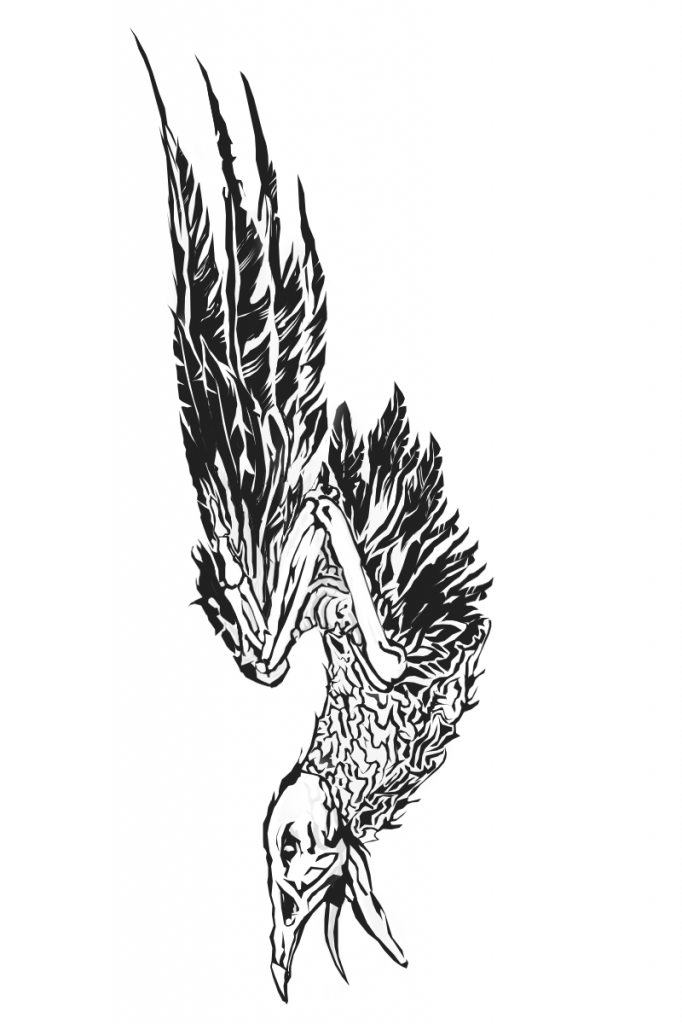
The tattoo on Rust’s arm. Maybe, just maybe, in difficult symbolic language, it represents how he feels about his dead daughter or something.
Seeing as it’s a bird and it’s dead.
Don’t say these things are too simple to be symbols, or “Well of course in Louisiana you’d find kudzu.” Of course. The creators knew that too, and chose to use it. They use their terrain, they use it well.
Look at that list:
solid colors
patterns
plants
animals
birds
Those are not complicated things! Anybody can do this stuff. It’s using the things around you to tell a story, and it’s a great way for the production staff to keep themselves interested as they try to figure out how to stuff a frame with information for eight hours straight better than anybody else ever. It’s a game. If you want to express that something is feminine and otherworldly, put a bird on it.
Of course it’s not fair to use the exact same symbol set as True Detective, but most of the stuff is pretty simple. Patches of solid blue equals “the job” or police work, you see that over and over. This show didn’t invent the association of blue and police. But you have to give them credit for assembling it into their bestiary of symbols.
This is one of my favorite shots in the series:
You might think this is weird, but this is the shot that made me write this essay. When I saw this I just started laughing. This is from the scene where Marty goes roller skating with his daughters; in just a second he’s going to emerge from that mist to have an uncomfortable and awkward conversation with Maggie.
This is a scene about Maggie’s reconciliation with fate, and a fate that includes Marty, not about her reconciliation with him. Red and green parallel paths — mixed signals — symbolically that’s about as clear as it gets. I’d been watching the growth of the symbolic language of the show with rising glee (and at the time I was more or less unaware of nearly all of it), and that shot was an unmistakable signal that yes, they were speaking this language.
I find it so refreshing, so utterly delightful that someone has a) figured out how to tell stories like this b) figured out how to get those stories made and c) figured out how to get paid. Tell your laser stories, sir! I’m all ears.
The ending suffers from one simple drawback: it’s not the best episode. The fourth episode is the best episode. The fourth episode is a peak TV experience and if every episode of this show was as good as the fourth episode then everybody could retire and we could all go home and just watch True Detective season one over and over again. There would be no need for season two. But they have yet to perfect the art of television, and episode eight is not as mysteriously magnificent as episode four. Oh well, sorry.
But the last episode does have plenty to offer, so pay attention. It doesn’t end with a grand resolution and it tells you that it’s not gonna near a million times before it gets there.
The story closes with some tantalizing clues to the mystery behind the mystery, a fascinating dissertation on consensual hallucination and the meaning behind Carcosa, the resolution to the buddy detective show that we’ve been watching this whole time, and then a sparse and human moment in which a lonely man makes peace with the spirit of his dead child. It’s not really the ending; it’s just the last episode.
No less a luminary than Scott Snyder, some guy who writes Batman, wonders why Marty did not experience the supernatural element (singular) of the last episode. He wonders why poor Marty didn’t get even one CGI for his own.
True Detective is a show that plays by the rules. It’s genre entertainment, and it delivers that genre precisely. Now, it’s genre with something extra, and that’s why we love it. But the buddy-cop-versus-serial-killer story thumps through it all regardless, and it is delivered upon with no subversion or subterfuge.
It’s obviously a purposeful choice, and I believe a principled one. Unlike wink-and-nod satires like Starship Troopers and Full Metal Jacket that allow people to have their fun action movie and feel superior to their fun action movie at the same time, True Detective plays it perfectly straight. It doesn’t subvert the genre at the end to prove that it’s smarter than the genre. Nothing “supernatural” happens to Marty because Marty simply isn’t in that type of movie. Marty’s the straight cop in a buddy cop movie that’s bigger than he can understand. If Marty participates in CGI shenanigans at the end of things then you’re not watching a film noir with a metaphysical commentary track, you’re watching an exquisite episode of the X-Files.
Marty is sheltered.
Part of the game here is that everything is real. The King In Yellow appears not just as a name, but as a concept.
The King In Yellow
In 1895 Robert Chambers wrote a book about a play, and in that book people who went to see this play went mad. Lovecraft picked up this thread in the 1920s made references to the King in Yellow in his books, adding the character to his pantheon (from which the King in Yellow eventually came to be known as a Dungeons & Dragons monster, but our examination stops short of there).
The writer of True Detective, and this is the point that has opened my mind to a new dimension of storytelling and won my eternal respect, picked up the concept of the King In Yellow and put it into his story as clearly and cleanly as you would put a new carburetor in your car. He even uses the concept three different ways, to make sure you get that he’s doing it on purpose. It’s stylish, I’ll give him that. It’s one of the more impressive feats of literary wizardry I’ve ever….I don’t want to say “seen.” I’m sure there’s stuff this clever going on in a lot of great stuff. But it might be one of the greatest feats I’ve ever been aware of.
So the story uses the symbol of the character of the King in Yellow, as if they were a real person, a King, wearing yellow clothes.
They use the King in Yellow in the cosmic, Lovecraftian sense, as Hastur, the monster beyond space and time.
And they use the King in Yellow in the Chambersian sense, as a symbol of madness and a play that drives men mad. And that raises the interesting question.
We know what a guy in yellow looks like.
We know what scary monsters from beyond space and time look like.
But what kind of play could drive men mad?
What kind of thing could you watch that would permanently damage your sanity?
True Detective answers that question: a videotape of some extremely terrible things happening to a young child. Everyone who watches it feels furious and sick inside. It is a cursed object:
So the Play That Drives Men Mad is brought to life as A Real Thing in this show. By plugging those two concepts together, even if everything else about the show was discounted, Pizzolatto would have earned the undying respect of weird fiction aficionados. We’ve been asking ourselves for decades, “What kind of Play Could Drive Men Mad?” and he answered our question. The answer had been pretty obvious all along, but at last somebody got around to saying it, and once we heard it out loud we knew it was the truth.
There is nothing Lovecraftian about this at all, except for all the things we associate with Lovecraft but don’t think of as Lovecraft. This show doesn’t use his invisible sky fiends — it assimilates and appropriates his story style. That’s a wonderful trick. Like I said, I find this inspirational.
What is Rust Cohle but the Lovecraftian narrator come to life? He sits down with his pad of paper, or in this case with his interview room with two witnesses and a camera, and he slowly goes mad. He starts making little dolls out of beer cans.
I’m not sure what that means besides the symbolic, by the way. There’s a repeated motif of five men standing around one woman:

Basically the only reason to not decipher this as some sort of gang rape analogy is that it maps perfectly to Marty, Rust, and the troopers at the crime scene.
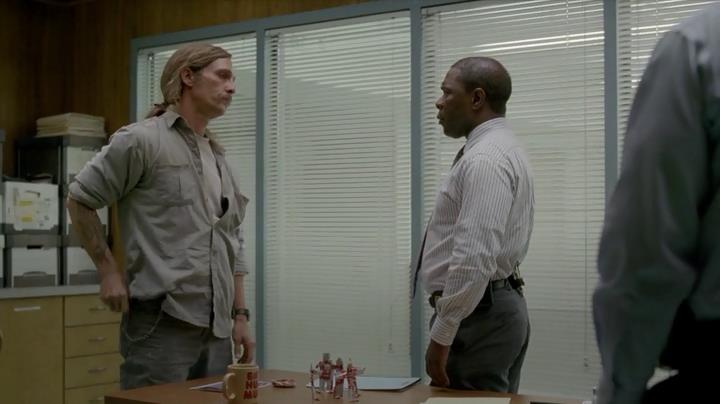
The five beer can men around the one flat can. Rust gets it. Curiously, the five/one beer can sculpture is shown in blurry form along the bottom of the screen several times, but it’s only shown completely in this, the very last shot in the interview room.
I don’t know what it means but it does not spell good news for the woman. There are those who say Rust was doing that as a coded message to the interviewer’s bosses, so they would know he was on to them. Yyyyyyyyyeah maybe. That does make some sense. The show almost casually provides men in high places to be behind these terrible crimes, and the rigid dramatic rules of the show, where every move stands for something else, imply strongly that Senator Tuttle would be brought down by these revelations.
But Rust goes reliably mad, as he tells the tale of the Dora Lange investigation, he descends into cosmic horror and vague ranting, much like this article itself. It always happens that as you go deeper and deeper into the truth behind the truth the farther it takes you from other human shores. That’s why we try to build these bridges.
It’s not supposed to be easy.
Carcosa
I’m positive there’s a lot about Ambrose Bierce in this. Bierce was a veteran of the Civil War who spent a lifetime exorcising his bad dreams by pouring them into American literature. He’s mostly known for An Occurrence at Owl Creek Bridge, the story that created the “the main character was dead the whole time!” plot point that you’ve seen so many times in [SPOILERS] and [OTHER SPOILERS], but Bierce is a pretty significant writer who wrote a lot of stuff way back a long time ago. He’s one of the founders of what would become weird fiction, then pulp fiction (where True Detective determinedly plants its roots), then horror novels and horror movies and modern horror. They’re going way back in the family tree for this show, to the root of American horror, in the American War.
It’s very interesting that the taproot goes exactly back that far and no further. There are several times in True Detective that it is implied that the “conspiracy” or the “problem” goes back to the Civil War, especially when Carcosa is revealed to be an abandoned Civil War fort. Curiously, the fort is not in the script, but it is in the final product, so it totally counts. Though Pizzolatto is the originator of this story, he’s far from the only progenitor. The color and background stuff that I’m about to get into is obviously not the product of the author, but it is essential to the story. To put it another way, he may write the song but it’s the band that plays it.
Bierce created Carcosa in this very short short story: An Inhabitant of Carcosa. It’s basically a tone poem about not much besides death, ruin, and decay. There’s not a plot, just a collection of images portrayed as a sequence of events. It’s curiously reminiscent of the poem that Howard first wrote about Conan, which is also a blank story about mist and little else.
After a hundred and fifty years, what eventually emerges from this mist is the shape of the show that we just watched. That’s an interesting process.
Bierce anchors us to the Civil War, when Carcosa was obviously the poisoned aftermath of the War Between the States. Then Carcosa became something else with Chambers, then something else again with Lovecraft, and now with True Detective all those meanings are simultaneously extracted and meshed.
Nowadays Carcosa sounds like “carcinogenic,” which may be the point of oil refineries in the background everywhere and the “twin suns rising over the lake” at the end of episode 3:

Along the shore the cloud waves break,
The twin suns sink behind the lake,
The shadows lengthen
In Carcosa
By the way, there’s an oil refinery back behind that low rise.
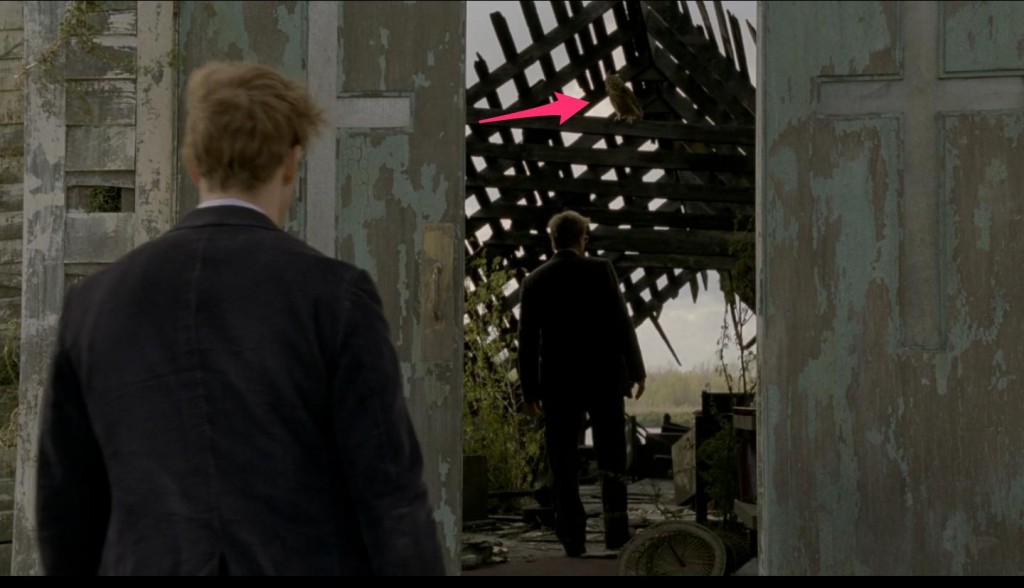
“An owl on the branch of a decayed tree hooted dismally and was answered by another in the distance. Looking upward, I saw through a sudden rift in the clouds Aldebaran and the Hyades! In all this there was a hint of night — the lynx, the man with the torch, the owl. Yet I saw — I saw even the stars in absence of the darkness. I saw, but was apparently not seen nor heard. Under what awful spell did I exist?
I seated myself at the root of a great tree, seriously to consider what it were best to do. That I was mad I could no longer doubt, yet recognized a ground of doubt in the conviction.” — Bierce
I’ve yet to read Kierkegaard, and it’s only the influence of something as good as True Detective that could make me even want to. I’ve never been one to study philosophy. So, for this next part I have to lean on a different internet commentator called The Last Psychiatrist, whose article on True Detective contains some useful hints. TLP doesn’t really get TD either, but they were in conversation with yet a third internet commentator, who goes by the unlikely name of Pastabagel, and it is that which I excerpt here:
According to Kierkegaard, this resignation to the eternal is crucial. Kierkegaard was not an atheist but a diehard Christian. He believed that when a man resigns himself to the eternal, to existing in eternity, and gives up everything that ties him to this world then he becomes a “knight of faith” capable of great Christian acts (like the self-sacrifice that is almost certainly coming in ep. 8). When Kierkegaard wrote about a Knight of Faith, he contrasted the Knight of Faith to the mere Knight of Infinite, the “God botherer”–a phrase used twice in the show. What did Kierkegaard say the Knight of Faith looked like? Like this:
Why, he looks like a tax-collector!” However, it is the man after all. I draw closer to him, watching his least movements to see whether there might not be visible a little heterogeneous fractional telegraphic message from the infinite, a glance, a look, a gesture, a note of sadness, a smile, which betrayed the infinite in its heterogeneity with the finite. No! I examine his figure from tip to toe to see if there might not be a cranny through which the infinite was peeping. No! He is solid through and through. His tread? It is vigorous, belonging entirely to finiteness; no smartly dressed townsman who walks out to Fresberg on a Sunday afternoon treads the ground more firmly, he belongs entirely to the world, no Philistine more so. One can discover nothing of that aloof and superior nature whereby one recognizes the knight of the infinite. He takes delight in everything, and whenever one sees him taking part in a particular pleasure, he does it with the persistence which is the mark of the earthly man whose soul is absorbed in such things. He tends to his work. So when one looks at him one might suppose that he was a clerk who had lost his soul in an intricate system of book-keeping, so precise is he.
Yes — you are reading an essay that references an article referring to an internet conversation that quoted Kierkegaard. THIS IS WHAT PROPER ATTRIBUTION DOES TO PEOPLE. Just stealing everything is so much easier.
Back to True Detective. TLP pointed out that Pastabagel nailed it that Pizzolatto was taking Kierkegaard and bringing it to life. This may even be true.
It’s certainly intriguing that Rust is known as “The Taxman” and finds Childress by….searching tax records. It seem to me to be a fairly well informed conjecture that Pizzolatto was trying to bring the Knight of Faith to life, which makes it all the more interesting that Rust has a pronounced limp.
This ties into the most explicit “literary” allusion I’ve found yet. Erroll Childress is obviously the ultimate God Botherer — really, he bothers everybody, but in the final confrontation in Carcosa, as he has Rust spitted on the point of his knife (and what kind of knife? I’m sure if I knew it would contain some important detail), he said, “Take off your mask.”
This is of course a terrible mistake, because in a world where the ideas behind the King In Yellow are real there is only one response:
From Robert Chambers’ “The King in Yellow”
Camilla: You, sir, should unmask.
Stranger: Indeed?
Cassilda: Indeed it’s time. We have all laid aside disguise but you.
Stranger: I wear no mask.
Camilla: (Terrified, aside to Cassilda.) No mask? No mask!
Rust wears no mask. He is in the world, and of the world. He lives a life unsheltered. Errol wears nothing but masks. Every time you see him he looks different, talks different, acts different. He is a powerful but shattered mind. Rust, on the other hand, knows exactly who he is.
So he wins. And he wins like he usually wins; by using his head. In this case he uses it to head-butt Childress a bunch of times, but it still counts. Rust’s the Big Head, Marty’s the Little Head. Even here we are in symbolism.
Shelter and Logic
Note cross hanging above Marty, straight line dangling above Rust.
This sets up something important, deep, clever, and eminently doable. One of the main things I’m looking for in this analysis is stuff that is possible. Some things can be done, some things can’t. I’m interested in the story that springs de novo from this document, yes, absolutely, that’s my favorite part. I love to see the machine run.
But I’m also a technician, and I have a technician’s interest in the show. What is it that they did — that they could do — with their show to gets the story across in another way?
Well, here’s one thing. The show sounds like it’s dismissive of religion as “two sticks crossed together” but the show does not actually agree with itself on this question. Religion is depicted as arbitrary and inane but still helpful and useful. The bird traps are a demented form of the narratives that we us to get through our lives. The comforting shelter of narrative is fundamentally wrong but still fundamentally quite nice. It’s strange.
So the show’s an atheist’s show, sure, but it’s a critique of atheism too. If the show is fundamentally on the side of anything, it is on the side of doubt.
The shelter of religion, family life, social life, all the little lies are often depicted as a triangle.
The brute linear nature of logic and true perception of cosmic horror is depicted as a straight line.
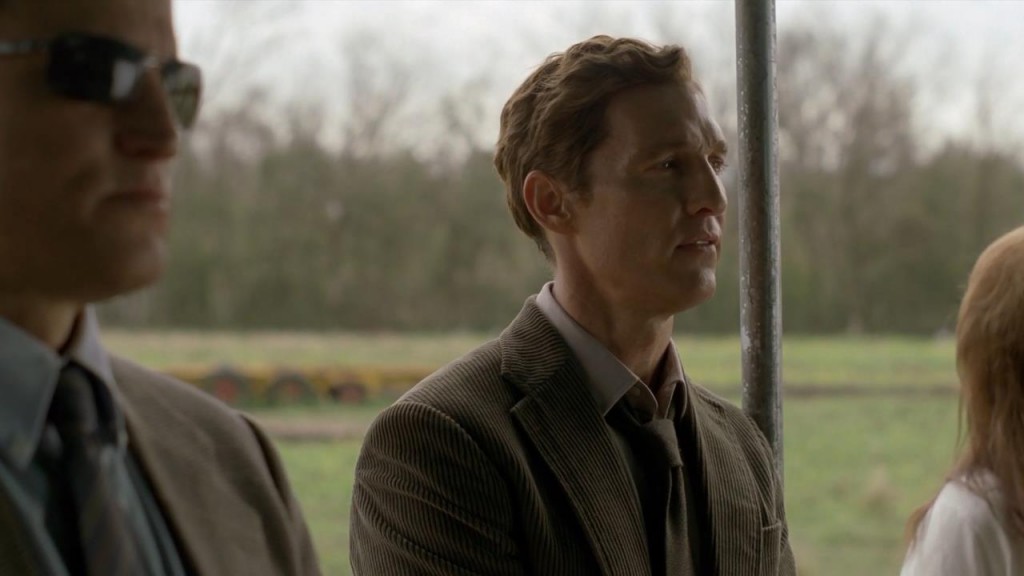
“Translation of fear and loathing to an authoritarian vessel; that’s catharsis. He absorbs their dread with his narrative. Because of this he is effective in proportion to the amount of certainty he can project.”
Why yes it is, Rust. That is exactly what this show does.
This is not impossible to do! Let’s say you’re making a movie about two people who have a lot of quasi-religious conversations and you want to add a visual layer to the dialogue. You don’t need CGI to make this happen; all you need is a couple tent poles.
Marty is sheltered. He’s inside the structure/trap/framework depicted by religion, of which the bird traps are a primitive, debased echo.
It’s interesting that the show connects evil and debauchery to nature, barbarism, primitivism so often. These men that they chase are evil precisely because they continue to carry out their debased rituals thousands of years after they should have ceased, in a modern world that has no place for them.
And it’s also interesting that the revival church is depicted as a fairly positive place. I thought it was sinister that so many of their symbols appear throughout the story, but it turns out that it’s just the sort of story where symbols are everywhere and the preacher is one of the smartest, best people in the show. Why those nice young gentlemen even help their car get out of the mud they’re stuck in.
And later in the episode Rust meets Marty (with his red Volvo family station wagon)
Later, in 2012, Marty has his moment of brutal self-honesty in his office:
Strangely, at this moment, for the first time in the show Rust gets to dream a little bit.
Logic says there is no shelter, not really. Shelter doesn’t care, because it’s nicer inside.
The bird traps are of course the same thing:
There’s nothing wrong with this! There’s definitely something wrong with cults sacrificing children, but stacking sticks together in an attempt to make life more bearable is entirely a laudable pursuit.
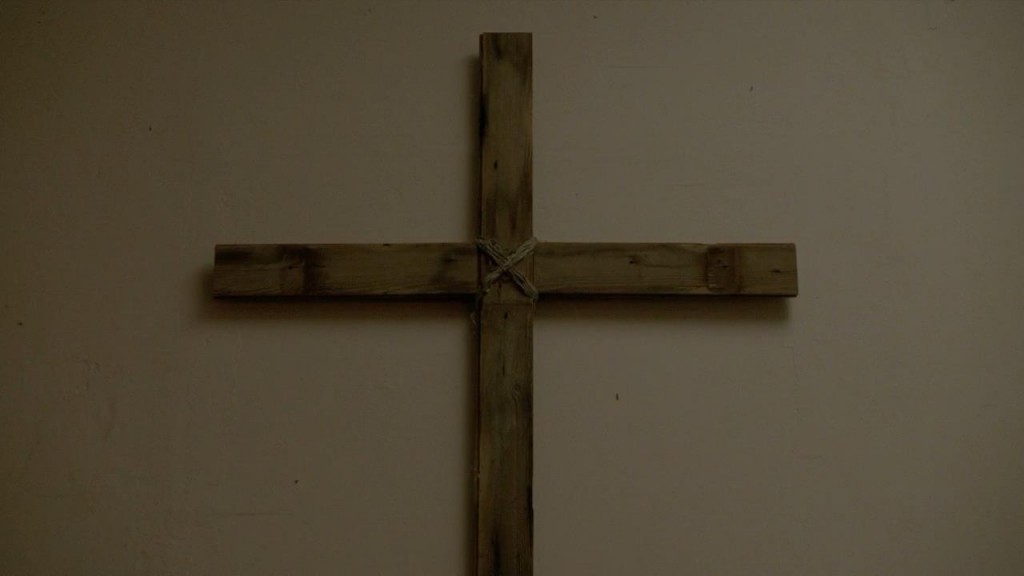
“I always thought it was something for children to do. Keep them busy. Tell them stories while they’re tying sticks together.”
Childress, Carcosa and the Yellow King
Dolls with broken faces.
Creepy pictures of his grandmother, inbred girlfriend/sister cooking breakfast for him.
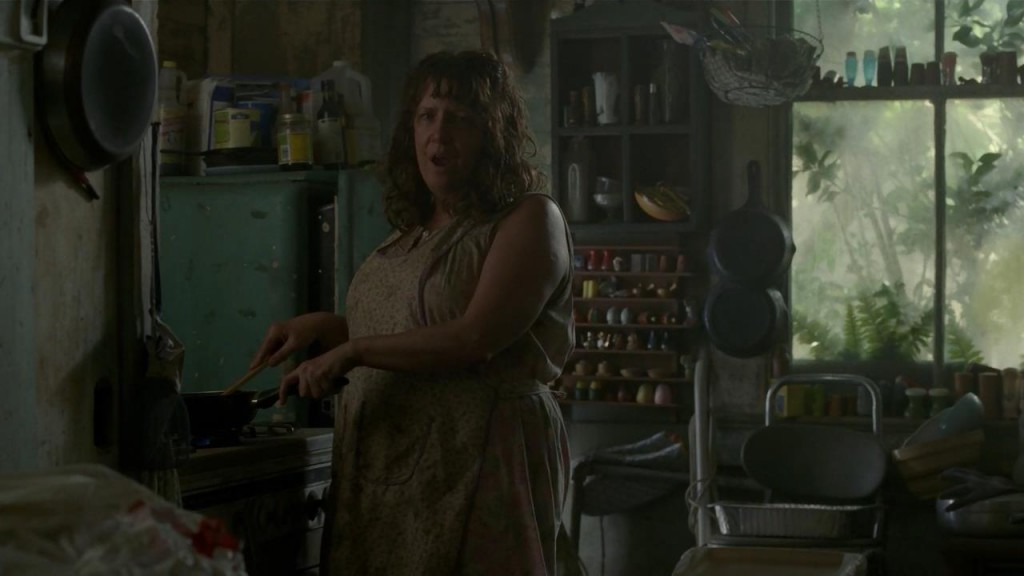
Later they have gross old/ugly/fat/incest sex, which I’m sure Western society can agree is practically the worst sex.Also, notice that practically everything in the background is doubled.
He even has this awesome lair.
Oh, that? That’s not his real lair. He has an even cooler lair than that. That’s just the spare lair where he keeps his dad tied to a bed so he can torture him to death (or maybe he’s already dead, but based on the fact that you can see a pulse on him while Dora Lange looks really, really dead implies that this show will give you a corpse when they want you to see a corpse).
THIS is his awesome serial killer lair:
I’m sure you’ll agree that in depth and breadth this guy is the champion murder-monster of all mankind. Errol Childress, inbred spawn of a Southern Gothic Murder Family/cousin of a Very Powerful Politician, is all serial killers at once. He even has an awesome serial killer theme he whistles as he searches for his (young, defenseless) prey.
Some commentators have pointed out, and I’ve yet to thoroughly prove it myself but it checks out so far, that Childress is the only person called a “monster” in the story. This is in spite of the fact that the story is chock full of child-rapist televangelists, methheads who kill babies, cops who cover up terrible crimes, biker gangster home-invaders, and inbred cousins who cook meth and LSD apparently out of orphans. They all qualify as monsters, but only Childress gets the title. He’s the Monster. He gets to wear the scary mask.
So Childress is the most imaginary of all imaginary monsters. He does it all. He’s a loner, he’s a cult, he’s a nobody, he’s related to the Governor, he preys on children, he fights adults with a tomahawk, he follows a code known only to himself, but he kills his dog with zero hesitation.
Childress is more Hannibal Lecter than Buffalo Bill, as Thomas Harris would be the first to point out. He’s not a real person, but an amalgamation of things we have seen in scary movies. For Rust Cohle’s Big Case he gets to fight the Encyclopedia of Serial Killers, and if Childress made a bird trap for every person he killed he’s one of the most prolific monsters since Dracula. There are many crazies in the world but he is not one of them, he is a creature directly from the imagination. Unlike the traditional meth lab/sex slave operation of the LeDoux compound, this thing has scope and range. He is the end of all serial killers, and the writer writes him like he never plans to write another one so he wants to get it all done this one time.
I respect that.
I hope you follow what I’m saying about symbolism here. I’m not saying that they’re using symbolic language to tell some impossibly complex story about bad-ass serial killers at a literary frequency that only neckbeards can hear. I’m saying they’re using really simple and universal symbols to make their story far, far more intense than it has any right to be. In lesser hands Erroll Childress would be just another movie monster. He wouldn’t be scary, he wouldn’t be deep, he wouldn’t make you think about life. He’d be just another guy who hangs out in a lair and provides entertainment.
By actually doing their jobs as artists and creators, by actually doing everything they knew how to do and doing it extremely well, the story becomes so intense that it vibrates into the fourth dimension. This may well spell the end of a genre, because True Detective may have been The Serial Killer Movie To End All Serial Killer Movies. There are two basic types of genius HBO TV shows; those that look back, and those that look forward. Those that close the door on a ending genre, and those that frantically carve out a new one. You can call them “Sopranos” and “Deadwoods.” This show is probably a “Sopranos.” After this, Se7en clones may seem a little more silly.
But this show may be something more. True Detective appears to be of equivalent depth to the Sopranos, and in far less time.
Of course, the ending of the Sopranos was bette
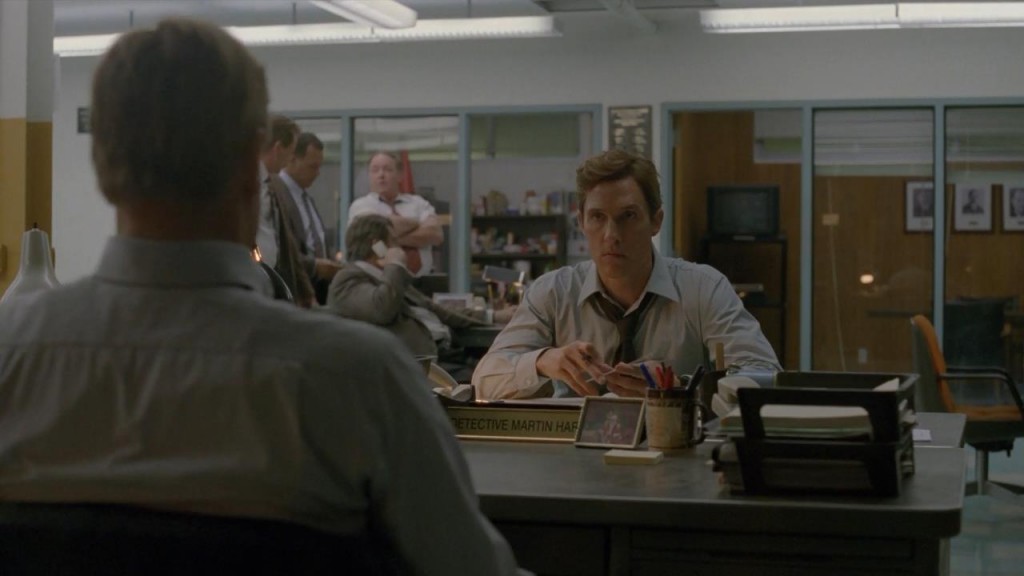
1995.
On the right side of the frame, over Rust’s shoulder, is the room where they will be interrogated in 2012.
The television is a nice touch.
Film School
So this town generates a certain number of five-star chefs every year. Some of them go on to five-star establishments, which means they leave this town. But a lot of them stay here and use their five-star knowledge on slightly less lofty things. That’s where Torchy’s Tacos came from; a guy who could have done anything in the world but chose to stay in Austin. All of a sudden, Austin has much better tacos. Presto, the power of education.
Film school is something like that. There’s a lot of film departments all around America, and they’re churning out a lot more PhDs in film than Hollywood is hiring. Oh, Hollywood’s pleased to take the cream of the crop. But most of the graduates go out as emissaries into the regular job world, and as a consequence the level of film literacy and image literacy in this country is staggeringly higher than it was fifty years ago. Check out any old movie for countless examples. It’s not that old movies are bad, it’s that they couldn’t begin to do things the way we do them now, and their audience could never accept the way we do things now.
Over the years there’s been a group of people in the film community who have developed a sort of symbolic language of film, using several consistent techniques. Art films of the 1970s, music videos, careful synthesists like Kubrick, and transcendental yarn-spinners like David Lynch have created an effective meta-language of film and film analysis.
A lot of it has to do with color. It’s a big thing with this crowd to really control the colors appearing on the screen, to make them as isolated and clear as possible. Pick any frame from any Kubrick film and you will be presented with clear, strong color shapes.
This has been going on for a long time and it’s not a conspiracy, it’s just a thing that people that make movies do. It probably makes the movie a little better, it certainly makes the movie more interesting for everybody else who went to film school and learned that language.
I guess you could call it a movement, it’s more like a thing that a lot of people have decided is a good idea. Somebody should probably coin a name for it, “colorists” or something. Movies like We Need To Talk About Kevin are definitely made by somebody who understands this stuff. I have no idea who made that movie, and it wasn’t that great of a movie. But it was carefully designed by somebody who understands this system fluently and speaks it well.
True Detective is such a fantastic expression of this language that I’m overcome with joy. I’m geekin’ out hard here, man. True Detective is speaking this language, and it’s speaking it well. It doesn’t matter exactly whether or not you agree with the “Ancient Indian Burial Ground” interpretation of The Shining, it’s obvious that True Detective is made by somebody who agrees.
Presto, the power of education. They have made a TV show that fluently speaks this meta-language that the film community has been developing for the last fifty years. Hooray!
Well, I think it’s great.
So what purpose does it serve to make a film that tickles the funnybone of guys who watch too many movies?
Well, one of the reasons is actually mentioned right there in the series. Catharsis. See, we the filmically overeducated can’t enjoy the normal shows quite the same way any more. We’ve seen too many, we’ve worked on them and we’ve seen them from the inside, and our relationship to the thing has changed. Can’t get the same high.
But you come along with a show like this, one that’s selling its story to the very smart, and it makes us feel like kids again. Here comes catharsis, as unerring as a proton torpedo.
And to promise this every week for eight weeks and then deliver? That, my friends, that is a gift. That is a very nice present that they have given us.
I’ll return the favor by doing my part, and geeking out.
So I’m not saying that there is a secret story that can only be seen by those who have been to film school. True Detective is a movie like Full Metal Jacket, where the symbolic meta-story pretty much tells the same story as the regular story. Think of it as music with great lyrics, an awesome bass line, and a wailing guitar solo, and you’ve just about got it. Yeah, classically-trained guitarists might get more out of the second solo to Layla, the slow one with the slide, but that doesn’t mean we can’t all enjoy the song.
One thing I’d been noticing is this lavender patterned map that appears behind Detective Papania whenever Marty says something stupid.
I mean, obviously the map is always there, but there are only certain shots and angles where they show it. It’s very precise indeed.
Here’s where I display my True Scholarship, because I went through the whole show and screencapped every single time that map appears behind Papania (the younger detective). Here they are, along with what they were talking about when it happened:
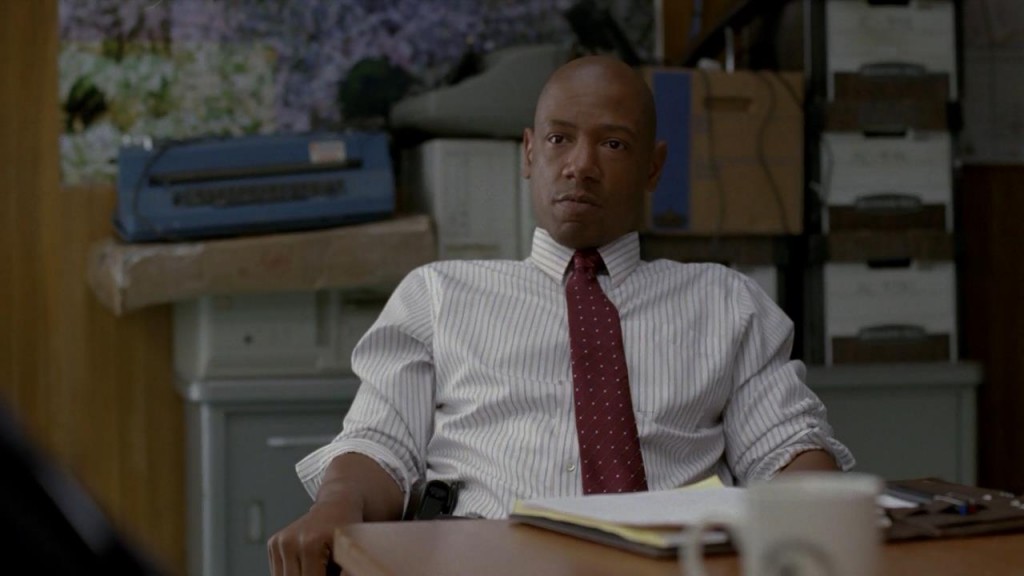
After Hart asks them what’s going on with Cohle Papania says, “It’s alright, we just heard some stories.”
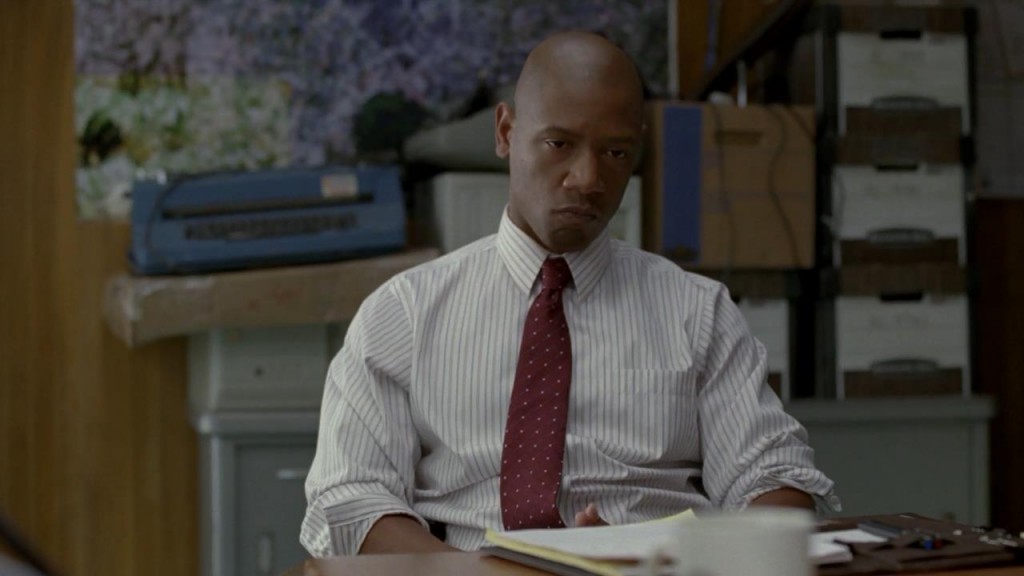
Hart: “My dad, I had about six inches on him, and even in the end I still think he could’ve taken me.”
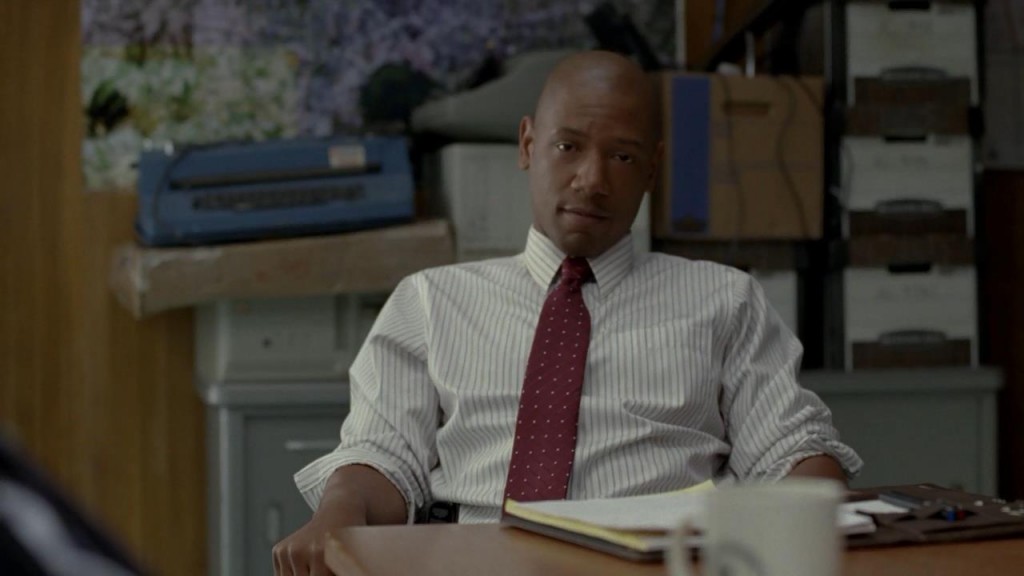
Listening to Hart say, “You know what I mean…you gotta decompress before you can go being a family man.”
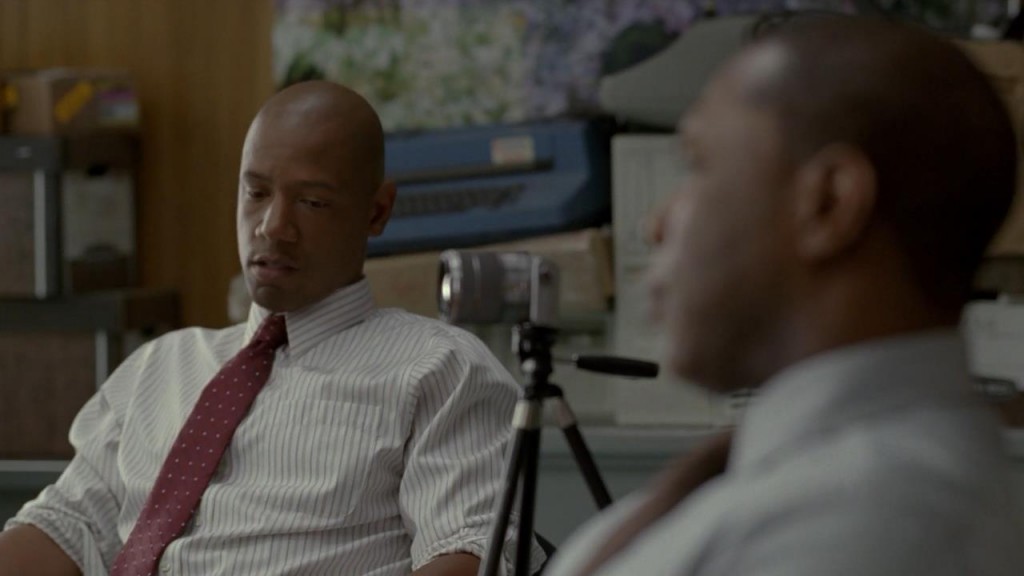
In response to Hart asking if they want to hear about the raid on LeDoux’s, Papania says, “Eventually, sure. Right now we’re just trying to track the case.”
Notice Marty starts to intrude on the shot.
That’s the last time you see the map in Marty’s interrogation. The next time you see it is towards the end of Cohle’s interrogation, when Papania and Gilbough decide to reveal to him that he is their suspect.
Episode 6 (the last interrogation episode, in which it becomes clear that they think Cohle is the killer) has some interesting stuff to say about this purple map.
Back in 2002:
This scene sent me down a rabbit hole of speculation. No, that’s not the same map as in the room. But it’s close enough, close enough that they would have had to have tried to get a map that was similar but not the same, and it’s not there in 1995 or 2012. Remember that this is the first time that we see the 2002 storyline. Also notice the orange-suited invisible man in the shot — I’ll have more to say on that subject soon. But this here is the frame that really tied something together for me:
I started looking through this particular combination of Papania and map with no clear idea what I was going to find, but I’ve noticed certain themes recur, over and over again, with that map. And with this frame four major story elements that I’m finding over and over again with this map appear:
1. Black cops versus white cops.
2. Taking people for granted.
3. Overlooking something important.
4. Hurting people’s feelings by accident.
Let’s get one thing absolutely out of the way. That map is not on the wall there in 1995 or 2012 — it’s there now, in the 2002 set. It’s only in this shot, the 2002 station only appears this one time and that wall only appears in this particular single set-up. That actor, who is nowhere else in the series and the only black actor in this scene, has been instructed specifically by the director to go walk in front of that map, stand there long enough for them to deliver one line, and then leave.
That map is not the same map on the wall in the interrogation room, but it is so close as to be indistinguishable — they had to find a map that was almost but not the same. This is not an accident. That map is part of a visual motif, and an important one.
Let’s proceed without the endless arguments of whether or not set designers put things on walls on purpose. Of course they do. That’s their job that they get paid to do.
This is not a sign of a long-ranging conspiracy or anything within the story. This is the background reacting to the foreground. The map appears — which is to say, the set is dressed and the shot is framed so that the map appears — when the person driving the action in that particular exchange is overlooking something important because and losing essential detail in the pattern. That map was not put there by the Illuminati.
I’m sorry, and I’ll tell you, if you made a TV show where that map was put there by the Illuminati I would watch the hell out it. But it hasn’t happened yet and it is not this show.
Now’s a good time to mention, once again, how closely that map resembles a floral pattern.
(and by the way, the next scene after Marty and Rust fight over the report is the one at the mental hospital, where the flowers from Marty’s bedroom appear on the hospital wall)
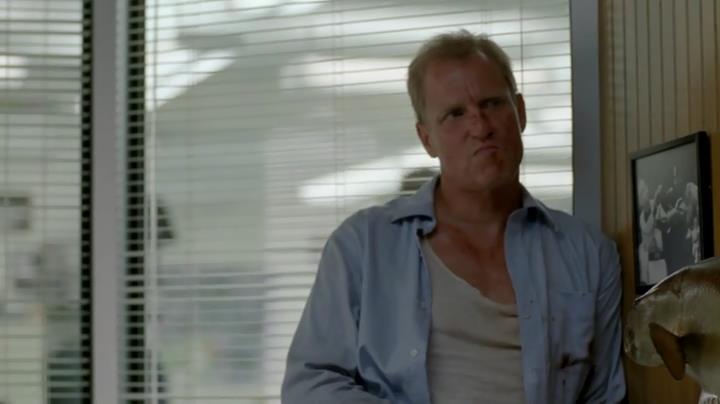
Last scene in the police station, last scene in 2002, the interrogations are over, the map does not appear again.
SO WHAT DOES IT ALL MEAN?
Well, let’s review. Scroll back up to the top and look through the screencaps again. Remember that I’m not claiming any privileged knowledge here, I’m only watching the show, just like you. I’ll remind you of one thing, though; there are a million shots of Papania in that interrogation room, and the map is there for all of them. These are the only times that it appears. I have exhaustively sorted through the whole series to save you the time. If I missed one, send it over and I’ll add it in, but I don’t think I missed one.
I think the fact that the files and boxes are stacked over the map in Maggie’s scene symbolizes how completely she is a dead end in their investigation.
I think the fact that the map does not appear in Rust’s interrogation in any meaningful sense (it’s even darkened when they walk by it) is because Rust does not take these men for granted. These men do not blend into the background at all. They are his students, and his adversaries.
Rust never says anything even vaguely racist, as opposed to Marty, who is a big one for saying casually racially insensitive things and then rolling his eyes when someone gets annoyed:
It’s hard to say whether certain lines were filmed a certain way or if he happened to sit a certain way when saying certain lines or what….it all combines together into the story as we see it, and what we know is that when a character appears in front of a floral background the detective in question is not really seeing them. And a lot of them know it. Here’s the scene that made me start to suspect what was going on:

Marty: “My dad, I had about six inches on him, and even in the end I still think he could’ve taken me.”
Why is he so pissed?
Because, issues of fatherhood and legacy loom in this character. And, for some reason, hearing this old white man measure penis size against his father, who was probably even more racist than he is, really seems to annoy Detective Papania.
Legacy
Let’s look at this show as an expression of the monster-slaying myth.
This here is a generally excellent essay that expresses a really good point:
Marty is Ariadne, Rust is Theseus, Childress is the Monster, and Carcosa is the Laybrinth.
It’s close enough that it works, and it may even be on purpose. After all, it’s been on the radar since House of Leaves, why wouldn’t they take the next step here? Maybe it’s just a general blueprint for monster-fighting.
So Cohle is Theseus entering into the labyrinth to slay the monster, Hart is Ariadne who provides the clues to get in* and the path back out again**.
*While watching the show for these essays I’m struck again and again by how tenuous the thread of leads they follow is. They get precisely one clue per scene, and it’s always at great effort. Don’t hold me to this observation yet, but I’m pretty sure that if you had subtracted even one of their sordid Louisiana interactions they would not have been able to Solve The Case. This makes sense and is a fairly easy way to write, because they’re telling the story backwards and recounting the exact trail of clues that led them to Carcosa.
**After slaying The Monster Rust says, “We didn’t get them all.” “No,” says Marty, “But we got ours.” And with that he lays a path back out of the Labyrinth. Rust can escape. Check that essay I just linked to as a good extrapolation along these lines.
The point of the Minotaur myth — of any myth — is that it happens, over and over again, amongst all aspects and all realities. Time is a flat circle or something, sure, I guess, but with that knowledge comes the need to train replacements, because everything’s gonna happen again. There are monster-slayers who came before these two, and those who will come after. It will be Papania and Gilbough’s turn next in the long line of honored pictures on the storeroom wall.
One of the cool little mini-meta-stories of True Detective is the way that the police department evolved. You can see this in the commander, going from screaming Captain Quesada in 1995 to Captain Lou Shoutydude in 2002 to their old buddy as the new Captain in 2012. Another major point they make is that there are a lot more black cops. In 1995 there are no black cops, just a lot of pasty white guys like Steve Geraci. In 2002 you start to see black cops appearing, as I demonstrated, out of the background.
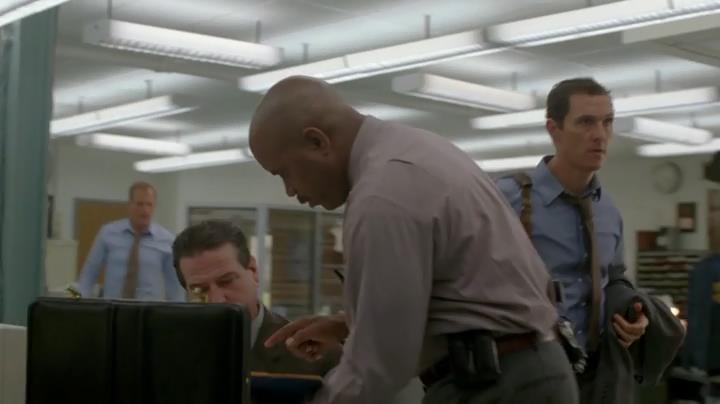
2002: As Rust leaves the station for his appointment with the reality of flowers he walks around the black cop who had been standing in front of the map.
And now in 2012 the new detectives are on the block, and Marty and Rust take the trouble to school them.
Papania and Gilbough are both younger than the men they’re interviewing, though Gilbough is the older of the two. Gilbough is quieter, more inscrutable, apparently deeper. If one of them is into the occult it’s him, he’s the box man, he’s the mystic. I try to avoid looking for cute name references, but Gilbough’s name is close enough to “Golden Bough” that that’s how I remember how to the spell it. Papania’s name, I don’t know exactly what it means. It has the word Papa in it. I know that he has three kids, that he’s still married to his first wife, and that he appears to have father issues.
He doesn’t like Marty’s casual racism, and Marty’s casual racism is highlighted several times. I know somebody can tell you say exactly what kind of racist Marty is, but I’m not qualified. I just know that he’s this one particular type that I’ve met a few times. The “regular guy” type….he’s not actively racist, but he has a lot of weird little racist tics and he doesn’t think a thing about it. Check out the scene where he returns in 2012 to talk to the new captain:

Hart: “A pilot, you racist bastard. What else would you call them?”
Ta da! The official non-racist joke of racists.
This joke’s told over an establishing shot of the new office, in which you see a black guy working as he tells it. True Detective is making a point here. Cops in 1995 were casually racist. 2012 cops are a lot less racist, and a lot more sensitive about it, and Marty’s out of place and out of time. Things are changing. The black detectives have emerged from the background, and resent being overlooked — being forced back into the background. Like Marty resents being forced into the background.
And by the way, that clock says 4:20.
So, all these floral patterns in the show? Maybe they represent the people that the detectives only as background, as simple flowers on the path of their life, to pick or cut down as they choose.
Maybe it’s because when you look at them too long, patterns all blend together, and it’s only the solid colors that stand out. But patterns are made of solid colors, aren’t they? You just have to focus on their level.
When Rust goes to visit the girl in the hospital, that’s when the flowers snap into full focus. Here, for the first time, Rust confronts the consequences of his action and inaction, attention and inattention. The girl he saved? It turns out that he never saved her, not really. She’s not okay. She never got the help she needed.
The people in floral patterns in this show….this is a good time to remember something. This show is from the point of view of the characters, or Hollywood, whichever you prefer. The point is that everything is prettier, handsomer, more dramatic, clearer. This is a movie that is very much from the point of view of the main characters, and that means it is they who clothe these people in floral patterns. It’s Marty who thinks his daughters match the wallpaper. His daughters most certainly do not agree.
There are a lot of people in this show who blend into the background (try to find a shot in the office in 1995 that doesn’t have an orange-suited prisoner doing menial work somewhere in the back). All this talk of flowers in the series, all the pictures, I think this is what it’s about. Flowers are inanimate objects. Flowers are there to look pretty. They don’t think anything, they just grow. They are indistinguishable from each other, they simply each grow according to their nature. Some people seem like flowers to them. But the flowers hate them, because the flowers are really people.
When the Monster makes love to his sister, he “makes flowers on her.”
That’s pretty deep, right? That seems like a pretty brilliant comment on the mentality of highly focused alpha males to me.
How do people think of this stuff? How does anyone come up with little tiny background stories like this, to enhance and illustrate the foreground so brilliantly. And that’s why there’s the strange and jarring touch of the children’s flower drawing suddenly writ large.
If this stuff is not really in the film, if this is just my imagination, then I am so dang proud of my imagination. And if it’s not really “there,” then it’s like I made it up, isn’t it? So you won’t mind if I use it in my own work.
And when you see it in my work, you can be sure that I am actually doing it on purpose.
Here is a favorite bit of symbolic visual language from True Detective. When Rust returns to the spooky school at the end of Episode 5, he finds weird paintings and sculptures everywhere. These three things are scrawled on a wall:
Doesn’t get much plainer than that, as set decoration goes.
Now let’s talk about what’s not there.
Hallucinogens

These are called “tracers,” and I believe that it is perfectly safe to operate a motor vehicle while experiencing them.
Again, these two are common experiences. They happen to practically everyone who tries any sort of hallucinogen and they have very basic physiological causes — for example, tracers occur because the irises of the eyes open, the motion of the eyes becomes different, and the way the brain processes the information alters. The streetlights don’t change, but the way you perceive them does.
The vortex that Rust sees is quite unusual, true, but it’s also true that when taking extremely heavy shamanic medicines you can see very convincing things for a second, only for them to instantly disappear when you’re distracted (by a bump in a road or a door opening or a giant maniac attacking you with a tomahawk and a knife at the same time).
So let’s dispose of a few things here.
1. Two of the hallucinations are meaningless from the larger story standpoint, they’re there to let you know that Rust has done some hallucinogens (and so have the creators).
2. The spiral is Rust’s brain’s way of letting him know he’s on to something. A particularly beautiful symbol, where all the various birds from the interviews (see later in this article for details on the birds) assemble themselves into a coherent pattern. That is the sort of thing that you could see on hallucinogens, but it would be unusual, cool, and quite memorable. Just like in the show!
3. The vortex was not “really there,” and that’s why Marty didn’t see it. It was probably a “consensual hallucination.”
This is one of my favorite parts of the show, because I’m used to TV getting hallucinogens wrong. But this….this is something that could almost happen.
Maybe Rust, whose eyes are permanently opened to this sort of thing, saw something which many people who have been to this exact spot have also seen. People including the old secretary, Miss Delores:
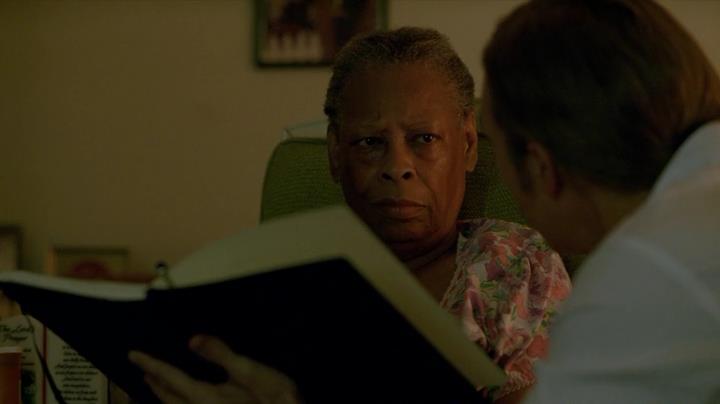
Miss Delores: “You know Carcosa?”
Cohle: “What is it?”
Miss Delores: “Him who eats time. Him robes. . . It’s a wind of invisible voices.”
Dora Lange probably saw it:
Reggie LeDoux probably saw it:

Reggie: “I know what happens next. I saw you in my dream.
You’re in Carcosa now. With me. He sees you.”
Let’s wonder if what Rust saw is what they saw:
It’s not “really” there. It disappears the second he’s distracted. But maybe it is “really” there, in that other people have seen it, over a large amount of time. I’m reminded of Grant Morrison’s excellent book Supergods, where he points out that yes, Superman and Batman are not real. But in another sense, they’re actually more real than he is. More people know them. More people care about them. They’re older. They have specific life histories, specific personalities, specific modus operandi. They will still be around long after Grant Morrison and everybody who ever knew him are crumbled to dust. In some ways, they are actually more real than their creators.
Maybe the vortex is “there” in a consistent fictional sense — as a tulpa, or a ghost, or a something, or whatever you want to call it. The point is that many people have seen it and not known what they have seen.
This is about religious experience. Even if you’ve never seen God, you know that people have. They may not have in the scientific and rational sense, but in a real and memorable way that is real to them. And the same goes for Zeus and Thor and UFOs — they may not be “real,” but we know that people have seen them as if they were. Maybe behind our little stories is the occasional true fiction. Maybe our myths are shadows cast by something that stands outside of our perception. A lot of people would say “other dimensions.” I don’t believe in other dimensions, so I hate to go there, but you could sure call it that.
Maybe the vortex is a personal “god” that has been seen by many hallucinogen-addled people (and hallucinogens are far, far older than LSD) who have been in that particular room worshiping at that particular altar in a wide variety of emotional states, and many have died in that room too. Whatever energy there is in the human mind and human heart has been repeatedly harvested to feed/create/make contact with that thing, and even if it’s not real enough for Marty to see it’s real enough for Rust to see.
But it’s not “really” there. It’s a hallucination, maybe shared, maybe not.
Let’s talk about other things that may or may not be there.
Spirals

Spirals are everywhere in this show, and I mean everywhere.
You see that spiral on the wall of Marty’s home? HE DIDN’T EVEN KNOW IT WAS THERE.
Neither did the writer, director, or set designer. They just got a bunch of kids’ drawings and put them on the wall, and it just so happens that one of them was a spiral? Why?
BECAUSE SPIRALS LOOK COOL AND LOTS OF PEOPLE DRAW THEM.
It’s a basic human symbol. Here’s how you draw a spiral: try to draw a circle, fuck it up, but keep going. Pretty easy!
Look, he’s mowing the lawn in a spiral! He is not mowing the lawn in a spiral to show cult involvement, he’s mowing it in a spiral because that’s the most efficient way to mow a lawn, and that’s why they showed him mowing the lawn — because it fit in. They didn’t invent a new way of mowing lawns for True Detective. Rather, they used what was around that fit, and the better it fit the more they emphasized it. It’s a small but important distinction.
So spirals are everywhere, but they are not always a sign of cult involvement. They’re a shared idea that everybody working on the series had incorporated at several points in several ways. They’re not a clue, they’re not even a clew.* They’re a motif. They don’t point to anything** specific except the process by which the director and production crew made the movie. Never forget that, long before you get to see a TV show, it is a story that the creators tell to each other. When you remember that it helps to separate the things that are meaningful from the things that are, for lack of a better term, set dressing. You have to be able to separate the two. If you don’t, that way conspiracy theory lies, and that’s almost as bad as being blind. Seeing too much can be as distracting as seeing too little when what you actually want to do is to see the truth.
Here’s my favorite spiral:
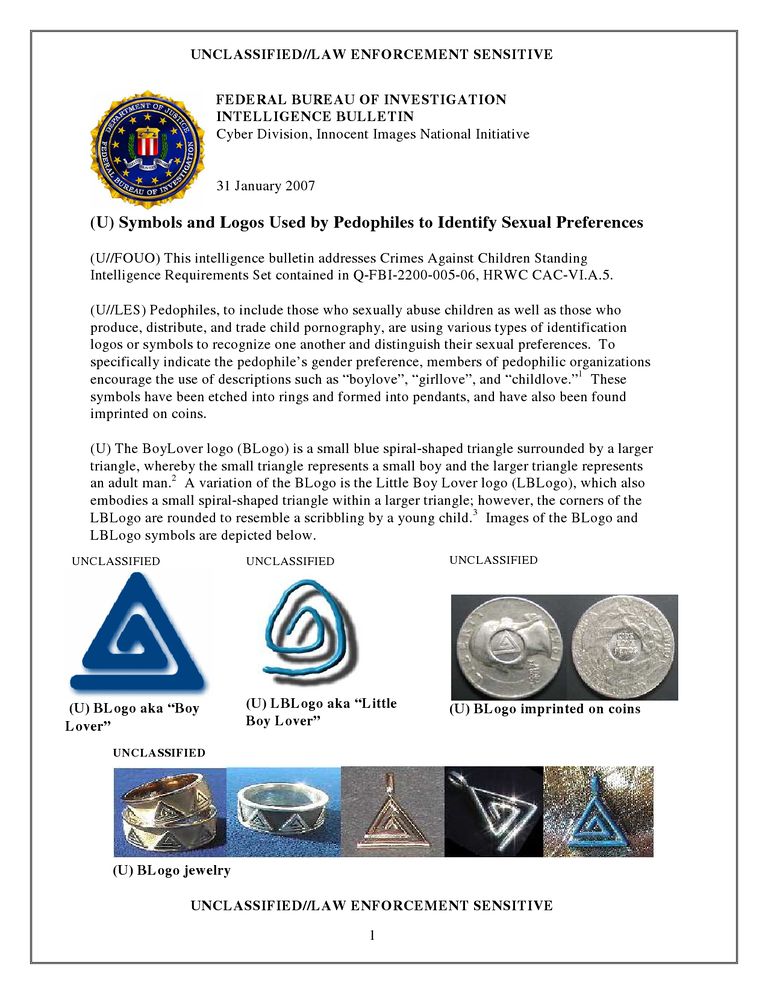
This is from Wikileaks, and it is from 2007.
And let me just say how perfectly multifariously creepy it is that pedos call their nightmarish film company “Innocent Images.”
That’s horrible on at least three levels.
Look at the date. 2007. Look at the source; this is from the FBI by way of Wikileaks. This is real; this is a real thing done by real people in the real world, god help us all. Obviously Pizzolatto and Fukunaga did not invent this for this show. But I do wonder if they were aware of it. And either way you look at it, I thank them for bringing this to our attention.
Once again, it is the difference between inventing things, which is a bad way to do things, and using things you find lying around, which is a good way to do things. It’s bad to invent these things, because the human mind is quite limited compared to the totality of society and the things we make up always seem paltry and frail compared to the robustness of real life — read any high fantasy novel for a perfectly stultifying demonstration. It’s good to use things, because that attaches your story to real life, makes things bigger than they ever were. Instead of a pathetic ivory tower, your story is a bustling marketplace, where all are free to trade.
*I’ve been waiting to make that joke for about fifteen years, by the way.
**of course not, they’re spirals.
Patterns
You could call this sexist, for all the good it’ll do you. The point here is that it’s true. It’s true for the show, and it’s true for a lot of people who watch the show. This really is the way that manly-type men that you see on TV see the world and the people in it. It’s sexism in the same way that a doctor is the disease that they treat; sort of, but not really.
In real life women are people. But that is too complicated for this show and many of the men who watch it. In this show (and to many of the people who enjoyed the hell out of this show) men wear solid colors, navigate by patches of solid color. Women are complex, confusing, blending into the background, difficult to describe.
In this case the show presents both the doctor and the disease. Make of that what you will. It does this quite often. The binary pairing of ideas is actually one of the fundamental motifs of the series, and I challenge you to notice how many times two people are compared to each other, two ideas are compared to each other, or the screen is divided between two contrasting visual elements.
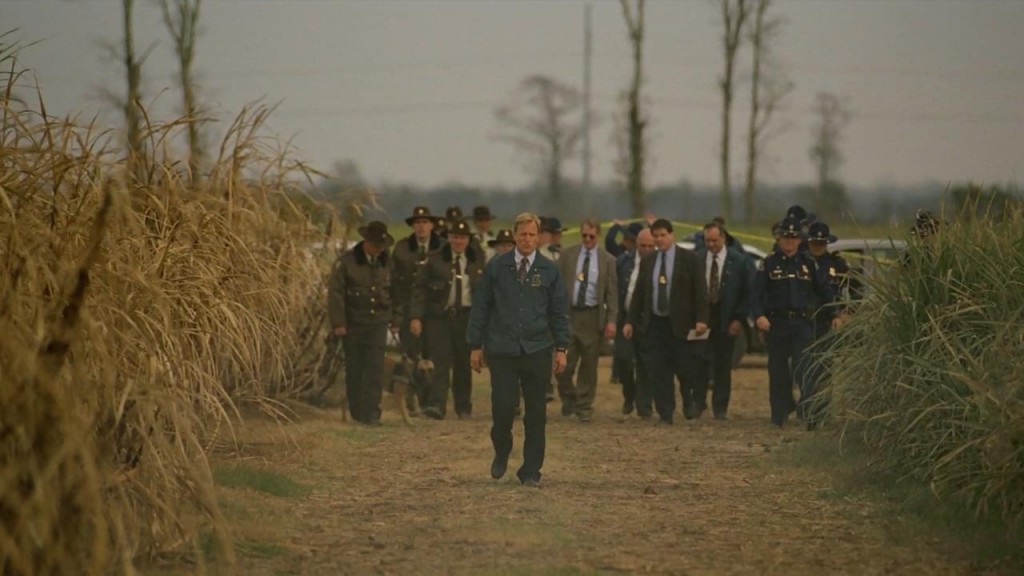
Whenever I look at this shot I think of that scene in “Babe” where the pig separates the brown chickens from the white chickens.
Let’s just agree that, by this point, we’ve established that certain things are there, certain things are not there, and we can sort-of tell the difference.
In and Out of the Crosshairs
I borrowed this from my wife, Gewel Kafka:
Piet Mondrian’s used of vertical and horzontal lines was adapted after his visit to Paris in 1912 where he saw the work of the inventers of cubism, George Braque and Pablo Picasso. Over the next few years Mondrian would refine this grid that he borrowed form their work, simplifing his subject matter to its skeletal minimum: Verticle and horizontal lines. Unlike his cubists contemporaries that nearly saw the cubist grid as a means to portray the ether of reality by showing the transparencies of substructure, whether a line was horizontal or vertical, a plus or a minus, determined whether it was static low energy, or a dynamic high, and this held deep spiritual meaning, so that the act of composing a painting was a process of balancing the universe.
When she told me that, it was the first time that I really “got” Mondrian. It’s so simple and it’s so deep. Horizontals and verticals are fundamentally different. A vertical is a thumb in the eye of entropy, a horizontal is the natural state of mud. Verticals represent effort, activity, motion. There is no such thing as a cross, a perpendicular, a plus sign in nature. They are all products of our mind. But that doesn’t make them any less true. Here’s Mondrian’s painting “Pier and Ocean.”
I don’t know if Pizzolatto or Fukunaga or anybody anywhere knows about this stuff besides my wife, and then me, and now you, but I find it fascinating and think about it all the time. There is so much going on in True Detective with straight lines and crossed lines and parallel lines; it’s everywhere. Here are two favorite examples, and then I’ll leave the rest for you:
I don’t know why that cross is reflected on his hood, but it sure as heck is. Maybe it’s because he’s out there working for Rust.
There are a lot of sly jokes in this picture, like the fake Hollywood puddles and the segway dorks, but look at that thing on the top of the building (and it’s definitely CGI). It’s a bird trap inside a box; it’s an endlessly over-refined lattice. You’re trying too hard, Reverend Tuttle, and you’re covering something up. I can’t believe they manage to get so much done with their straight-line language. Nic Pizzolatto must be a fair hand with a set of Lincoln Logs.
Crosshairs, parallel lines, bird traps, triangles, straight paths — I read somewhere that Chinese folklore states that devils travel only in straight lines, and there may be something to that — rays of light, abstraction, division — lines. Even Rust’s drawings are done in ligne claire style
Birds
Women are explicitly mapped to birds in this show. And I mean explicitly — every time a woman appears in the frame in the first couple episodes there is either a picture of a bird somewhere in frame or the sound of birds chirping. I’m leaning on the work of an anonymous internet commentator here:
There are birds in every shot there is a woman in EP01, either a live bird, or statutes like chickens and ducks (all over maggies room and kitchen) or an eagle (bar scene, police station), or the interview after dora lang with the woman who talked about “dove hunting” (swan and duck in that shot).
And every time there is a woman there are audible birds chirping. When they find Dora, (just when we see her there are birds chirping) and we hear birds chirping the first time we see maggie before she says anything (and there is a bird statue on the bookshelf behind her), and every time they interview a woman there is some kind of bird in the background, or birds chirping. Even charlie lang say “she can duck hunt with a rake” when he talks about Dora and chole says “a gaggle of hens”. Listen for the chirps in the scenes with women (except the bar). Even incidental characters like the secretary and the stenographer have eagle posters with them in their shots. The eagle shows up quite a few times. And when they go the church and talk to the black pastor he calls the stick figures “bird traps”, or devil nets. At the pitchers house there are chickens in the back yard.
I don’t know how they figured that out, but they’re right. Here are the images that commentator assembled, all from e01 and e02.
I’m satisfied with their scholarship: women and birds are often correlated in this show, especially in the first two episodes.
That makes the moment when the birds assemble into a spiral even more interesting, by the way.
Animals
Men and animals are different from women and animals in this show. Men are animals and it’s just the way things are. Women who are animals instead of birds, are having some troubles.
First the guys:

I know that fish are technically different from the land-based mammals we’ve been discussing so far but let’s just note that they are swimming away from him and move on.
Now the ladies:
Apparently if a woman is in the frame with a horse, she’s in trouble. Possibly because horses are animals that men ride around even when they don’t want to be ridden.
And then of course there’s Dora Lange, whose murder theoretically sparks this story. She has been brought to earth like a deer.
Dora is one of the rare women in this show to appear in solid colors, though her color is grey like dirt, and she is bearing the antlers of a ten-point buck deer (or “hart,” as deer were called in ancient times). She is no longer complex.
Erroll has penetrated the mystery of women and reduced it to this. He burnt the fields; no flowers there. But there’s more to it than that (and the tree is unharmed). Creeping, crawling vegetation means something in this show. The wild, growing nature of Louisiana, the hungry way that nature grasps them back, no matter how many refinery cities mankind builds nature patiently grows, and waits. The people in this show are ground between the lower jaw of refineries and the upper jaw of blind sweaty jungle.
And now a word about boats. Boats and symbolism. Are boats symbolic of anything in this story? Yes, I think maybe of two things, maybe of three. Here, take a look at this sequence:
I think what this sequence is trying to tell you is that, emerging from the tangled wild of Erroll’s monstrosity will come a boat carrying a bright red blaring siren of truth. And that’s what happens next. We cut to Erroll and his sister, the serial killer stands revealed at last, and then we pull away from his creepy gothic murder mansion exactly like this:
BOAT!
And on the boat the truth shall be revealed. Or at least one more little truth, that leads them closer to the big truth, which is…complicated.
This is like Tyrone’s name magically appearing on the wall. The lighthouse boat was there to alert us subconsciously, or to amuse us analytically, that the next boat we saw would be bearing the truth.
Does this mean that all boats bear the truth in this story? Well, there sure are a lot of crab fishermen and such who give clues in interview:
So, boats, man. Whatever boats mean. Boats are important. It’s all important, I guess, because what they’re trying to do is to enhance the investigation with salient story detail. It’s what makes a good story great — they lay all the sticks in the same direction. You know how much better a railroad works when the rails are all in a line and attached to each other and at the proper width and banked at the turns and supported with railroad ties and such and such? Well, a story is exactly the same way. When you build a story that works on as many levels as this, what you’re doing is building a mental railroad that efficiently downloads information into your audience’s mind with the least friction possible.
Plus it’s a lot of fun for the people who make the movie.
Think about it — and this is a problem for comic book artists too — you have a rectangle full of pictures, and your job is to stack as much information as humanly possible into every edge of that frame. How do you do it? What do you do? Should you grab some crap from around your kitchen, or try to recreate famous paintings, or try to tell little mini-stories with all the random stuff?
My advice: make a game of it. It’s a lot more fun for everybody if you make it a game.
Here’s one of my favorite moments for that:
As you probably know, all the driving-around scenes are greenscreened; Woody and Matt are sitting in a fake car in a studio somewhere, just runnin’ their lines. That’s a great way to get great performances and all but let’s say that you’re on the CGI team and your job is to fill the screen behind them with plausible but visually interesting landscape.
As Cohle says, “It reads like fantasy,” they drive by a run-down trailer on stilts. Is this impossible? No. I’ve been to Louisiana, there’s stuff like that all over — this may well be an actual picture. What does it mean? Are they trying to say that people who live on houses on stilts are fooling themselves? Are they trying to say Dora Lange’s dreams are a run-down, shabby affair? Is it relevant that the trailer depicted is far from ADA-compliant and someone with impaired function (such as Dora) could never hope to reach the lofty heights of the living room?
Yes, yes to all those things. Sure, whichever, it matters, it doesn’t matter.
Who put it there? Was it somebody famous? Do we only accept creative input in this show from people whose names are famous? In that case, what does it mean that practically nobody ever heard of Pizzolatto and Fukunaga before this show? No, no, and no. It was put there by some random CGI dude and odds are decent that none of the names attached to the show ever noticed it. Doesn’t mean it doesn’t matter.
This is what happens when a creator uses their terrain. By utilizing basic and universal symbols, not only do they make it easy for everyone working with them to play along, to enjoy the game and make their contribution to the show and the characters and the story, but they introduce the possibility of “happy accident.” The Sopranos pioneered this. By treating the real world that we live in as filled with myth and meaning, by seeing our daily lives as worthy of myth, they transform the everyday into art. I bet whoever lives in that trailer thinks nothing of the meaning of their trailer. That’s for the artist to do. We provide a fresh perspective.
Artists are not always trying to create a platonic ideal. Quite often that they’re looking for a universal, and sometimes it’s enough to try to make you feel how another person would feel. To truly explore another point of view. I hope you’ve seen The Sopranos. If you haven’t, there’s an important miniplot with a Billy Bass.
Billy Bass is a robotic plastic fish that plays recordings of hilarious water-themed songs when you press a button and sometimes even when you don’t. It was all the rage of the mall at Christmas 2002 or something, and these wastes-of-plastic-and-sweatshop-sweat were all forgotten by New Years’s Day 2003.
But the Sopranos said hey, our main character is a mob boss who just had to murder his own best friend because he was working for the FBI, and he found out about it through a prophetic dream about a talking fish. And all this happened before Billy Bass came out, it was like two seasons previous to the great Billy Bass Craze of 2002 or so. What would a person like Tony Soprano think if they saw a Billy Bass?
This is not a problem most people have!
But it certainly is an insight into the mind of a Tony Soprano.
So what would happen, if you were Tony Soprano, is you would freak the fuck out whenever you saw one of those things. And the show conveyed that, admirably. It got us across to another point of view. For just one tiny moment, by grace of art, we got to visit a corner of what it’s like to be a mobster with a head full of bad dreams, and we got to see our zany media universe from an utterly unique point of view.
In the process, Billy Bass was enshrined and shall now live forever.
But that does not mean the genius who invented that singing fish had this in mind.
True Detective is similarly awake to the possibilities of our crowded world. It assembles things into classes, categories, patterns of iconography. As such it casts its influence far and wide, assembling truly disparate elements into a thoroughly satisfying myth. It doesn’t have to be in the script, and Rust doesn’t have to say “It reads like fantasy, like that trailer we just saw a second ago, did you see that trailer Marty?” True Detective generates sufficient mythic gravity that these little symbols fall into orbit.
Flirting With Significance
Sometimes, the show reaches past the little symbols to the really, really big ones. Here’s an example, and I’m not pretending to understand it. One of my favorite things about True Detective is that I don’t have to pretend to understand it. I just have to write it all down so that maybe somebody else can figure it out later.
Note the violent crown hovering over Rust. I don’t want to say that this color is never used in the
series again, because even I have better things to do than scour eight hours of TV with a pantone swatch in my hand, but I certainly don’t recall it anywhere else. This scene, in the first episode, goes from violet…
…to teal.
This is the first time we see Maggie in the series.
And this here is not a thing I noticed the first time I watched the show.
In fact, I only noticed it much later, when I read an Esquire interview with Fukunaga where he’s talking about…teal.
ESQ: Any story behind the use of pink for both Beth and Maggie?
CF: I picked the underwear for both of them. Maybe I like pink underwear and unconsciously just don’t know it. [Laughs] I did not think about it. I got sent a lot of pictures of Lili Simmons [who plays Beth] in various forms of underwear and those were the ones I chose. I thought, especially for the one where she’s showing her derriere, it seemed to be the most flattering on her.
ESQ: And pink always seems to pop on screen.
CF: Yeah. Well, flesh tone doesn’t look as good, black can seem too indicative, red seems a cliché, and teal comes off not nice on people’s skin. So you end up on pink. Pink is very flattering.
Ya know, he’s right! Teal really does look sort of odd against skin.
So what is it doing here?
The purpose of this shot is clearly for me, the viewer, to find this actress’s butt attractive and thereby increase ratings for the show and fulfill contractual obligations to HBO. We all know what’s going on here. The odds of a show like this being made without a shot like this are vanishingly small at the moment, so we tend to not think about it, and this is mild stuff as HBO gratuitous butt shots go. I think in the year 2014 you can consider yourself a feminist and not be bothered by this shot in the slightest, though it makes me a little sad to say that out loud.
But why teal? Why obtrude my view of a butt with a color that the director does not believe to be good butt-coloring? Seems like a subtly discordant note meant to attract our attention, because Maggie is more important than her butt, and that is one of the important lessons that this show is trying to convey to its audience. Yes, pay attention, yes, this is butt, but brain will also be required.
This is a fair moment to talk about directorial intention, because the intention here could not be clearer. The director is saying, “I agree that her butt is important but I don’t want you to be too distracted by it.”
We start with a standard bottom-tracking shot. I didn’t pay attention to this at first, because it seemed like basic fan service. Worshiping at the altar of a nice ass; that’s something our culture does every day.
But leave it to True Detective to find something deeper.
Suddenly she turns and pivots to the right, facing the light.
And then she disappears. This looks odd, screencapped in a blog, but believe me if you watch that sequence it’s pretty odd there too. She bows down out of frame and disappears. There’s the sound of a bell ringing.
Then she’s back.
She steps forward into the frame as the camera pivots towards the light.
and throws something (we are not allowed to see what) towards the sun.
There’s an answering chime as the (unseen) toy hits the floor.
It was at this precise moment that I stopped the film and said, when the camera pans over to the toys, there’s gonna be some kind of yellow ball there. A tennis ball, a beach ball, I don’t know, but there’s gonna be a yellow ball in the shot.
And there it is!
What does this mean? Not a clue. But I know where this is coming from. They are depicting Maggie as a priestess who rings in the day. That yellow ball, perfectly isolated in space, represents the sun.
I don’t even slightly pretend to understand all the stuff about Dionysian versus Bacchanalian and sun worship versus moon worship that is apparently in the Shining:
But that is how I knew there was going to be a single yellow ball on the floor of the room.
The yellow tennis ball is, in effect, proof of colonization, a supreme compaction of sun-worshipping/ballgame played in Mesoamerican societies until the 1600’s. The ball that Jack throws remains a sun-object that has been conquered and absorbed into English game codes and now returns to the hotel as an ingenious prompt. It is a tease the spirits use, the Games Room expanded into every room.
yyyyyyyeah. Maybe. Maybe whatever’s going on here, it has something to do with that. I don’t really know.
But the value of a theory lies in its ability to make accurate predictions, so this theory deserves closer study.
My impression: Maggie is depicted, in this scene, as a priestess. A holy person, a keeper of sacred femininity. She performs the sacred and quotidian function of ringing in the day.
And maybe there’s something deeper, maybe to do with the Shining, maybe to do with the Mayans, I don’t know. I do know that mstrmnd’s essay about the Shining allowed good predictions about True Detective, so that implies that they’re either drawing from the same well or that Fukunaga/Pizzolatto/etc. are as into the Shining and mstrmnd’s essay as I am.
But implication ain’t proof.
Maybe the other toys mean something too. The big picture of the flower on the wall sure does. There’s that blue spiral toy bag that’s a flat circle; I think that means something probably, yeah, sure. There’s a television and foliage and subtle symmetry and all the other things that True Detective wants us to look for, and center in the middle of the floor, what’s that? Looks like a broken home to me.
And what happens after this? She awakens Marty, who was sleeping in the study.
Let’s return to Rust when he announces that he doesn’t sleep. Violet is a color of the night, yellow is a color of the day (in this particular scene, at least). Yellow and violet are “complementary” colors, which we think means “opposite,” because they’re opposite on the color wheel. But that’s a mistake; the color wheel is a human abstraction, and the colors are not opposite of anything. They don’t cancel each other out to invisible. If you mix them, you actually get new colors that are difficult to get through any other process.
Violet and yellow are not opposite, they are complementary. The first term was the correct one. Complementary colors represent distant points on a spectrum, but move together as strongly as a high C and a low C. Musical tones might be a better metaphor for color than positional descriptions, because we all know there’s no such thing as a musical note that’s exactly the opposite of another musical note. But there certainly are notes who influence each other more.
Violet and yellow, when placed next to each other, “vibrate.” In this scene Rust was mapped to violet and Maggie was mapped to yellow. Why? Because they’re Night and Day, I guess.
Do you have to know all this stuff before you start making the movies? Or can you just sort of figure it out as you go along?
I don’t know, but just to be sure I went into the story that I’m working on right now and added a lot of semi-mystical stuff about the difference between day and night. Not sure where this train is going but I want to be on board.
tl;dr the movie subtly depicts Maggie as the Priestess of the Day, the opposite of Rust’s Priest of the Night. Her role in this film not exactly sexual as much as it is the mystical priestess of sexuality. She is not a mother, but a symbol of femininity, and that includes being a mother. What that means I obviously cannot tell you.
The point of this essay is not that They Are Doing This, it is that WE SHOULD BE DOING THIS. I draw comic books. It’s easier than making movies. I don’t need to find a couch with a picture of a duck on it, buy it, drag it to the set, light it just right — I can just draw a picture of a couch, and then on that couch I can draw a smaller picture of a duck. IT COULD NOT BE EASIER. All I have to do is to be able to think of it.
Now that I’m aware that backgrounds are repeated very few times (in an eight hour show you rarely have even three shots of any given angle, and usually not nowhere near that many) and that we have nearly infinite forgiveness for what’s in a background (I’m on a patio outside a coffee shop as I write this, and if you photographed me from the left you would have a completely different background than from the right, yet they are all the same scene and the human mind has no problem accepting it) I am going to explore more with my backgrounds. It’s not just about creating depth; I think I’ve learned that trick. The background has no choice but to comment on the foreground, and since the backgrounds do not often repeat I may as well use them to their fullest potential and let them react directly to the action in the foreground. True Detective does that constantly, and BOY does it work.
I would like to wrap this essay up and get back to my true purpose in life, which is stealing ideas from this show and using them in my own comics. I can think of no better way to do so than to examine the most oft-repeated imagery in the show: the opening credits.
The opening credits comprise a visual lexicon of images underpinning the entire work, some more obscurely than others. Think about it — this is a film made by intensely visual people, and these are the images that they want you to consider every single time you watch their show. It’s more than just a fancy way of showing you Woody Harrelson’s name. You already know Woody Harrelson’s name.
The way this interweaves with the music is quite nice, and at least two points it gives important information. Watch it once or twice or at least listen to the song:
![TD s01 (8).mkv_snapshot_01.08_[2014.04.29_18.35.16]](http://www.unnecessaryg.com/blog/wp-content/uploads/2014/05/TD-s01-8.mkv_snapshot_01.08_2014.04.29_18.35.16-1024x576.jpg)
Start with Rust, brooding holy-ghostlike over all Louisiana. Louisiana is played here by a refinery and a lot of grass and an overgrown old road.
![TD s01 (8).mkv_snapshot_01.09_[2014.04.29_18.35.08]](http://www.unnecessaryg.com/blog/wp-content/uploads/2014/05/TD-s01-8.mkv_snapshot_01.09_2014.04.29_18.35.08-1024x576.jpg)
Introducing the most important concept in the series: women. Note the tiny doomed house in front of the enormous chemical plant. The home, juxtaposed with the refinery.
![TD s01 (8).mkv_snapshot_01.13_[2014.04.29_18.35.53]](http://www.unnecessaryg.com/blog/wp-content/uploads/2014/05/TD-s01-8.mkv_snapshot_01.13_2014.04.29_18.35.53-1024x576.jpg)
A woman, a refinery from above; an abstract view.
I’m going to be honest; I’m pretty sure that’s Matthew McConaughey but I’m not completely positive. Anyway, this introduces the “half-finished man” image which turns up a lot in the opening credits.
Note strange cartographic element delineating the left edge of the face — it looks like a drawing of a river.
observe: bird. So this is another half-finished man, but Rust has a bird in him somewhere.
So that’s sort of interesting — a church superimposed on a cross-shaped gear. Religion as machinery — this fits in with the refinery imagery; this is a show where things are separated into component elements, isolated and intensified.
![TD s01 (8).mkv_snapshot_01.29_[2014.04.29_18.36.54]](http://www.unnecessaryg.com/blog/wp-content/uploads/2014/05/TD-s01-8.mkv_snapshot_01.29_2014.04.29_18.36.54-1024x576.jpg)
And here we see the creosote, I suppose. Creosote being both a kind of tree and a kind of chemical byproduct. The tree growing out of the house into the chemical storage tank is a sort of visual poetry that Fukunaga does very, very well. Most people try like the dickens to avoid having a tree grow out of a character’s head or a tree come out of the middle of a house. Fukunaga rushes to embrace it, and it works.
I suppose this is important, because that guy is prominently featured in e02 and he seems to be twining his spines up slowly. The neon cross in the sky is nice.
Maggie, looking worried.
I’m pretty sure that’s the CGI jellyfish from the recent James Bond movie, Skyfall, when they’re fighting in front of the billboard. Or maybe all jellyfish look the same.
This shot and the next four shots set up some sort of sequence or mini-story; watch close.
This is the “flowers” shot, and it absolutely does not appear in the show (unless you count Audrey’s drawings, and that looks more like eggs than flowers to me. It’s difficult to say what’s up with her arms and costume, but she’s clearly a woman, sexualized but not particularly attractive, and I’d bet that she represents Errol’s sister.
Another mysterious shot that does not really appear in the series. Let’s follow it in:
They all have the same mudflaps. But in all other ways they are as different as semi trucks can be. What does it mean? You tell me. Maybe it’s saying that the men at the truck stop are all the same.
![TD s01 (8).mkv_snapshot_01.46_[2014.04.29_18.37.56]](http://www.unnecessaryg.com/blog/wp-content/uploads/2014/05/TD-s01-8.mkv_snapshot_01.46_2014.04.29_18.37.56-1024x576.jpg)
That’s a parking lot projected on her back. Combining that with the antler imagery, I’d say that whatever happened to this grey girl was none too pleasant.
Following that sequence through, I think it shows that Maggie is worried about nature, that someone will make flowers on her daughter, which will cause them to end up working at a truckstop, where their shoes will hurt and men will objectify them and treat them as animals or as parking spaces.
![TD s01 (8).mkv_snapshot_01.48_[2014.04.29_18.38.02]](http://www.unnecessaryg.com/blog/wp-content/uploads/2014/05/TD-s01-8.mkv_snapshot_01.48_2014.04.29_18.38.02-1024x576.jpg)
and maybe Marty should be worried too, but he’s a half-finished man with a stripper dressed in the American flag dancing in his mind. She shows up in the series; she’s part of the all-important scene where Marty tracks down Tyrone Weems and it just so happens he meets his creator.
Marty gets juxtaposed with American flags a lot, by the way. And in his last scene with Papania, in which he “passes the crown” of True Detective to the younger man, they both get lots of American flags.
![TD s01 (8).mkv_snapshot_01.50_[2014.04.29_18.38.09]](http://www.unnecessaryg.com/blog/wp-content/uploads/2014/05/TD-s01-8.mkv_snapshot_01.50_2014.04.29_18.38.09-1024x576.jpg)
If this image wasn’t gorgeous I would say it’s out of place, but the music is such an important part of what’s going on anyway that it works. This moment is all guitar, which I sort of like. It’s a way of saying, the way this guy strums a guitar is so interesting that we can spend four measures on it. Why not make it part of the imagery? Especially when strong straight lines are such an essential element.
![TD s01 (8).mkv_snapshot_01.52_[2014.04.29_18.38.13]](http://www.unnecessaryg.com/blog/wp-content/uploads/2014/05/TD-s01-8.mkv_snapshot_01.52_2014.04.29_18.38.13-1024x576.jpg)
Note the guy is bald like a monk. What they’re trying to say here is that Rust is cold and lonely.
![TD s01 (8).mkv_snapshot_01.55_[2014.04.29_18.46.22]](http://www.unnecessaryg.com/blog/wp-content/uploads/2014/05/TD-s01-8.mkv_snapshot_01.55_2014.04.29_18.46.22-1024x576.jpg)
Refinery on his right, the cross on Calvary marooned in midair above him, a church to his left. Rust is in an attitude of prayer. Rust is a very religious type of atheist. This is a different type of atheist from me and most of the atheists I know; we just don’t give a shit, and find the whole topic of conversation boring. Not Rust. He’s the type of atheist who keeps a cross over his bed. Seems a bit evangelical to me, but what the hell, it’s TV.
That traffic circle occurs in the series; that’s Rust’s truck (and also IRL the director’s) driving up his chin, this is the moment just before Rust sees the tracers I think.
I’m not sure who that is; it could be Marty or anybody. I guess they’re saying that some mysterious man is hiding a desire to be a wild thing. They’re actually rubbing a skull on their face, not just the antlers. Then it bursts into flame.
It is extremely significant that the female voice enters at this moment.
This is one of the moments that made me sit up and say, alright, this show is commenting on sexism directly.
It’s a woman’s butt, on which is projected a playground. Alright, alright HBO, I get it. But this isn’t just an HBO series, but a critique of HBO series. So it’s a particularly lonely and abandoned playground, and the woman’s voice that sounds so maternal and soothing is saying something quite grim.
They’re calling her and she is not answering. The number is 2207, which of course is LOSS spelled upside down.
Note where it says “lone.” Rust is the burning remainder of a man abandoned by women, being refined and purified, bone-dead.
Next there are four very fast images, snapping by in time with the snare. You are meant to respond to these without really seeing them.
![TD s01 (8).mkv_snapshot_02.12_[2014.04.29_18.47.17]](http://www.unnecessaryg.com/blog/wp-content/uploads/2014/05/TD-s01-8.mkv_snapshot_02.12_2014.04.29_18.47.17-1024x576.jpg)
That’s Audrey. Weird internet controversies aside, doesn’t matter who the model is, that’s Audrey. Refinery below.
![TD s01 (8).mkv_snapshot_02.12_[2014.04.29_18.47.27]](http://www.unnecessaryg.com/blog/wp-content/uploads/2014/05/TD-s01-8.mkv_snapshot_02.12_2014.04.29_18.47.27-1024x576.jpg)
Crosshairs join cross and refinery.
![TD s01 (8).mkv_snapshot_02.13_[2014.04.29_18.47.38]](http://www.unnecessaryg.com/blog/wp-content/uploads/2014/05/TD-s01-8.mkv_snapshot_02.13_2014.04.29_18.47.38-1024x576.jpg)
Refinery turns to fire and antlers appear under the crosshairs.
![TD s01 (8).mkv_snapshot_02.12_[2014.04.29_18.47.33]](http://www.unnecessaryg.com/blog/wp-content/uploads/2014/05/TD-s01-8.mkv_snapshot_02.12_2014.04.29_18.47.33-1024x576.jpg)
That’s probably Dora’s tree behind them, or close enough. The credits are saying Audrey’s the next Dora Lange, which is definitely carried out by the series. There isn’t a conspiracy that’s got Audrey as the next target, not a conscious conspiracy at least. It’s more that the patriarchy has her in their crosshairs, and that Christianity and tradition are refining her into an animal that they can hunt.
I think this is interesting because at the end of the credits, after the Trouble With Audrey, we begin to revisit the imagery from the beginning of the credits, but reversed and oddly changed. This, of course, is exactly what happens in the series. After Audrey’s trouble in 2002 the investigation revisits so many characters that they met before, but with important changes every time (and this is where the explanation for the Steve Geraci story comes from, by the way).
![TD s01 (8).mkv_snapshot_02.17_[2014.04.29_18.47.50]](http://www.unnecessaryg.com/blog/wp-content/uploads/2014/05/TD-s01-8.mkv_snapshot_02.17_2014.04.29_18.47.50-1024x576.jpg)
Bodies, tangled in the crosshairs, overlaid with the same ring intersection from before. There aren’t a lot of details, but after watching the show you have to wonder if this is less sexy than a picture of the boy and girl from the LeDoux hideout. Whatever’s going on here is not necessarily good.
This one isn’t hard to figure out. Marty’s house blew up. Marty looks worried.
The flame begins to touch the wintery man inside Rust and lo, the frost begins to melt.
Rust is burning, but at peace. The antlers recall the flames.
zooming in, crosshairs on the burning cane field from the first scene in the first episode. Through flames and antlers Rust will turn the crosshairs away from women and onto the evidence of crimes. And he will become:
![TD s01 (8).mkv_snapshot_02.32_[2014.04.29_18.48.37]](http://www.unnecessaryg.com/blog/wp-content/uploads/2014/05/TD-s01-8.mkv_snapshot_02.32_2014.04.29_18.48.37-1024x576.jpg)
As I mentioned in part two, this is part of the series, and it’s the part where they stop to piss and check their directions. Men voiding themselves on film; this is a fair description of True Detective. There may be more to it, but that is undeniably what is going on. If you watch the video you’ll see that Rust makes a slow but significant movement with his hand; pulling something out of his jacket, I guess.
![TD s01 (8).mkv_snapshot_02.35_[2014.04.29_18.49.03]](http://www.unnecessaryg.com/blog/wp-content/uploads/2014/05/TD-s01-8.mkv_snapshot_02.35_2014.04.29_18.49.03-1024x576.jpg)
Marty is looking around, Rust is there with his book or maybe a map. Beyond them, the refinery. Apt.
The song is so good for this that I just can’t say. Leave alone the excellent southwestern flavor of the music, the words are just perfect. The lyrics begin with a literal objectification of a woman, and after the female voice joins the narrator dies and becomes objectified himself. Yep, that about sums it up.
Here is the original storyboard for the opening credits. Compare and contrast, if you so choose.
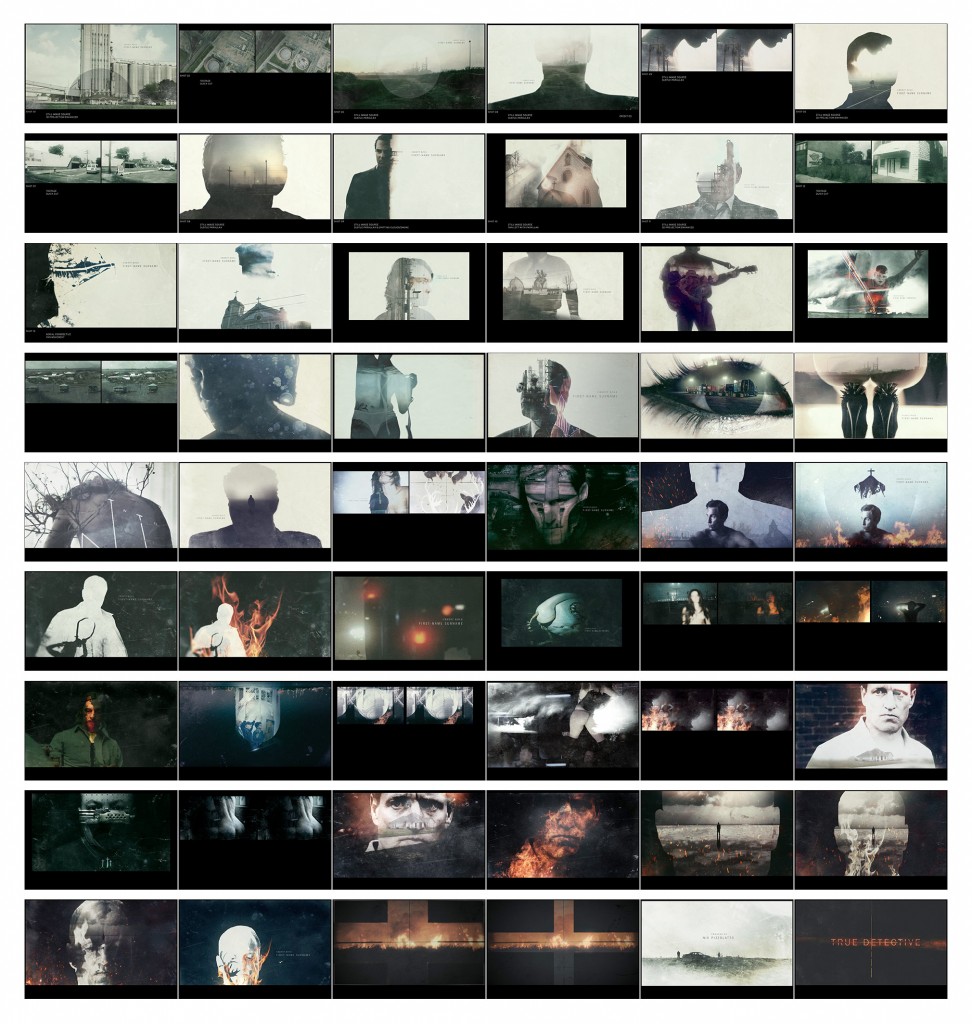
You’ll find it was pretty much all there from the beginning.
Loose Ends
There are a million things more to say — I never got to castration anxiety (which is everywhere).
I never touched on the role of bullshit and nonsense in the series:
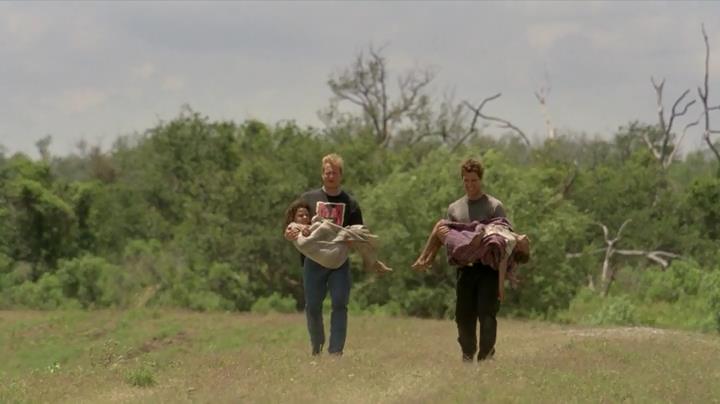
it’s great that you care, and I even see the crossed sticks behind you,
but I’m pretty sure that, in the real world, police do not pick up corpses from crime scenes and carry them off.
What about the conspiracy? Surely it would be great fun to decipher the conspiracy.
And I barely even mentioned the acting at all, which is such a major oversight that it probably represents the fundamental flaw that stopped me from being a good filmmaker.
I’ve written almost 30,000 words on True Detective and barely mentioned the actors once. That’s because they do such a seamless job of inhabiting their characters that I could just pretend they were real people, and that’s a great way to do analysis; but it suffers from one major problem; it’s just not true. All I can really say to that is two things:
“Oh well.”
and
“Maybe next time.”
But What Does It All Mean?
I love movies. I love TV when TV is big movies. I went to film school and I always wanted to make movies; still do, though any movie I ever get made now will probably start as a comic book so I concentrate my efforts there. I also love good film criticism. This article about the Shining is one of the most interesting things I’ve ever read in my life, and I’ve always wanted to write something like it. I don’t think I got close, but that’s okay. He’s dealing with a movie with actual hidden meanings. I’m writing about a TV show that really, really means what it says.

Marty meets Nic Pizzolatto, the writer of True Detective.
The dancer with the outrageously terrible breast implant surgery behind him is probably not an accident.
I’m not going to lie to you — I identify with Nick Pizzolatto. He’s exactly the same age as I am, he used to live in Austin too, and we seem to share the same taste in books and people. I’d like to think, if I had stayed in California in 2009 and started going up to LA to work, I’d be in a similar position to him now, working as a writer on the moving pictures and doing okay at it.
But I’m not going to pretend that what I would have written, if I had done that, would have been as good as True Detective. I don’t think I was capable of writing something nearly as good until I’d seen this show. This was the missing puzzle piece for me, the spark that lit the fire in the vast piles of dried timber around my mind. I always knew that telling stories was important — now I know why it’s important. I can see that stories are made of bits and pieces, and I can arrange them as I choose and tell different stories in different ways.
I can’t do anything else until I finish this essay, and that’s the very best place to be as a creator. I have a clear artistic task that I know, deep in my soul, that I must finish before I can return to my other projects. But I also know that this exhaustive review of a TV show is not the loftiest of pursuits, nor is it going to make a huge difference to anyone but me, so I have to do it as quickly and professionally as possible. Like I said, that’s pretty much the best place to possibly be as an artist. I’m also utilizing the only really good trick I know as an artist. Allow me to digress here.
Why is it that we listen to punk music and classical music? Same person (in this case me, but this applies to everyone) goes straight from Shostakovitch to Bikini Kill, maybe swings through Stax Records or Camper Van Beethoven on the way (all these roads meet in the mind of Spencer Krug, but that’s another story).
What is it that makes Operation Ivy (three chords churned out by high school students in the mid-80s) the equal of Beethoven? Because they literally are. They have equal weight in my playlist and I bet you there are more people listening to punk right this second than classical. This is in spite of the fact that classical is undoubtedly “better” and preferring punk is a little bit like personally spitting in the face of every single person who ever studied music in school.
My theory is that it is the learning we are after. We pick the art forms that suit us, based on our personal history and personal relationship to culture and personal personality. But what makes “good” work are two things.
The first is flawless virtuosity. We love to see people go through the paces perfectly. We love to have our expectations perfectly fulfilled. This explains the blues — people have been playing the exact same song in the exact same way for a hundred years, and the blues musicians that people like are the ones who make it look easy.
The second is “learning on the bandstand.” We can detect, and we adore, that delightful flightful gravity-free feeling of making the connections, of seeing the pieces drop into place, of learning. It’s infective and addictive. We love it. We love to watch the moment that the story leaps out of the hands of the creator, twists into a living thing. It is my theory that those moments are somehow enshrined in the work, the song, the film; we can SENSE them. The experience of watching another learn is intoxicating to us. We long for true exploration, for truly new territory to be broken. This is why jazz improvisation is so thrilling — because (in theory) we’re watching them learn. They aren’t repeating themselves. They’re saying something new.
I made a point of not exhaustively planning this essay before I wrote it and not waiting until it was done to publish it. I wanted the thrill of learning as I wrote, and I wanted the people who read it to have that thrill too. Maybe I’ve hit that point a couple times in this; there are things about this essay that I like, things that I will do better the next time I write an essay like this. I wanted to share things like the thrill of watching the meaning of Papania’s map fall into place, which I literally figured out while writing the essay.
I feel that I’ve displayed less virtuosity than improvisation in the writing of this essay, but you ain’t exactly payin’ me so I don’t mind workin’ mostly to please myself.
True Detective displays both qualities in spades, by the way. The virtuosity displayed by the show is staggering — do you know how good at making movies you have to be to pull off things like having gradually more black detectives from 1995 to 2012? Or how totally amazing it is to see somebody reference Chambers and Lovecraft but NOT the Cthulhu Mythos? But the act of learning is everywhere. Fukunaga and Pizzolatto and a lot of other people took many personal strides forward in the writing of this show, and it shows. You can really see all the experience points on the screen.
I believe that once you reach a certain point of smart, all very intelligent people are more or less equally intelligent but in different directions. I don’t want to say Pizzolatto is smarter than anybody and I sure don’t want to say he’s smarter than me. I don’t want to say that, because it’s a very limiting statement, and I want to get out there now that this enormous essay is done and prove that I can do this too, and I don’t want to think I have the imaginary ghost of a guy who’s actually a lot like me looking over my shoulder as I do my comic book thing. That’s a mental trap that I don’t care for.
But on the subject of story, this guy is ahead of me. He has used his 38 years on this earth in a different way than I have, and his studies into story and myth are absolutely deeper than mine. I think the thing I overlooked is philosophy. I seem to have a pile of old dime novels in my mind at least as high as Pizzolatto’s, and I flatter myself by saying that my storytelling in my comics is clear and understandable. But philosophy says something that I’ve never been able to find by adding up history texts and science fiction novels. Philosophy studies why stories exist, what stories are made of, what stories are used for. Philosophy is the aeons-old attempt to find functioning and reproducible myths. Reading novels and histories only told me what stories had already been projected on the wall of Plato’s cave. I could see the wall of the cave, the shadow, and the cavemen. But philosophy examines the fire directly, and that was what I was missing.
Pizzolatto has my eternal gratitude for showing me this. I needed a work of fiction that pointed me back to philosophy, that let me know this is important.
And as soon as I get done with these three books on the Civil War and this crime novel from France I’m gonna read some philosophy. I’m going to read it for real this time.
I’m not jealous of Pizzolatto, nor do I second-guess my choice in 2009. Instead of staying in Southern California I followed my heart back to Austin and the Gathering, and I found love and a home and the most beautiful daughter that I’ve ever seen. I’m happier and healthier today than I’ve ever been; I have no complaints. But now this show has come along, at the perfect moment for me, and it has shown me the way. The path is clear; I know how to keep telling stories, I know why to keep telling stories, I know why telling stories works and I can see the way they are made. I feel like a mechanic who just took a master class in car repair. I am ready to use what I’ve learned.
Thanks for reading, everybody. Essay’s over. Back to work!



![TD s01 (4).mp4_snapshot_14.28_[2014.04.02_04.39.45]](http://www.unnecessaryg.com/blog/wp-content/uploads/2014/04/TD-s01-4.mp4_snapshot_14.28_2014.04.02_04.39.45.jpg)
![TD s01 (4).mp4_snapshot_14.35_[2014.04.02_04.39.52]](http://www.unnecessaryg.com/blog/wp-content/uploads/2014/04/TD-s01-4.mp4_snapshot_14.35_2014.04.02_04.39.52.jpg)
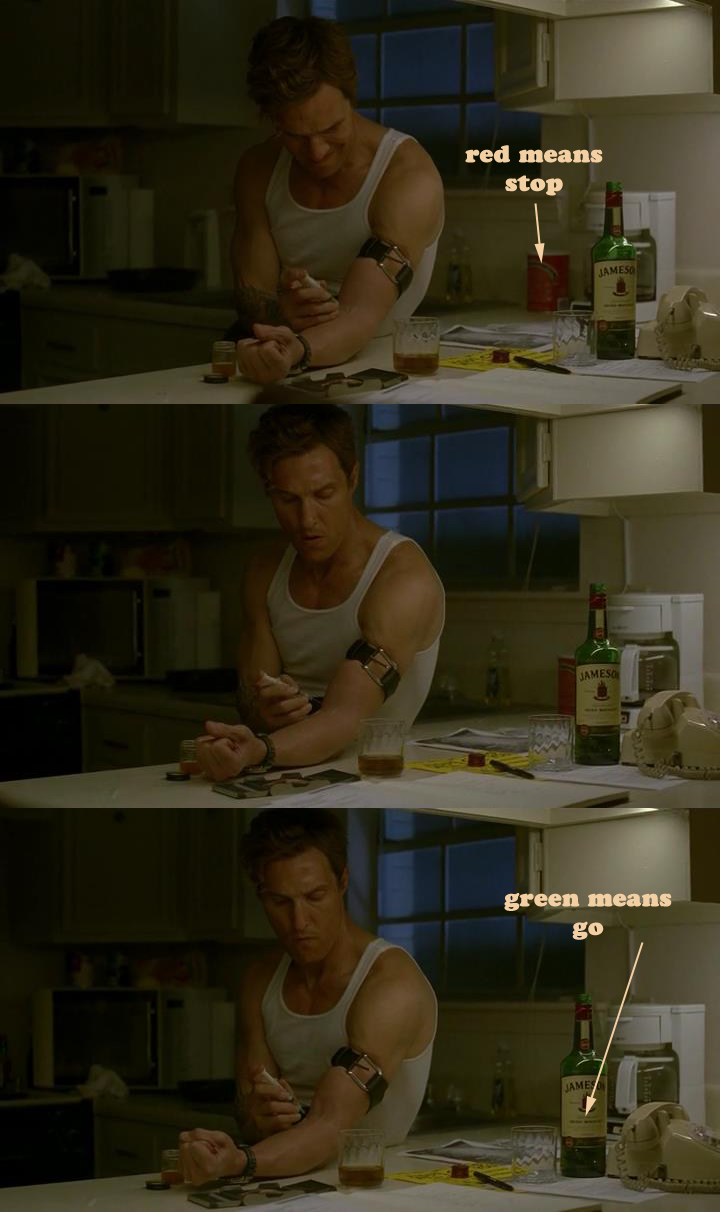




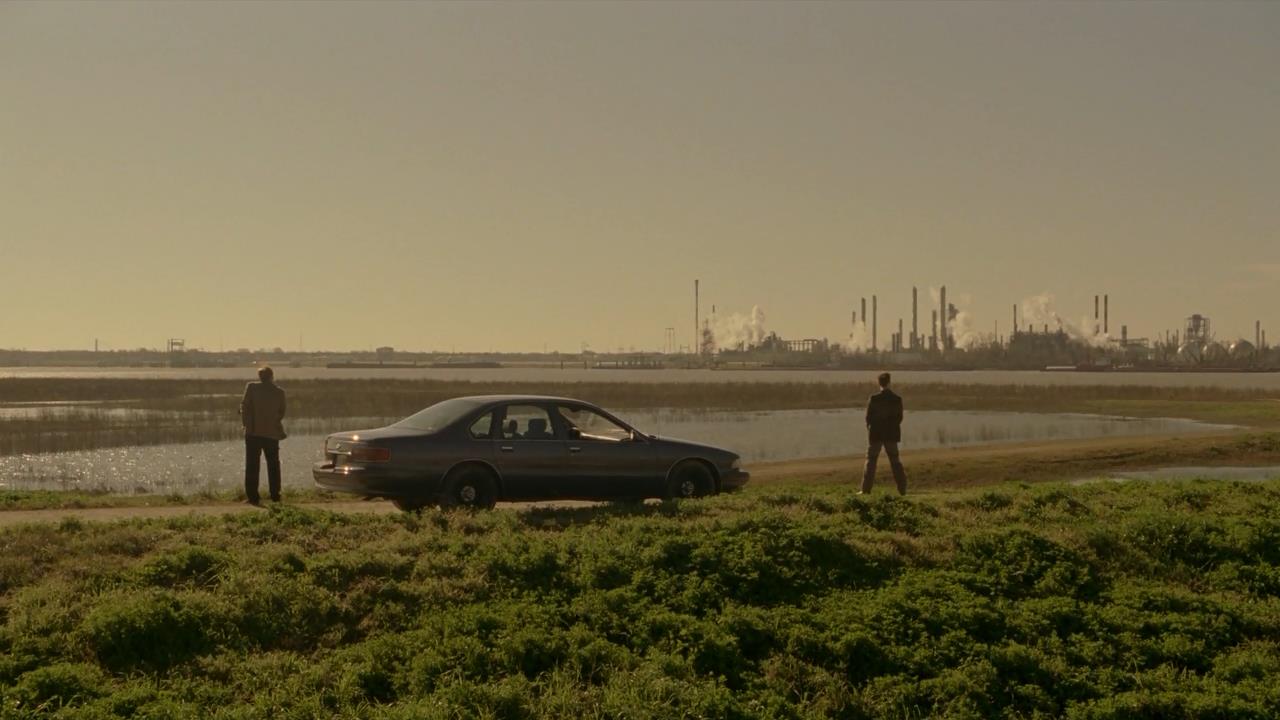
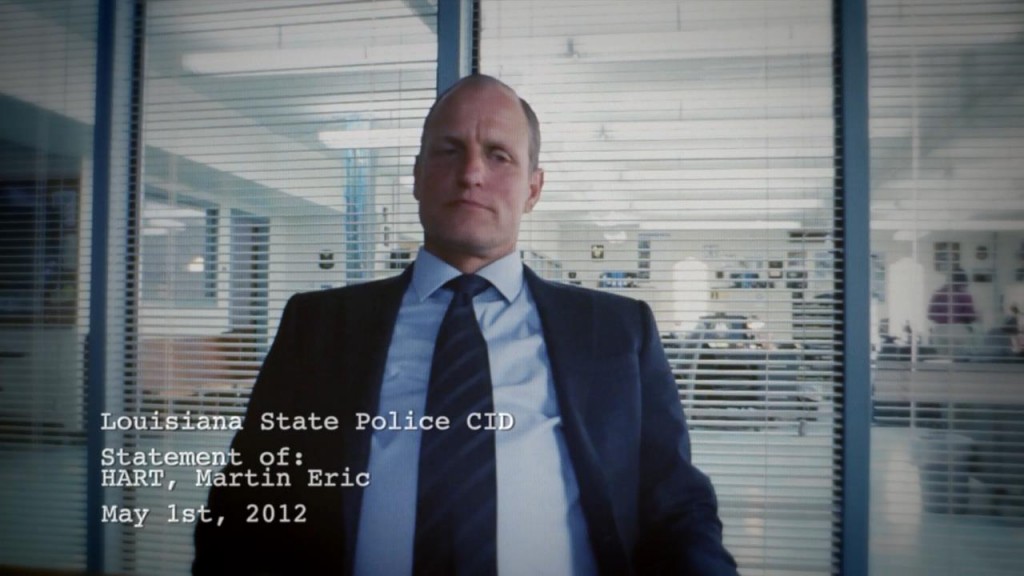
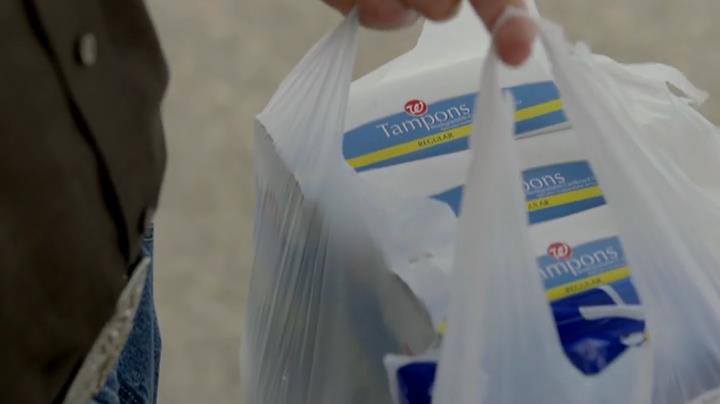
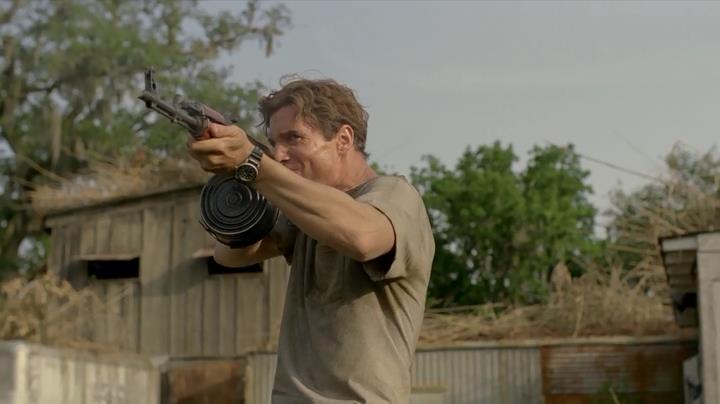

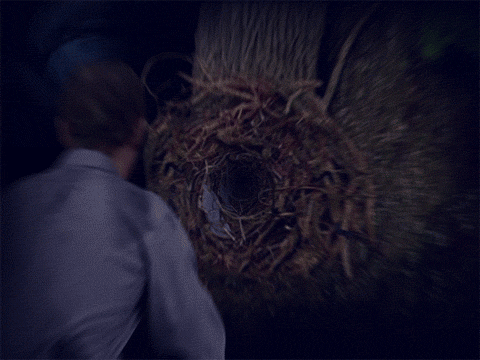
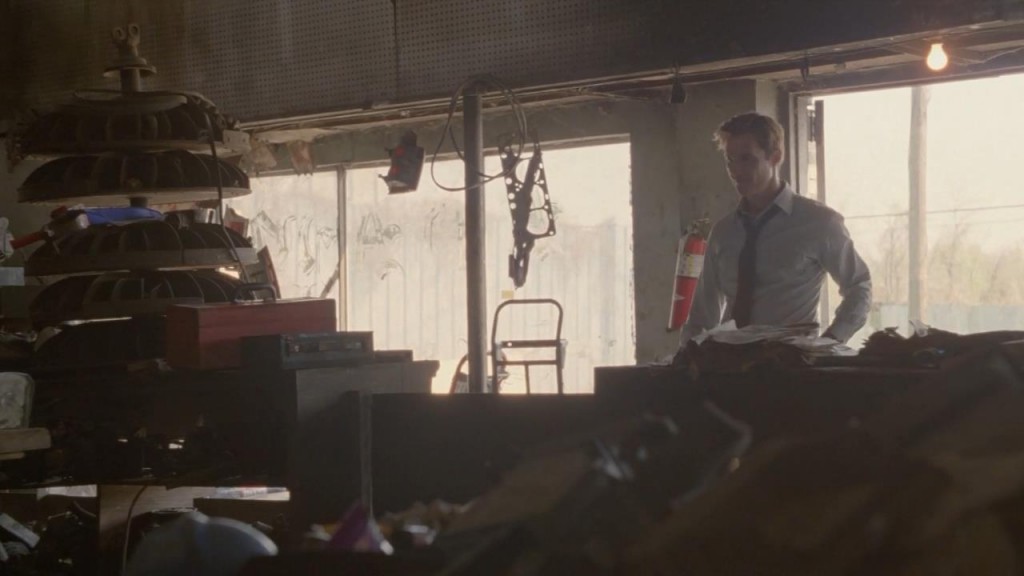

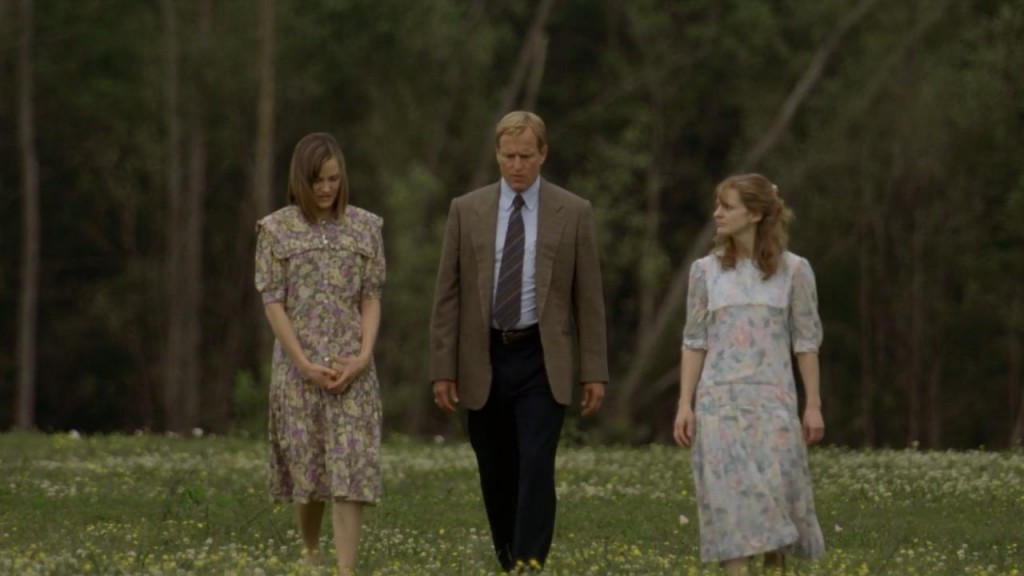

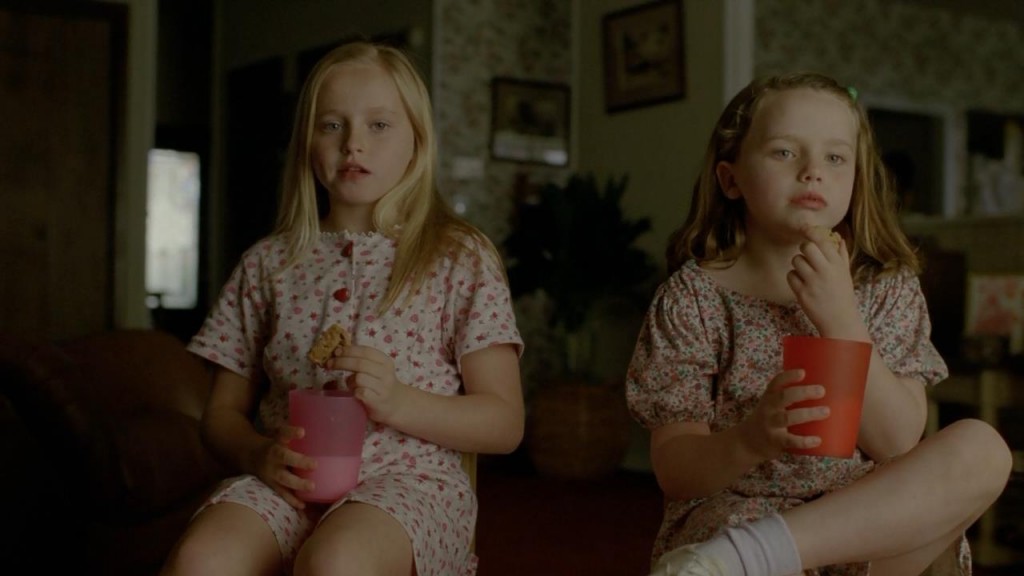
![true.detective.s01e05.hdtv.x264-killers.mp4_snapshot_14.55_[2014.02.18_05.17.37]](http://www.unnecessaryg.com/blog/wp-content/uploads/2014/04/true.detective.s01e05.hdtv_.x264-killers.mp4_snapshot_14.55_2014.02.18_05.17.37.jpg)
![TD s01 (7).mp4_snapshot_53.12_[2014.04.17_06.56.21]](http://www.unnecessaryg.com/blog/wp-content/uploads/2014/04/TD-s01-7.mp4_snapshot_53.12_2014.04.17_06.56.21.jpg)

![TD s01 (2).mkv_snapshot_40.12_[2014.04.17_07.05.13]](http://www.unnecessaryg.com/blog/wp-content/uploads/2014/04/TD-s01-2.mkv_snapshot_40.12_2014.04.17_07.05.13-1024x576.jpg)
![TD s01 (6).mp4_snapshot_26.59_[2014.04.17_07.10.24]](http://www.unnecessaryg.com/blog/wp-content/uploads/2014/04/TD-s01-6.mp4_snapshot_26.59_2014.04.17_07.10.24.jpg)
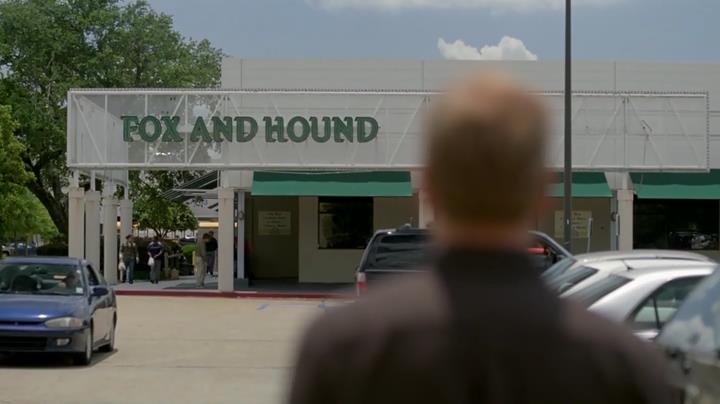
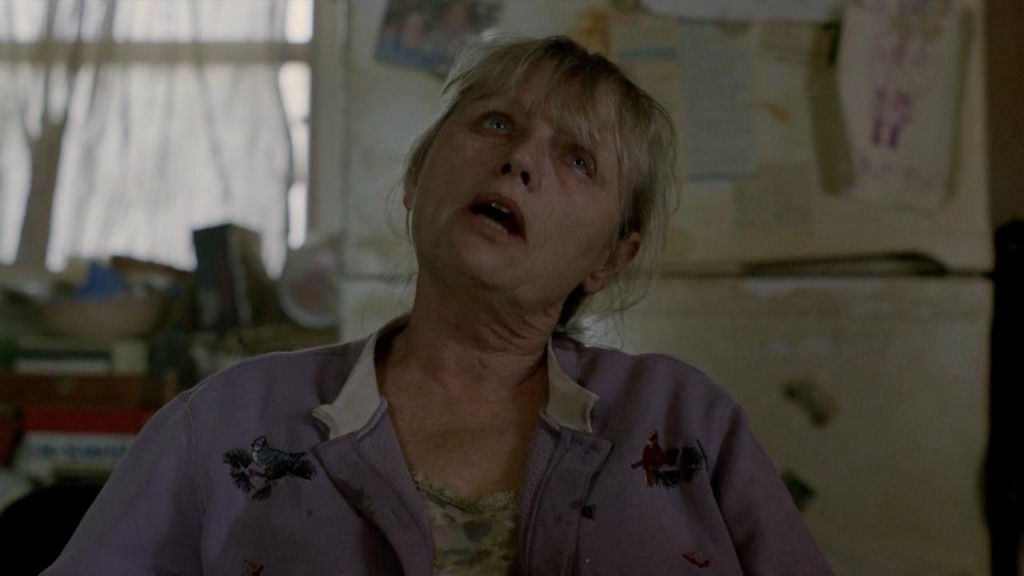

![true.detective.s01e05.hdtv.x264-killers.mp4_snapshot_22.01_[2014.02.18_05.27.13]](http://www.unnecessaryg.com/blog/wp-content/uploads/2014/04/true.detective.s01e05.hdtv_.x264-killers.mp4_snapshot_22.01_2014.02.18_05.27.13.jpg)
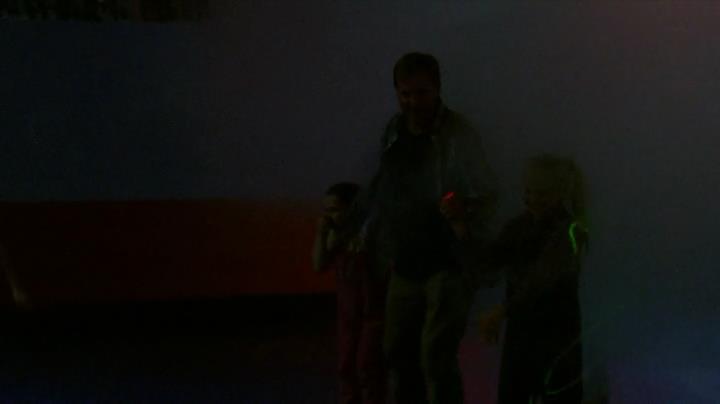
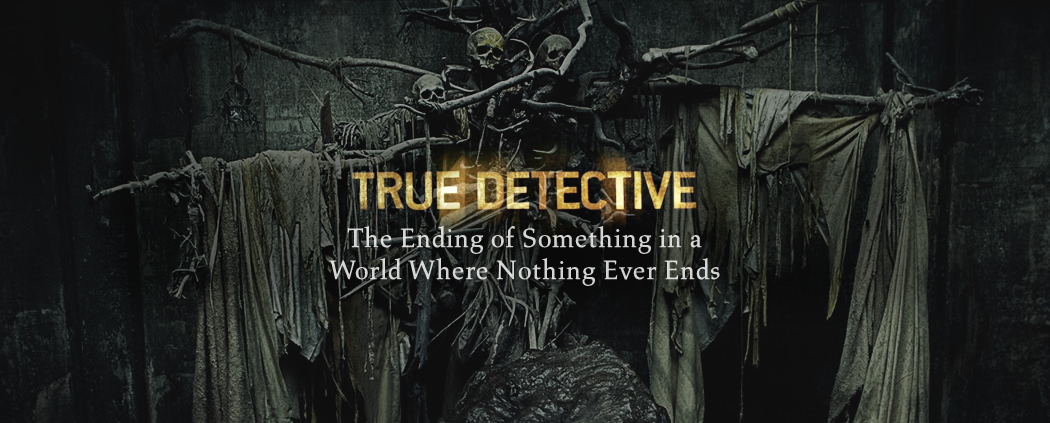
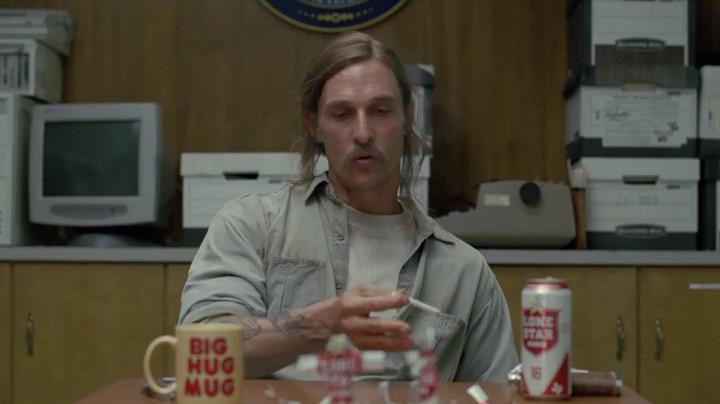
![TD s01 (3).mkv_snapshot_06.42_[2014.04.13_02.19.02]](http://www.unnecessaryg.com/blog/wp-content/uploads/2014/04/TD-s01-3.mkv_snapshot_06.42_2014.04.13_02.19.02-1024x576.jpg)

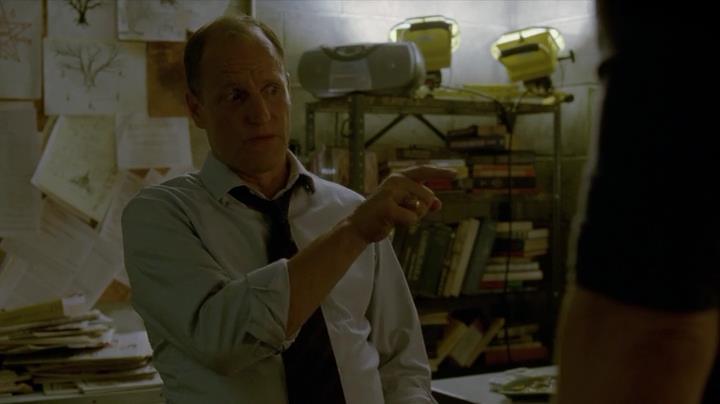


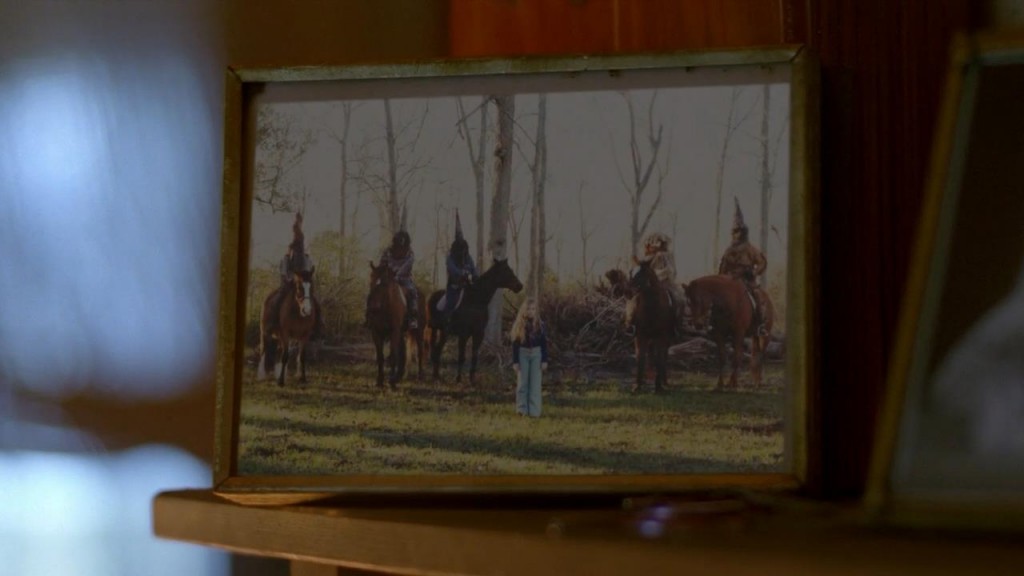

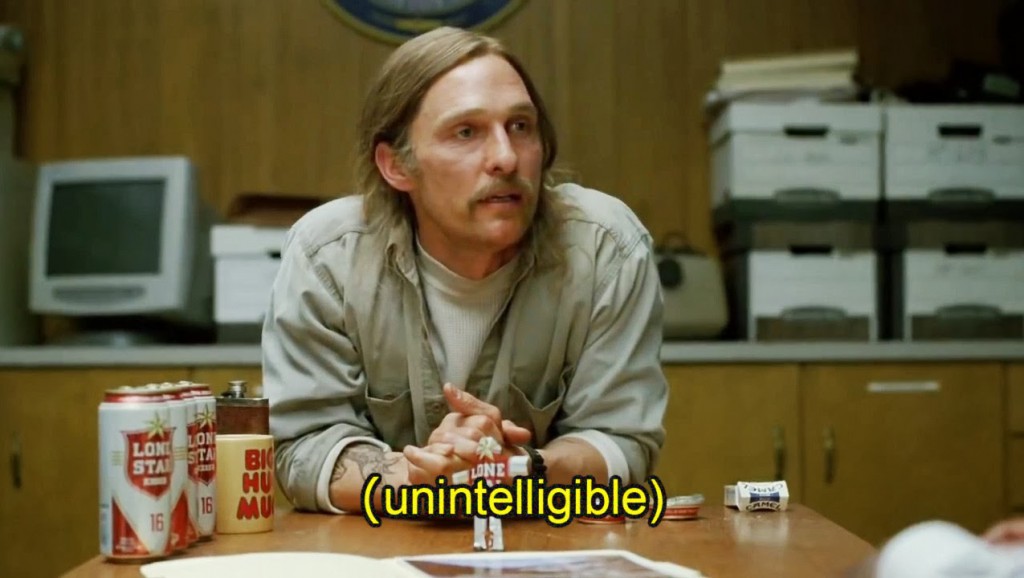

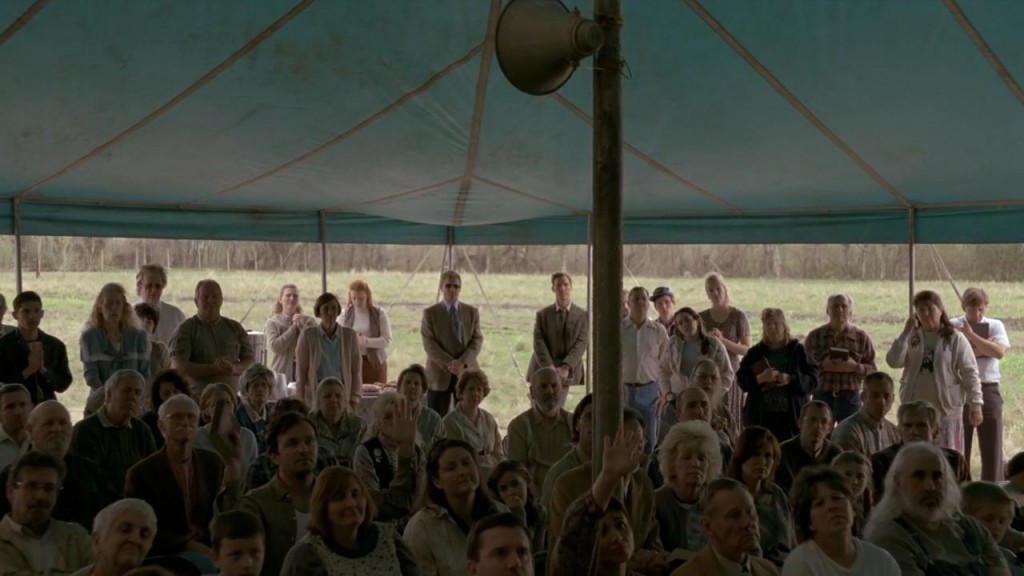
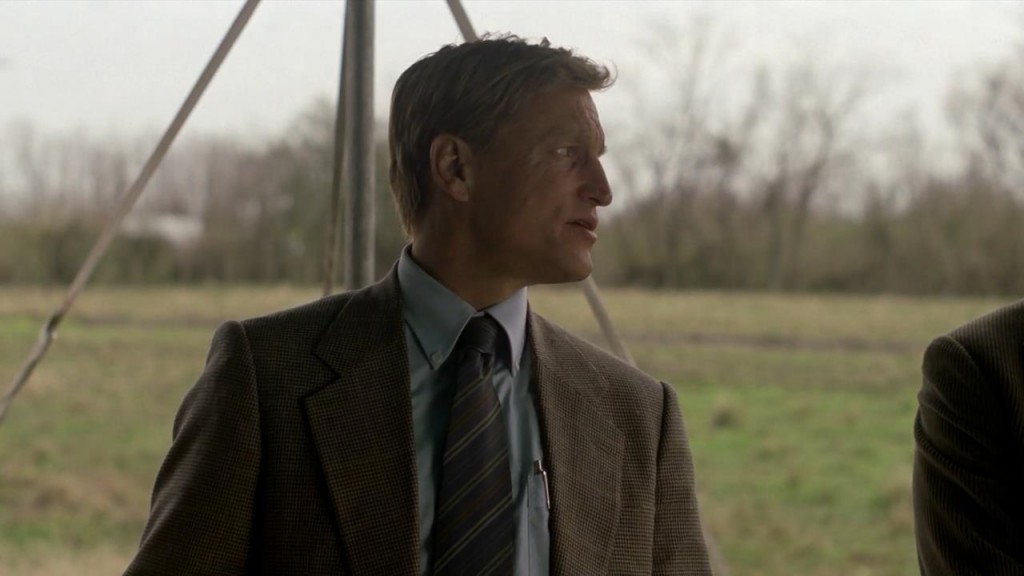
![TD s01 (3).mkv_snapshot_16.24_[2014.04.13_02.49.17]](http://www.unnecessaryg.com/blog/wp-content/uploads/2014/04/TD-s01-3.mkv_snapshot_16.24_2014.04.13_02.49.17-1024x576.jpg)

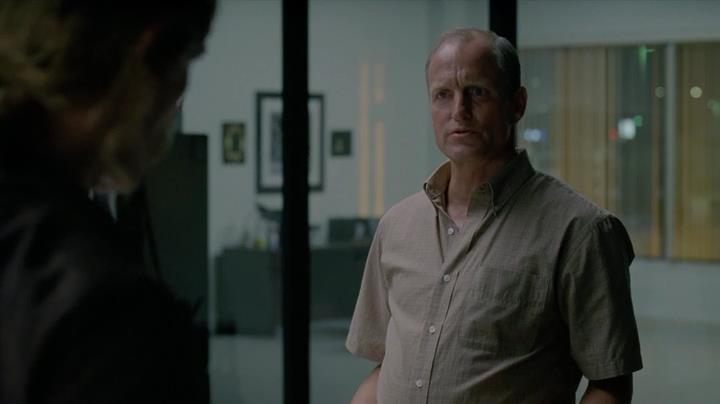


![TD s01 (8).mkv_snapshot_03.41_[2014.04.14_04.20.53]](http://www.unnecessaryg.com/blog/wp-content/uploads/2014/04/TD-s01-8.mkv_snapshot_03.41_2014.04.14_04.20.53-1024x576.jpg)
![TD s01 (8).mkv_snapshot_03.42_[2014.04.14_04.20.55]](http://www.unnecessaryg.com/blog/wp-content/uploads/2014/04/TD-s01-8.mkv_snapshot_03.42_2014.04.14_04.20.55-1024x576.jpg)
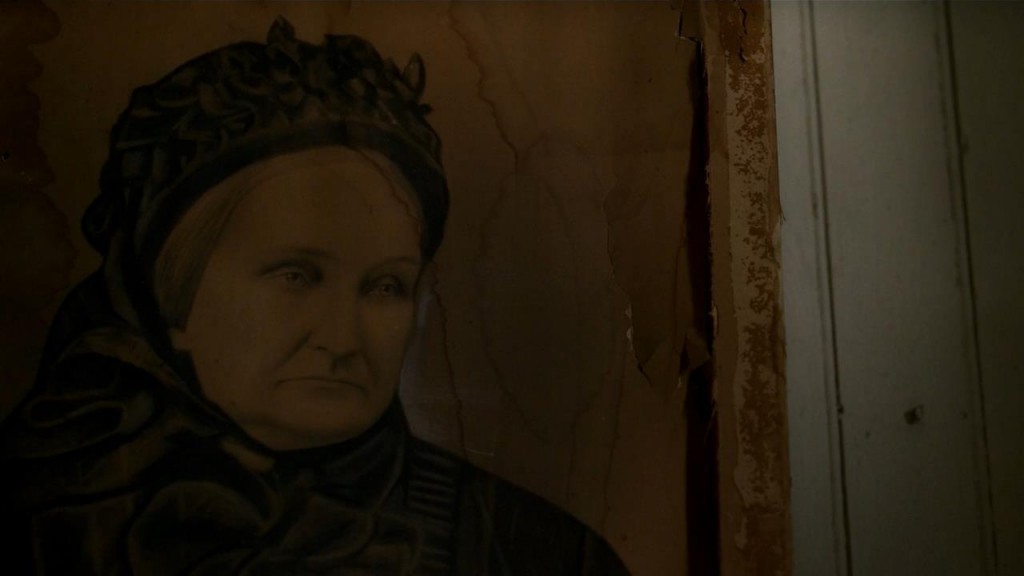
![TD s01 (8).mkv_snapshot_32.37_[2014.04.14_06.04.24]](http://www.unnecessaryg.com/blog/wp-content/uploads/2014/04/TD-s01-8.mkv_snapshot_32.37_2014.04.14_06.04.24-1024x576.jpg)


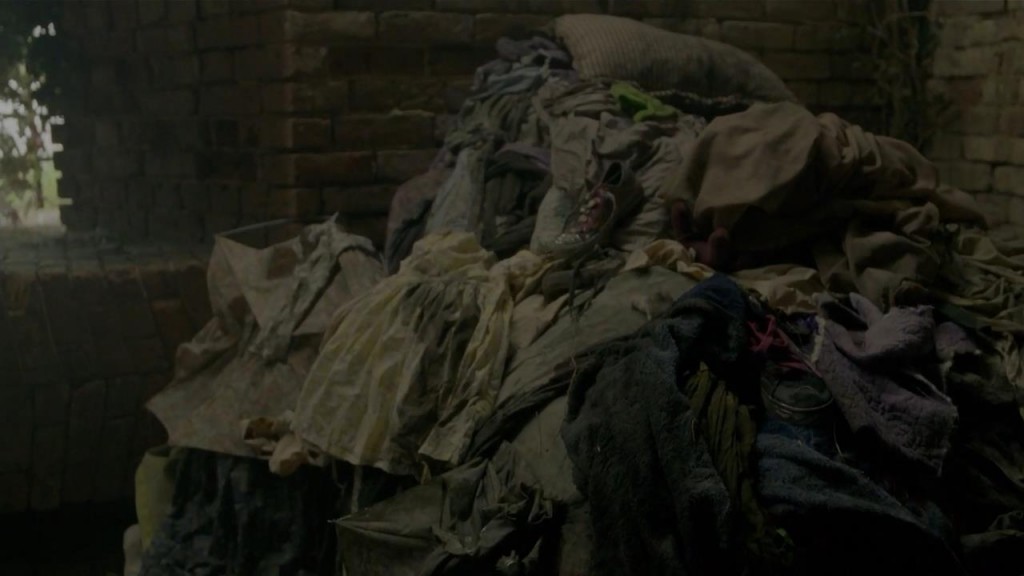
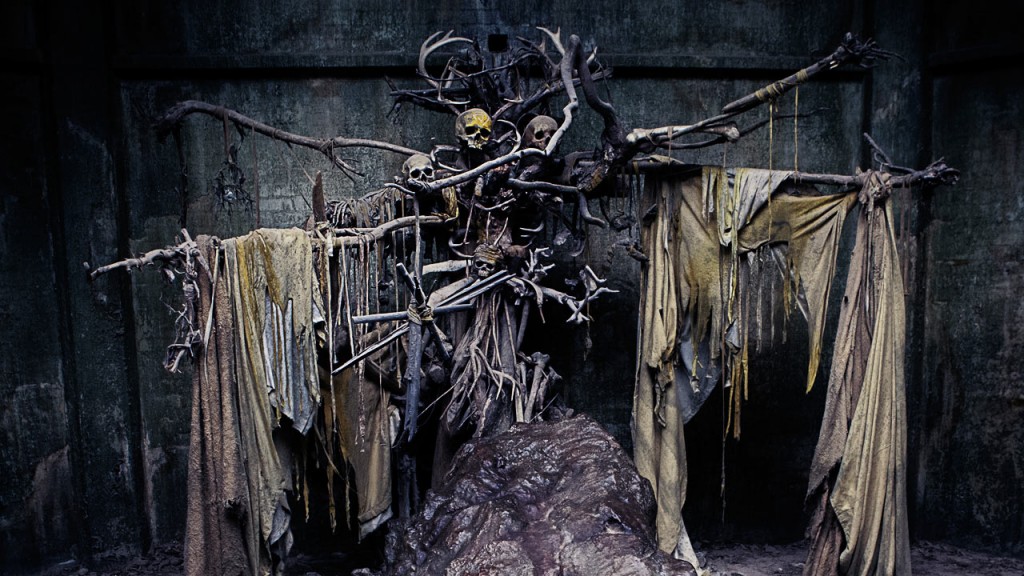



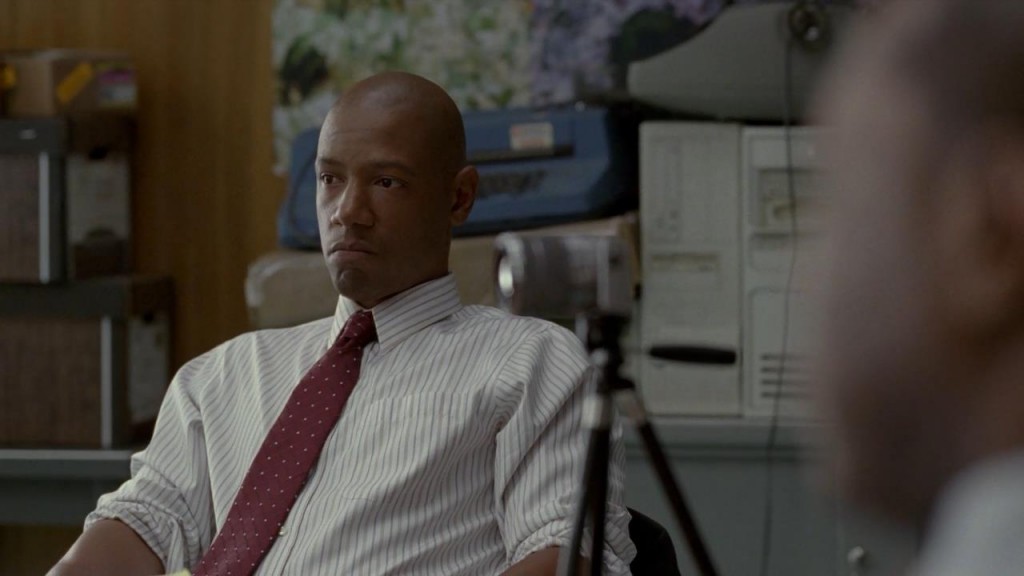

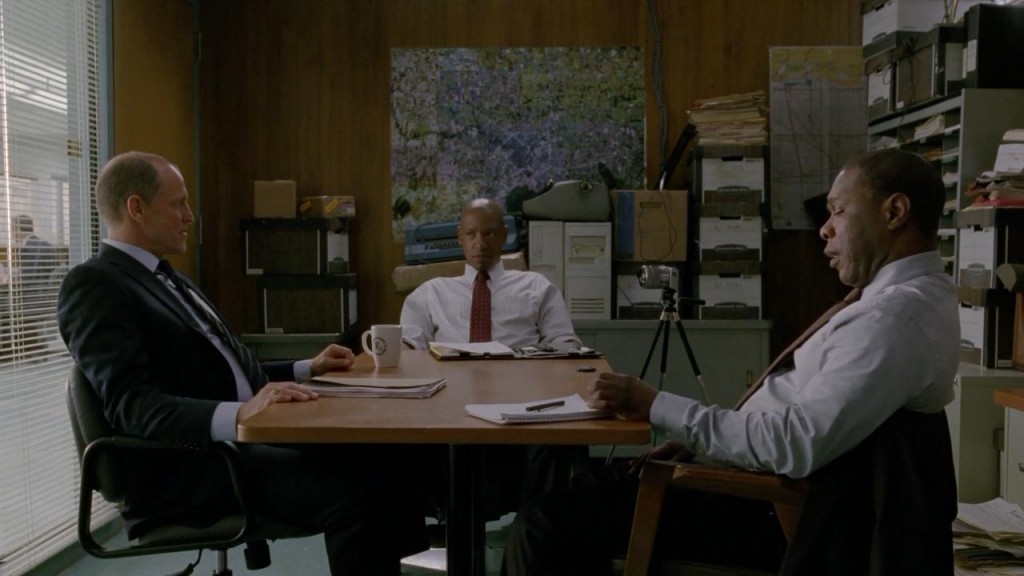






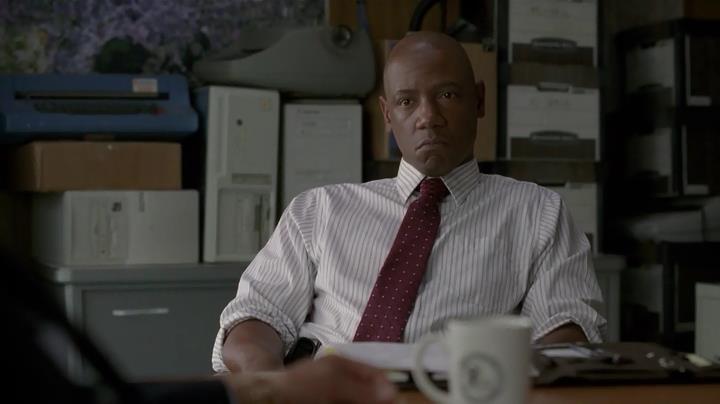



![TD s01 (5).mp4_snapshot_47.32_[2014.04.19_04.55.40]](http://www.unnecessaryg.com/blog/wp-content/uploads/2014/04/TD-s01-5.mp4_snapshot_47.32_2014.04.19_04.55.40.jpg)
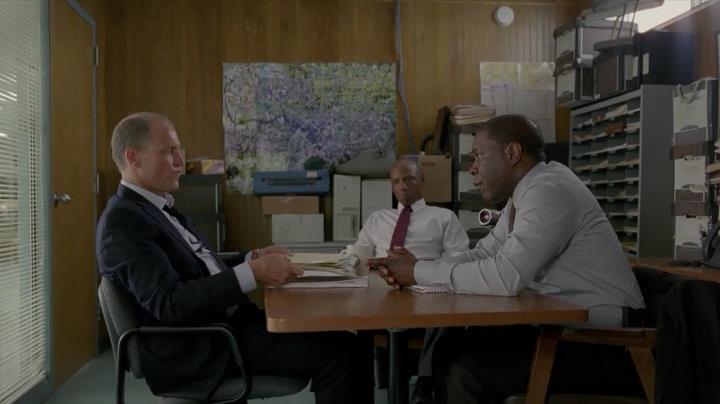

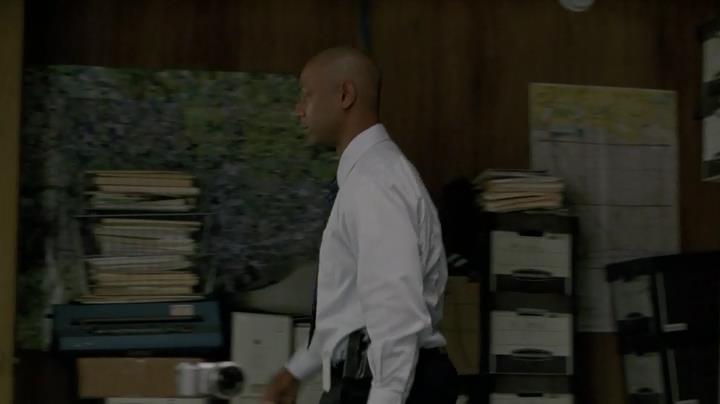

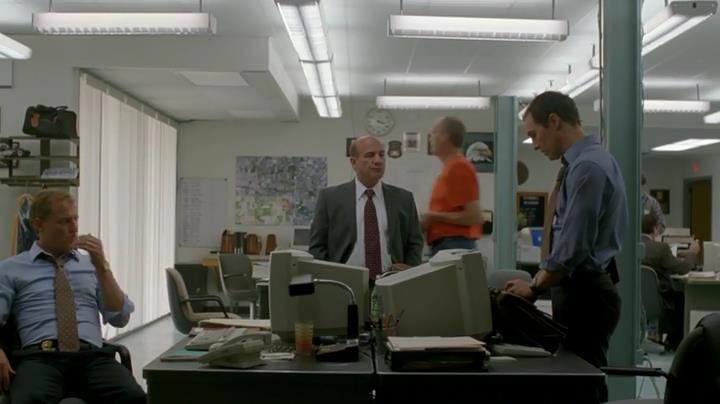




![TD s01 (6).mp4_snapshot_52.31_[2014.04.22_20.57.08]](http://www.unnecessaryg.com/blog/wp-content/uploads/2014/04/TD-s01-6.mp4_snapshot_52.31_2014.04.22_20.57.08.jpg)
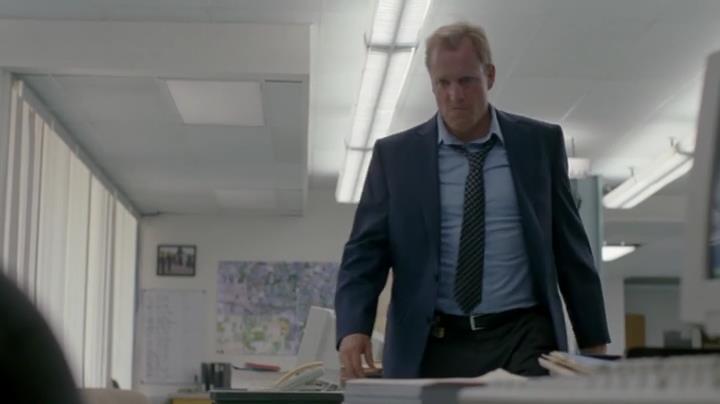

![TD s01 (6).mp4_snapshot_36.47_[2014.02.26_02.17.27]](http://www.unnecessaryg.com/blog/wp-content/uploads/2014/04/TD-s01-6.mp4_snapshot_36.47_2014.02.26_02.17.27.jpg)

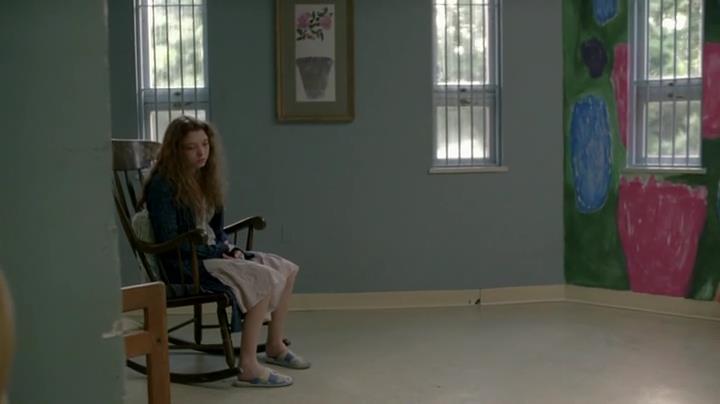
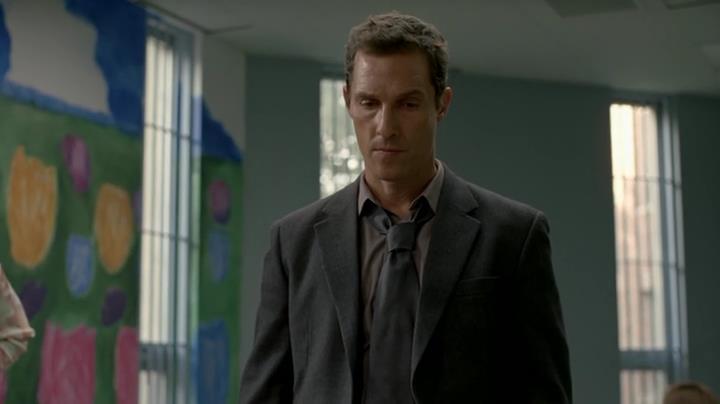

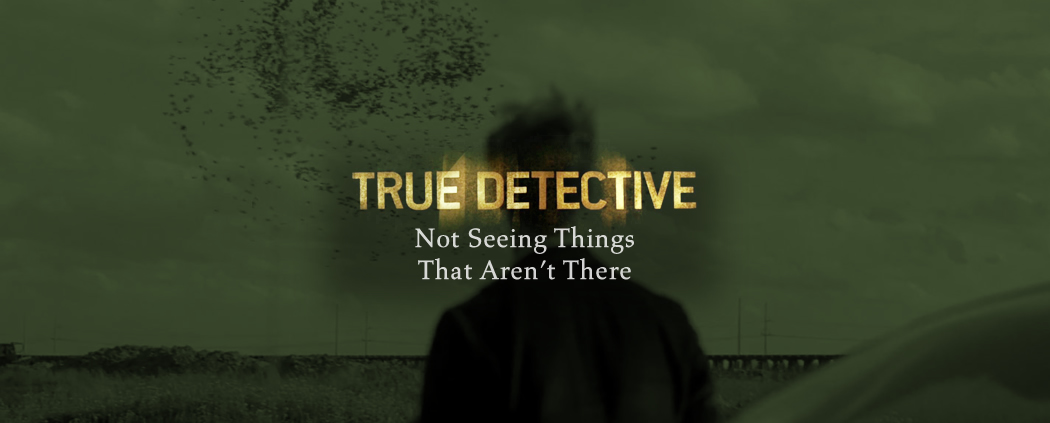
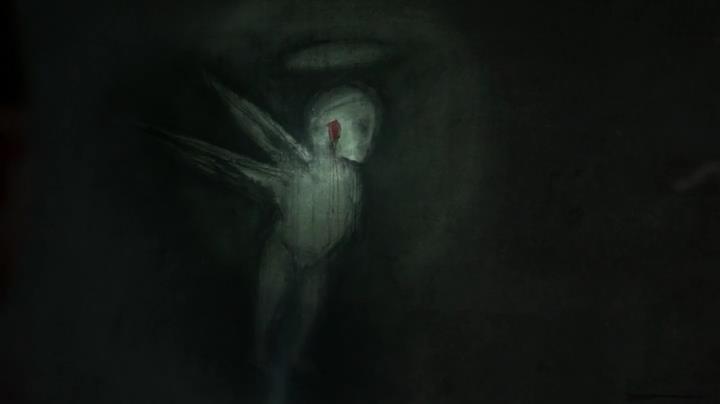



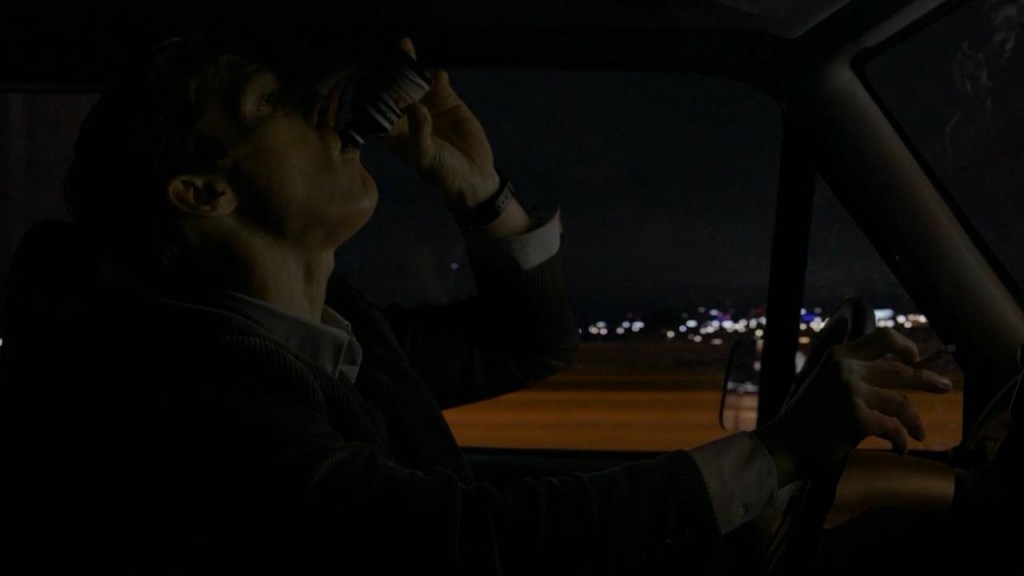
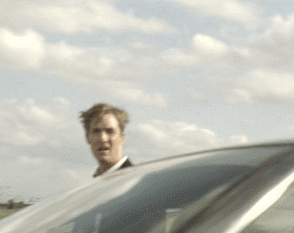
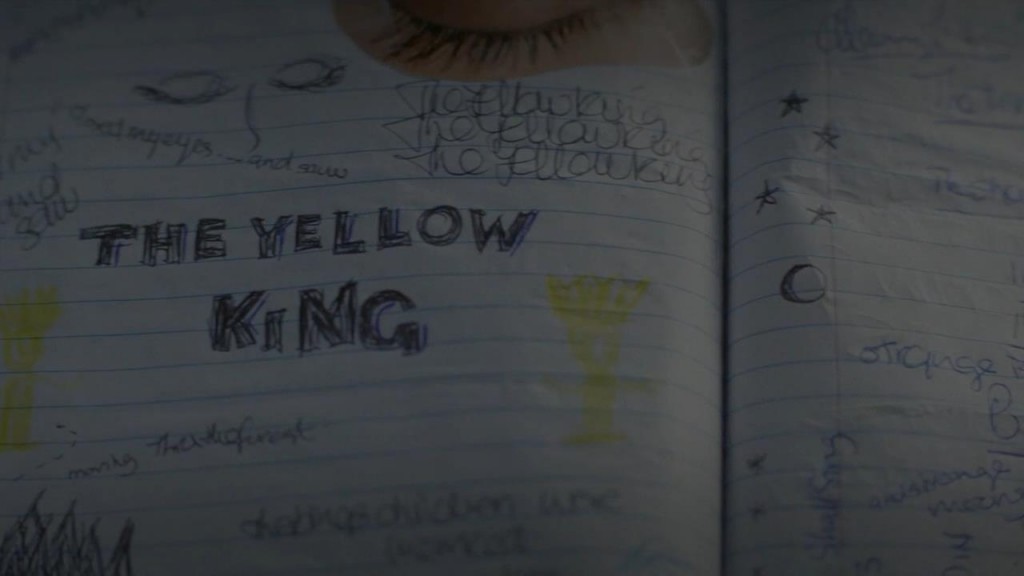

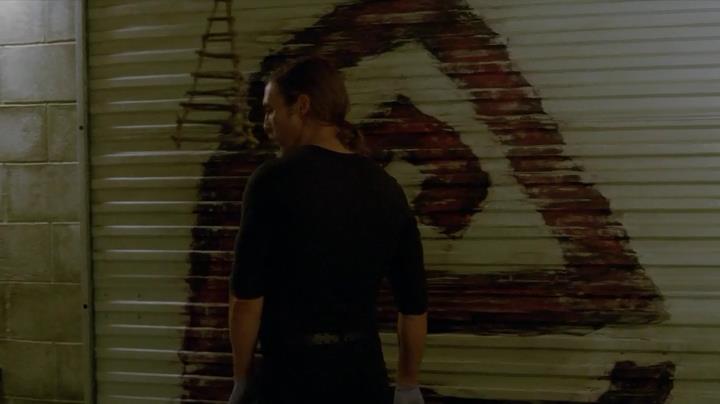
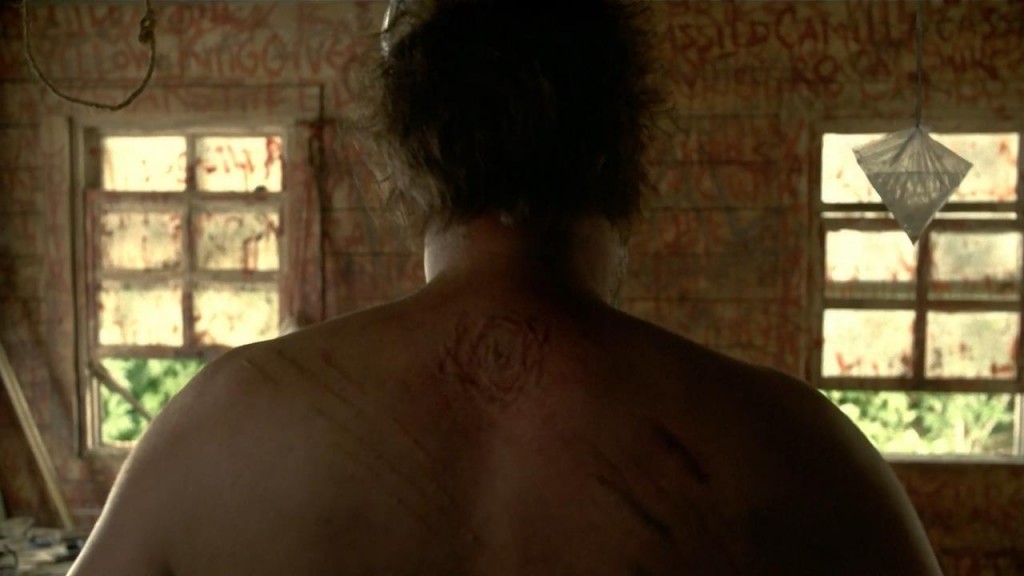
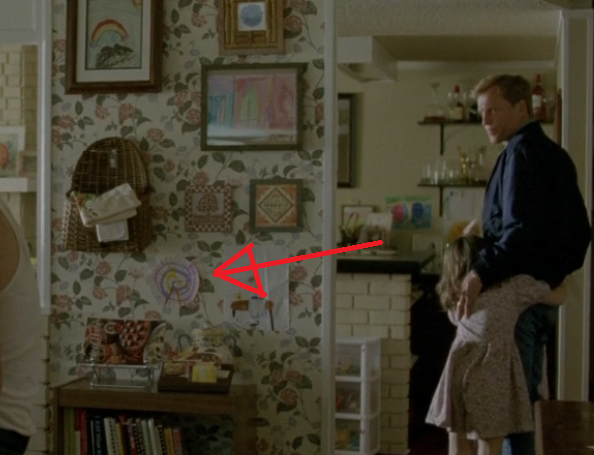

![TD s01 (1).mkv_snapshot_02.03_[2014.04.13_02.00.55]](http://www.unnecessaryg.com/blog/wp-content/uploads/2014/04/TD-s01-1.mkv_snapshot_02.03_2014.04.13_02.00.55-1024x576.jpg)
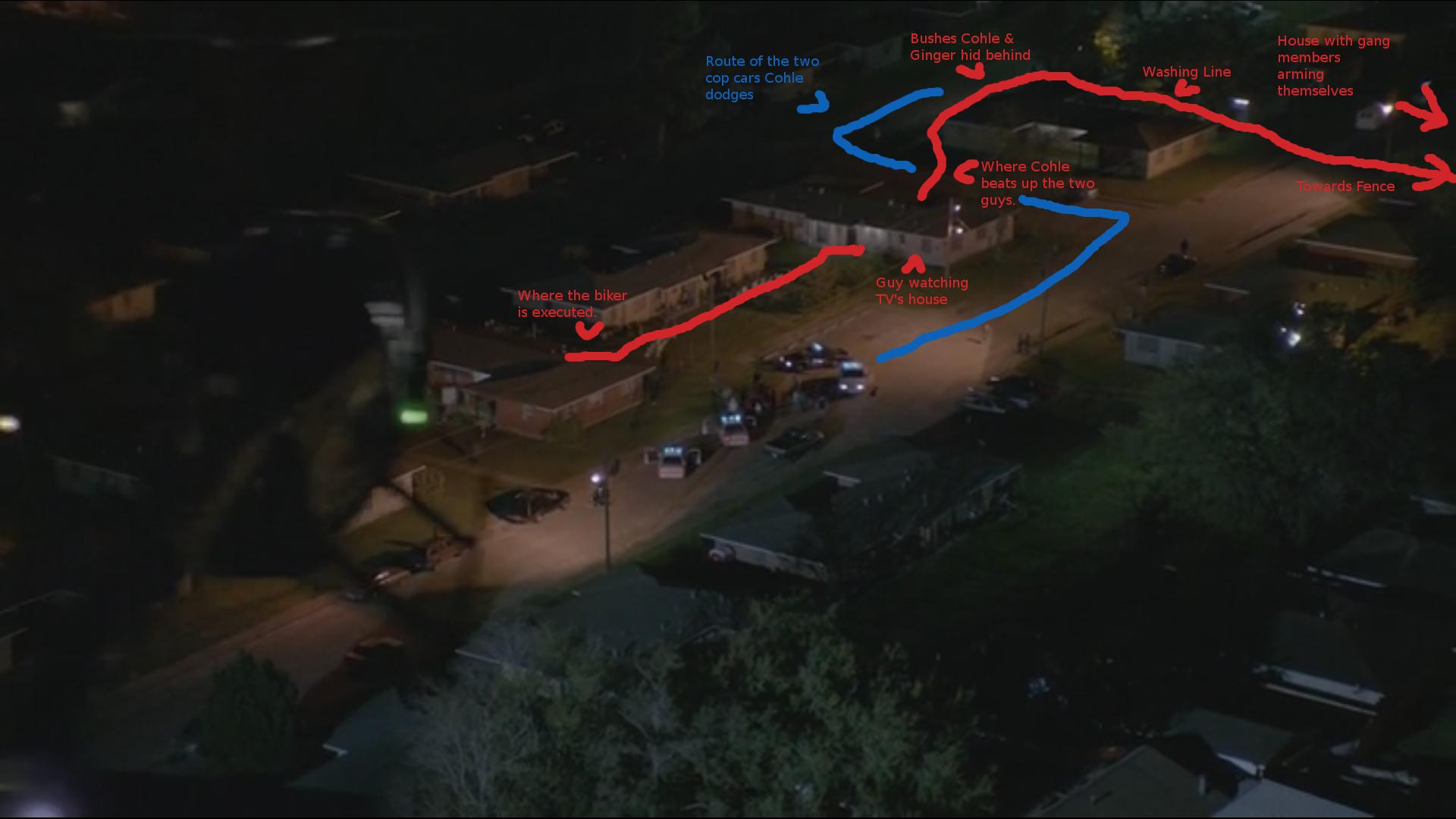
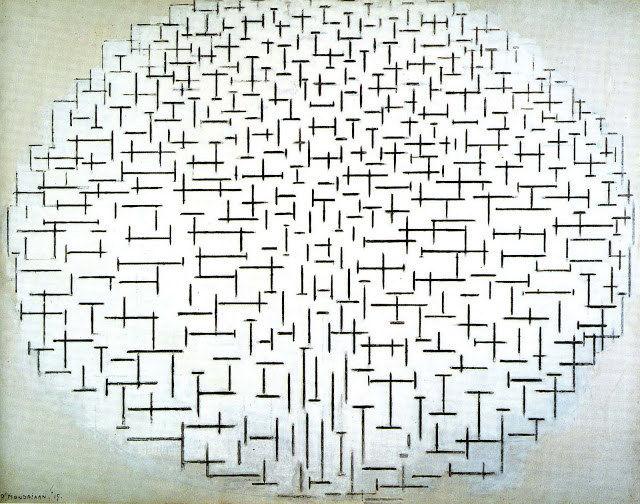

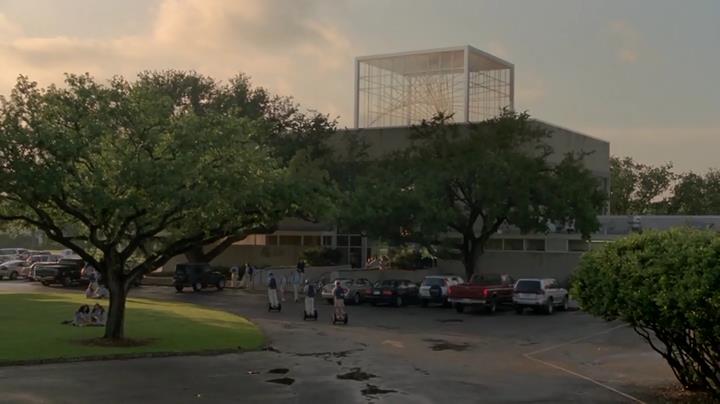

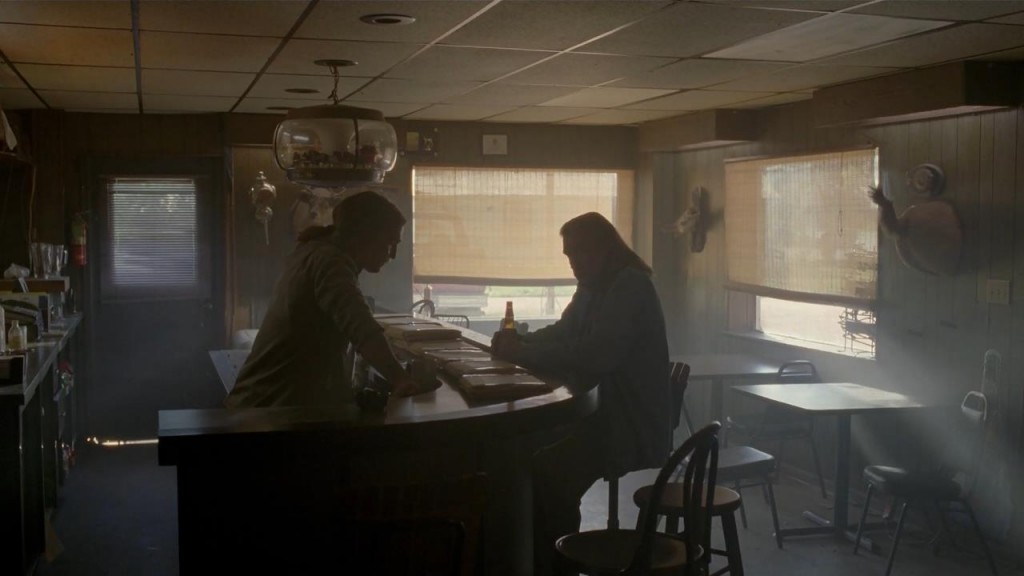
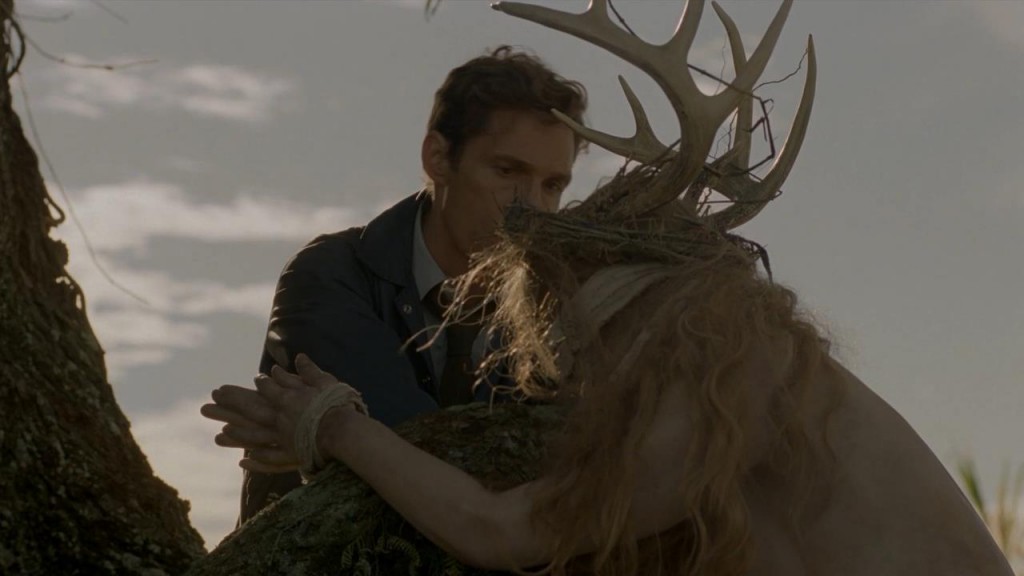
![TD s01 (1).mkv_snapshot_00.18_[2014.02.15_05.50.58]](http://www.unnecessaryg.com/blog/wp-content/uploads/2014/04/TD-s01-1.mkv_snapshot_00.18_2014.02.15_05.50.58-1024x576.jpg)
![TD s01 (7).mp4_snapshot_53.01_[2014.04.17_06.56.09]](http://www.unnecessaryg.com/blog/wp-content/uploads/2014/04/TD-s01-7.mp4_snapshot_53.01_2014.04.17_06.56.09.jpg)
![TD s01 (7).mp4_snapshot_53.12_[2014.04.17_06.56.21]](http://www.unnecessaryg.com/blog/wp-content/uploads/2014/04/TD-s01-7.mp4_snapshot_53.12_2014.04.17_06.56.211.jpg)
![TD s01 (8).mkv_snapshot_06.31_[2014.04.14_04.29.14]](http://www.unnecessaryg.com/blog/wp-content/uploads/2014/04/TD-s01-8.mkv_snapshot_06.31_2014.04.14_04.29.14-1024x576.jpg)
![TD s01 (8).mkv_snapshot_06.41_[2014.04.14_04.29.24]](http://www.unnecessaryg.com/blog/wp-content/uploads/2014/04/TD-s01-8.mkv_snapshot_06.41_2014.04.14_04.29.24-1024x576.jpg)
![TD s01 (8).mkv_snapshot_06.45_[2014.04.14_04.29.34]](http://www.unnecessaryg.com/blog/wp-content/uploads/2014/04/TD-s01-8.mkv_snapshot_06.45_2014.04.14_04.29.34-1024x576.jpg)
![TD s01 (8).mkv_snapshot_06.46_[2014.04.14_04.29.30]](http://www.unnecessaryg.com/blog/wp-content/uploads/2014/04/TD-s01-8.mkv_snapshot_06.46_2014.04.14_04.29.30-1024x576.jpg)
![TD s01 (8).mkv_snapshot_06.53_[2014.04.14_04.29.42]](http://www.unnecessaryg.com/blog/wp-content/uploads/2014/04/TD-s01-8.mkv_snapshot_06.53_2014.04.14_04.29.42-1024x576.jpg)
![TD s01 (8).mkv_snapshot_06.55_[2014.04.14_04.29.44]](http://www.unnecessaryg.com/blog/wp-content/uploads/2014/04/TD-s01-8.mkv_snapshot_06.55_2014.04.14_04.29.44-1024x576.jpg)
![TD s01 (8).mkv_snapshot_06.57_[2014.04.14_04.29.45]](http://www.unnecessaryg.com/blog/wp-content/uploads/2014/04/TD-s01-8.mkv_snapshot_06.57_2014.04.14_04.29.45-1024x576.jpg)
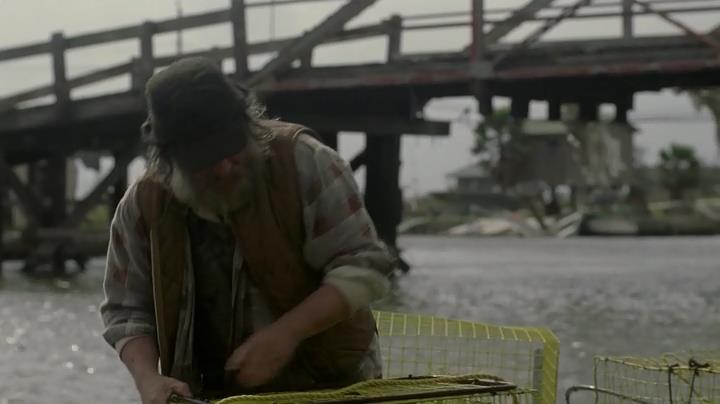


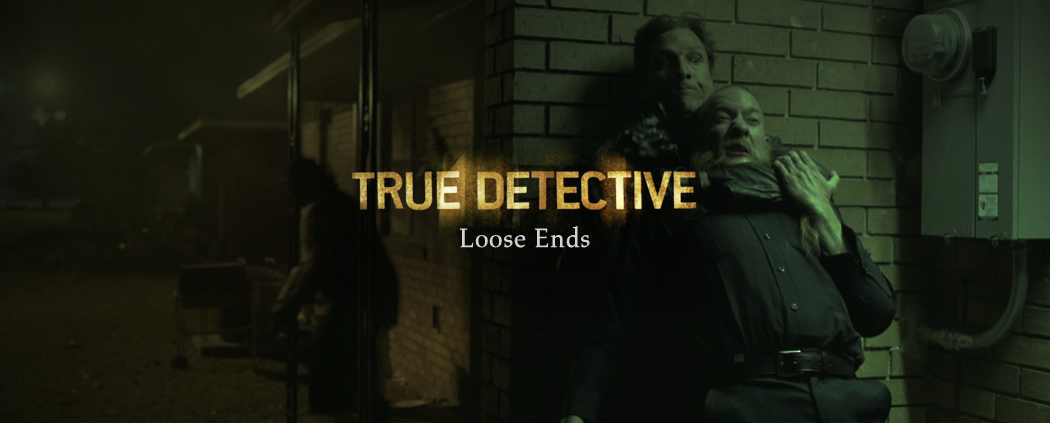


![TD s01 (1).mkv_snapshot_25.52_[2014.05.07_05.25.19]](http://www.unnecessaryg.com/blog/wp-content/uploads/2014/06/TD-s01-1.mkv_snapshot_25.52_2014.05.07_05.25.19.jpg)
![TD s01 (1).mkv_snapshot_26.03_[2014.05.07_05.25.46]](http://www.unnecessaryg.com/blog/wp-content/uploads/2014/06/TD-s01-1.mkv_snapshot_26.03_2014.05.07_05.25.46.jpg)
![TD s01 (1).mkv_snapshot_26.06_[2014.05.07_05.25.51]](http://www.unnecessaryg.com/blog/wp-content/uploads/2014/06/TD-s01-1.mkv_snapshot_26.06_2014.05.07_05.25.51.jpg)
![TD s01 (1).mkv_snapshot_26.08_[2014.05.07_05.25.55]](http://www.unnecessaryg.com/blog/wp-content/uploads/2014/06/TD-s01-1.mkv_snapshot_26.08_2014.05.07_05.25.55.jpg)
![TD s01 (1).mkv_snapshot_26.10_[2014.05.07_05.25.59]](http://www.unnecessaryg.com/blog/wp-content/uploads/2014/06/TD-s01-1.mkv_snapshot_26.10_2014.05.07_05.25.59.jpg)
![TD s01 (1).mkv_snapshot_26.11_[2014.05.07_05.26.02]](http://www.unnecessaryg.com/blog/wp-content/uploads/2014/06/TD-s01-1.mkv_snapshot_26.11_2014.05.07_05.26.02.jpg)
![TD s01 (1).mkv_snapshot_26.12_[2014.05.07_05.26.11]](http://www.unnecessaryg.com/blog/wp-content/uploads/2014/06/TD-s01-1.mkv_snapshot_26.12_2014.05.07_05.26.11.jpg)
![TD s01 (1).mkv_snapshot_26.13_[2014.05.07_05.26.15]](http://www.unnecessaryg.com/blog/wp-content/uploads/2014/06/TD-s01-1.mkv_snapshot_26.13_2014.05.07_05.26.15.jpg)
![TD s01 (1).mkv_snapshot_26.17_[2014.05.07_05.26.21]](http://www.unnecessaryg.com/blog/wp-content/uploads/2014/06/TD-s01-1.mkv_snapshot_26.17_2014.05.07_05.26.21.jpg)


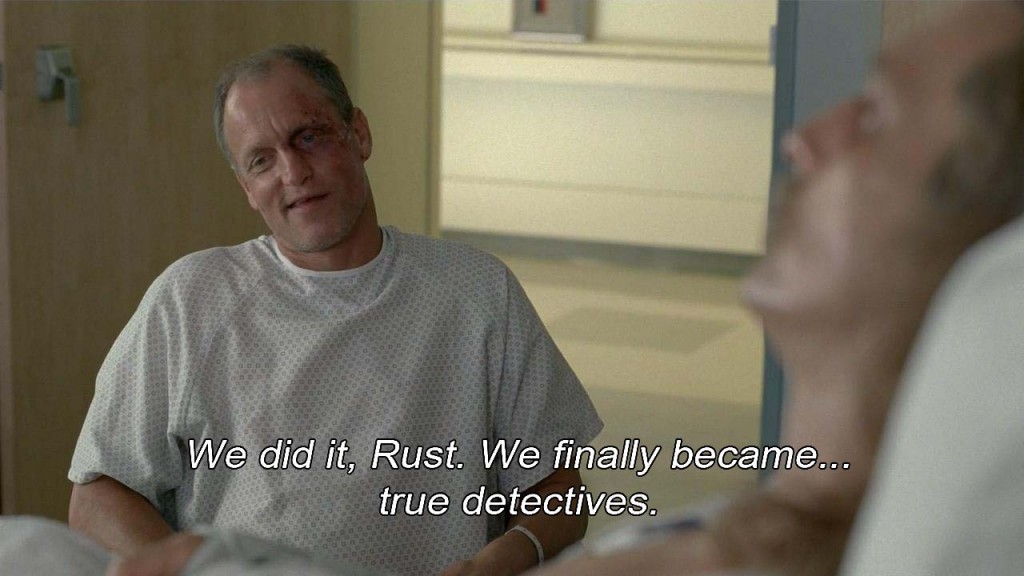
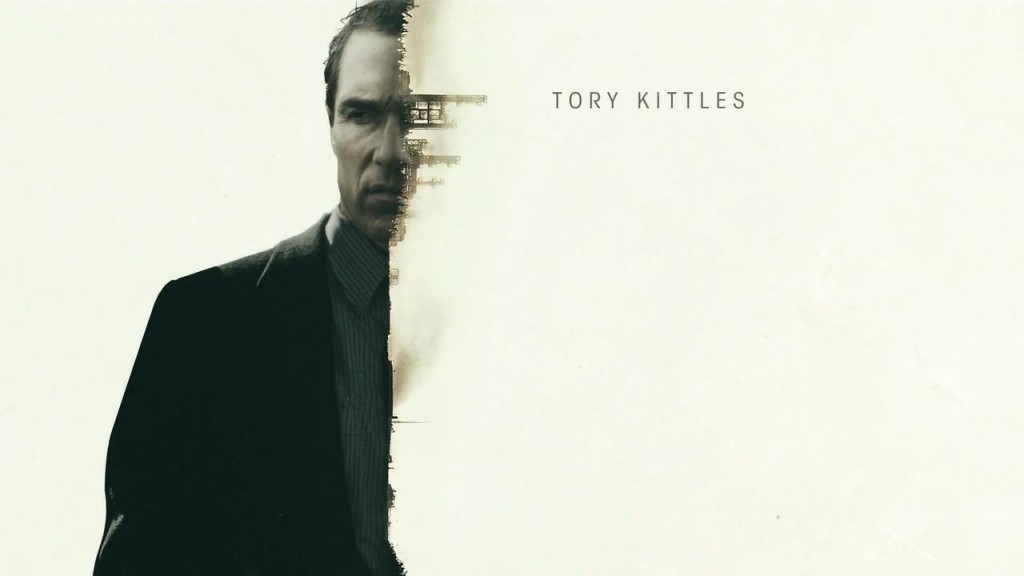

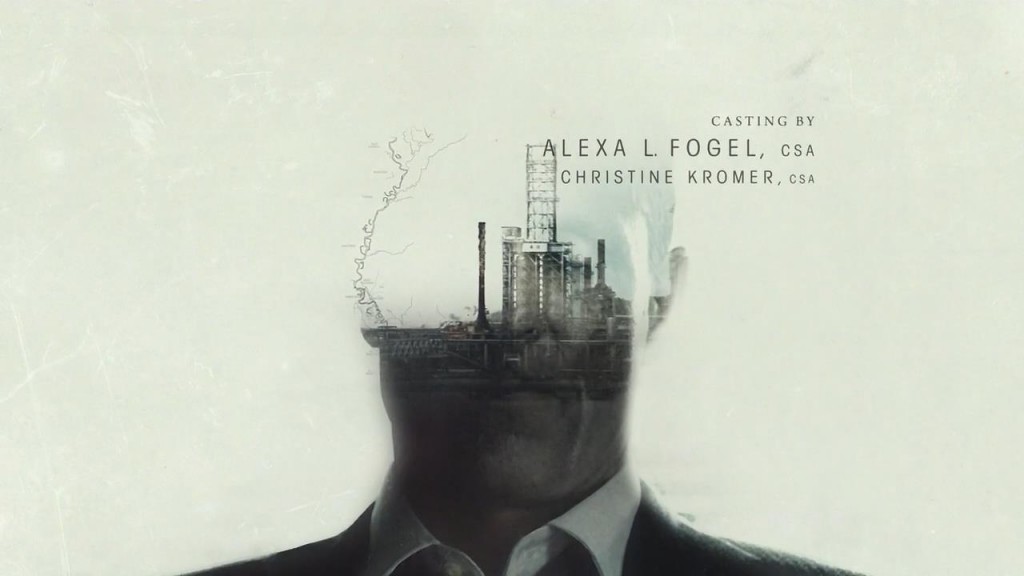
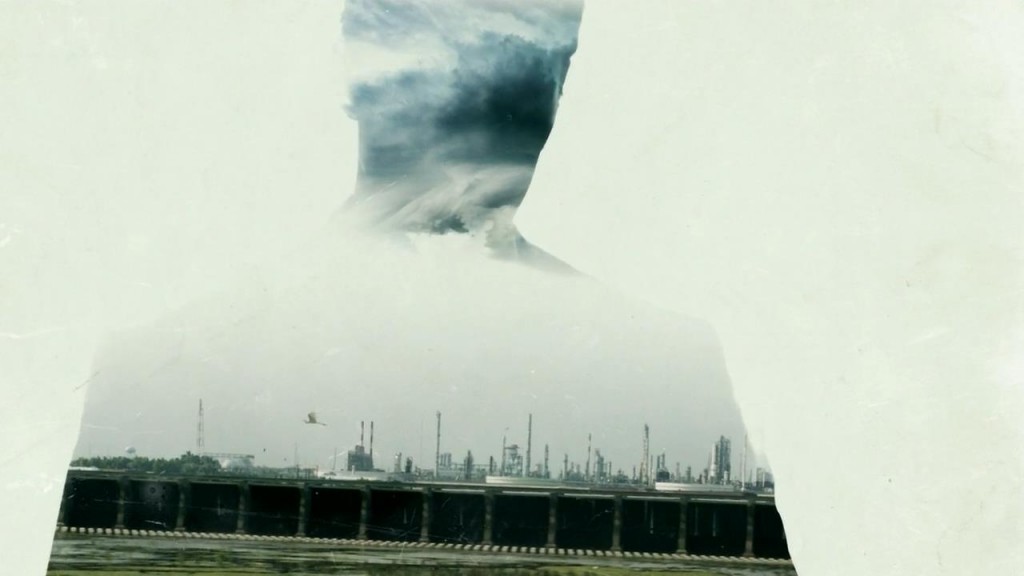
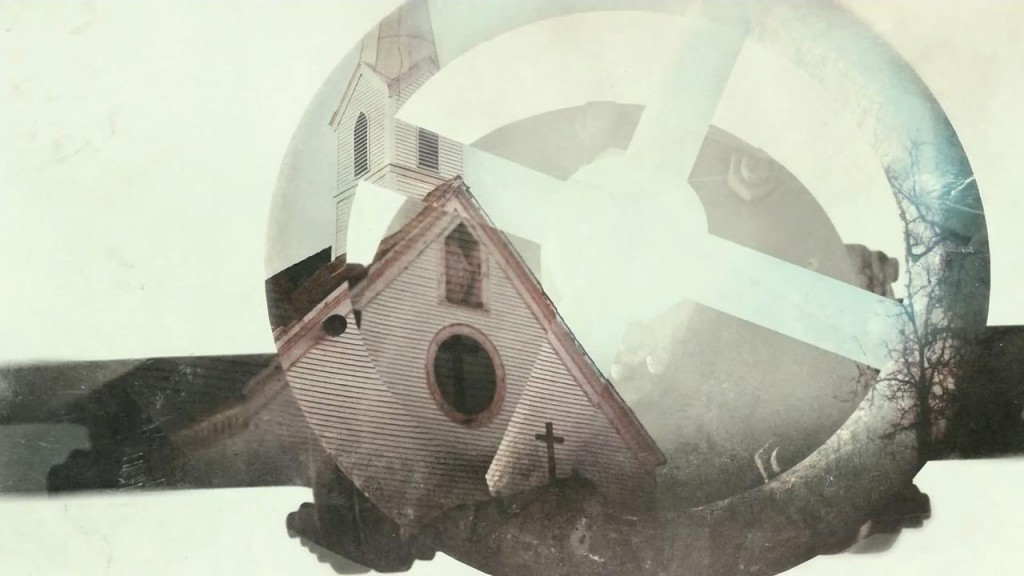

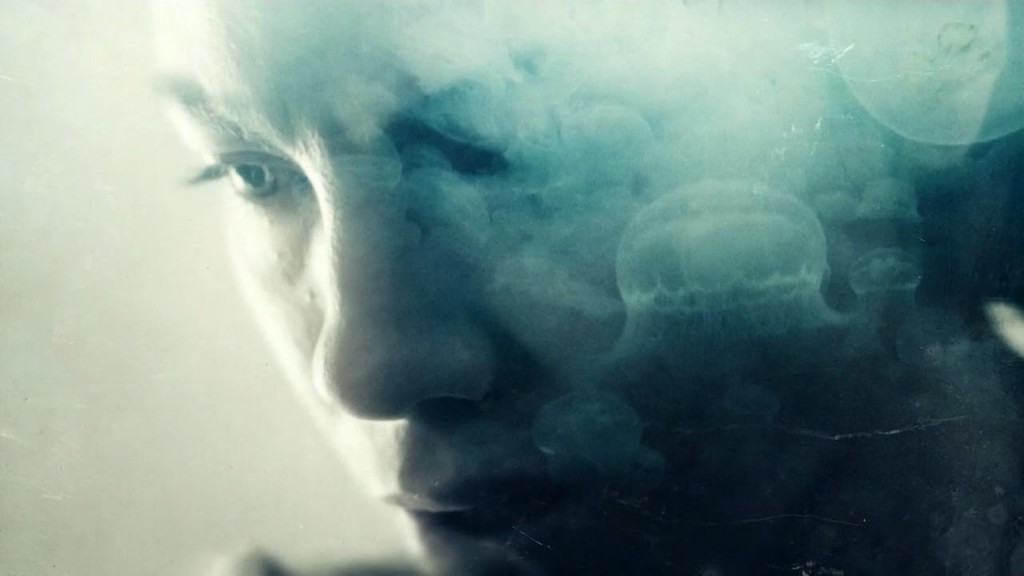




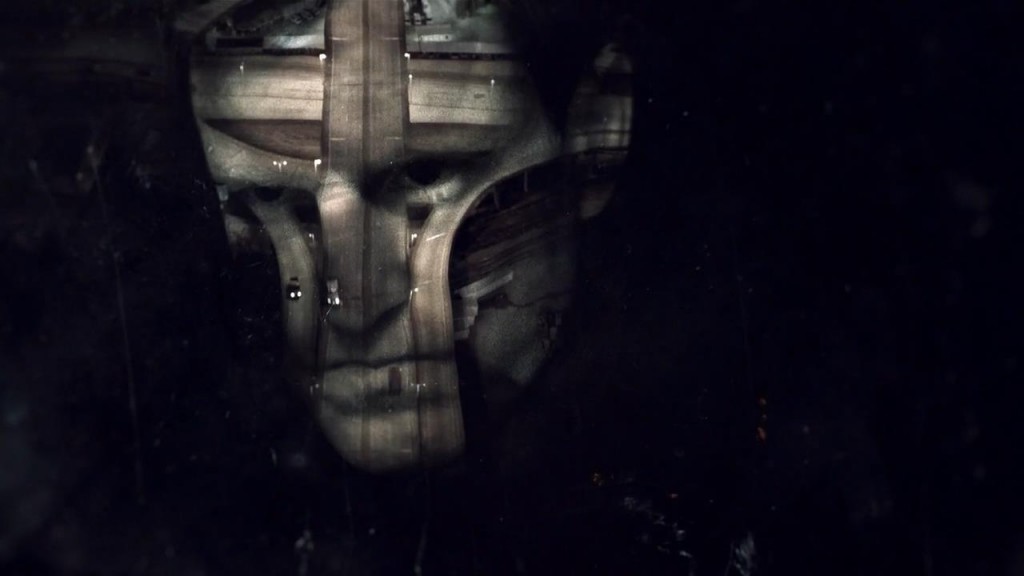

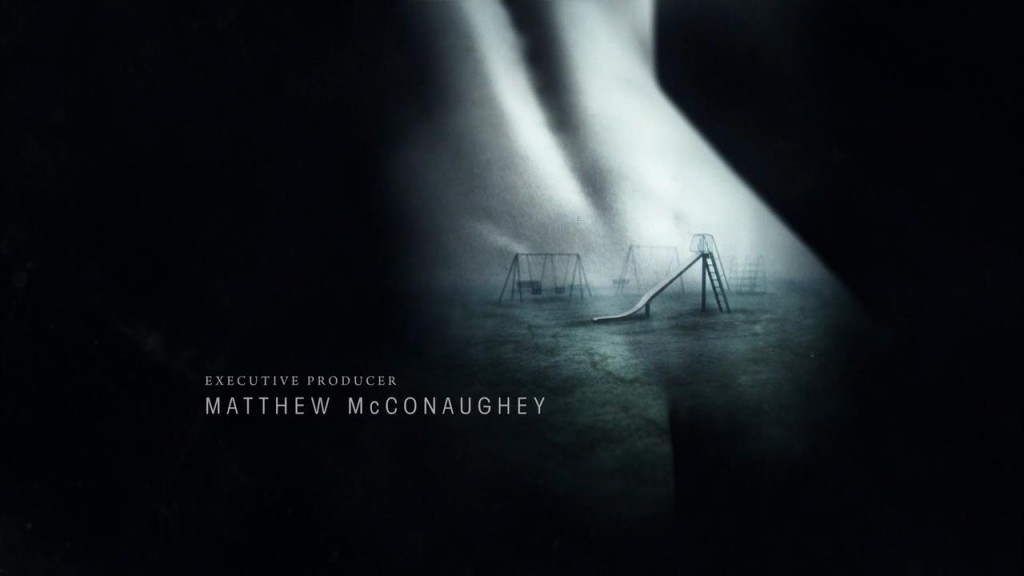

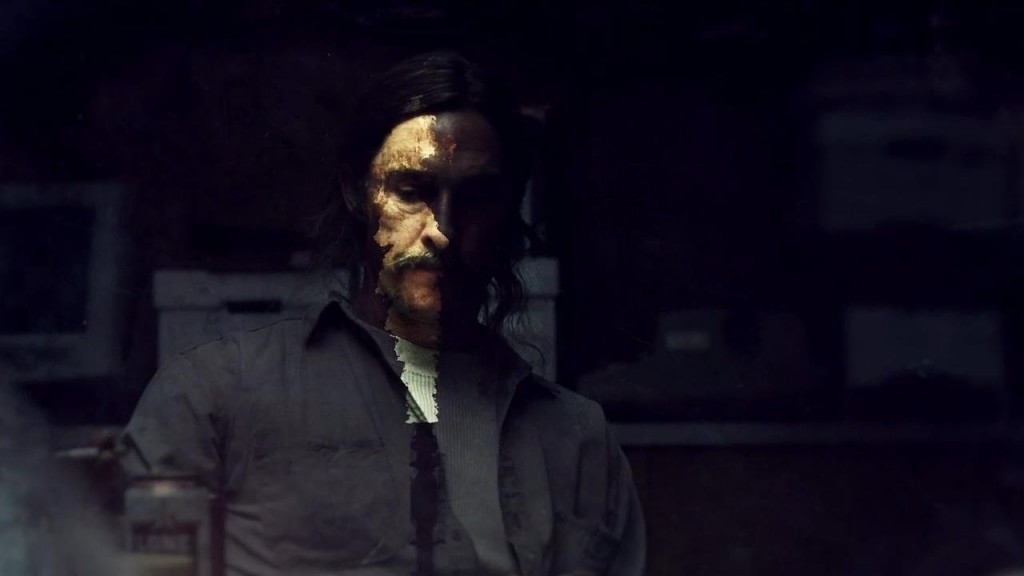



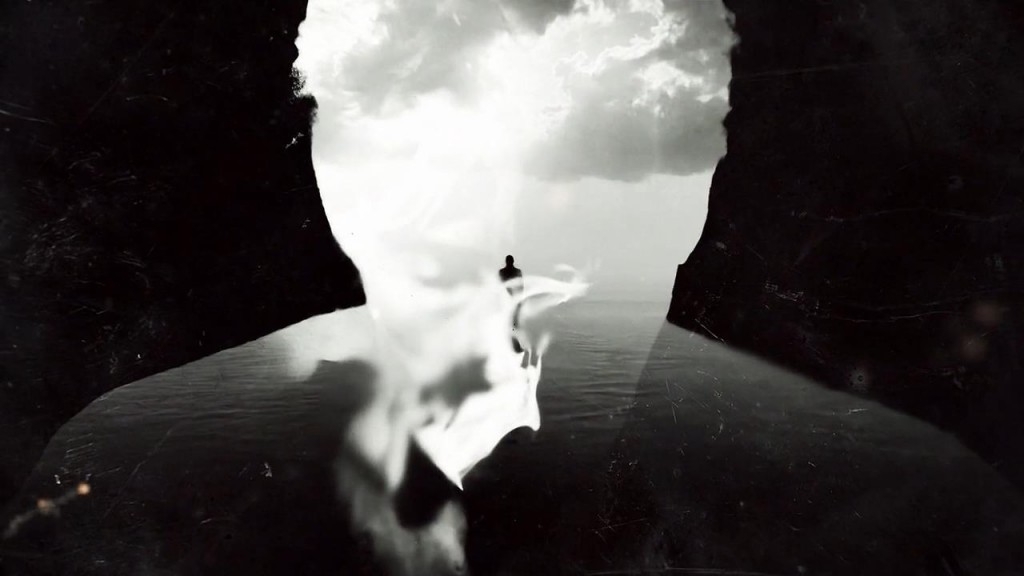
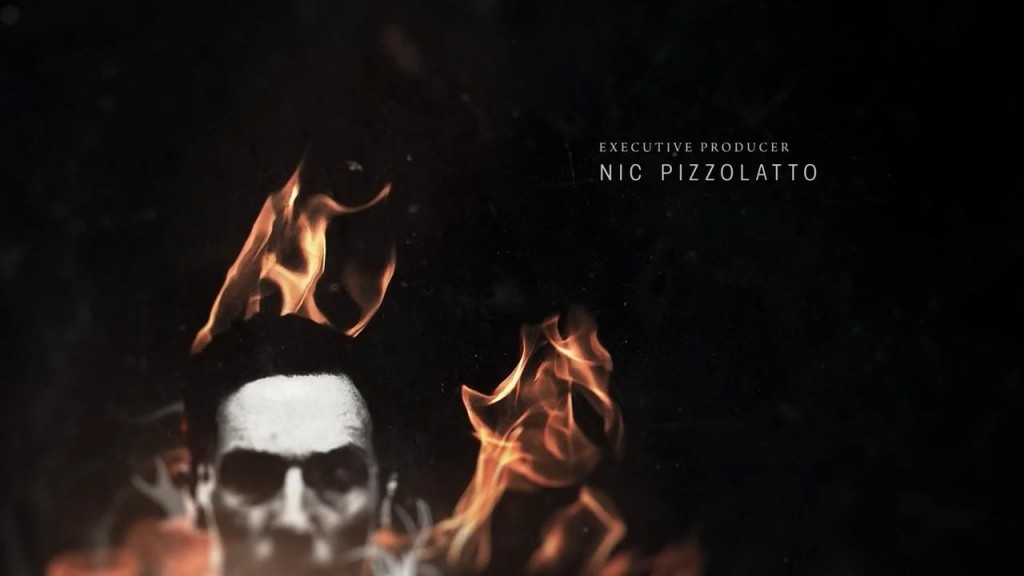

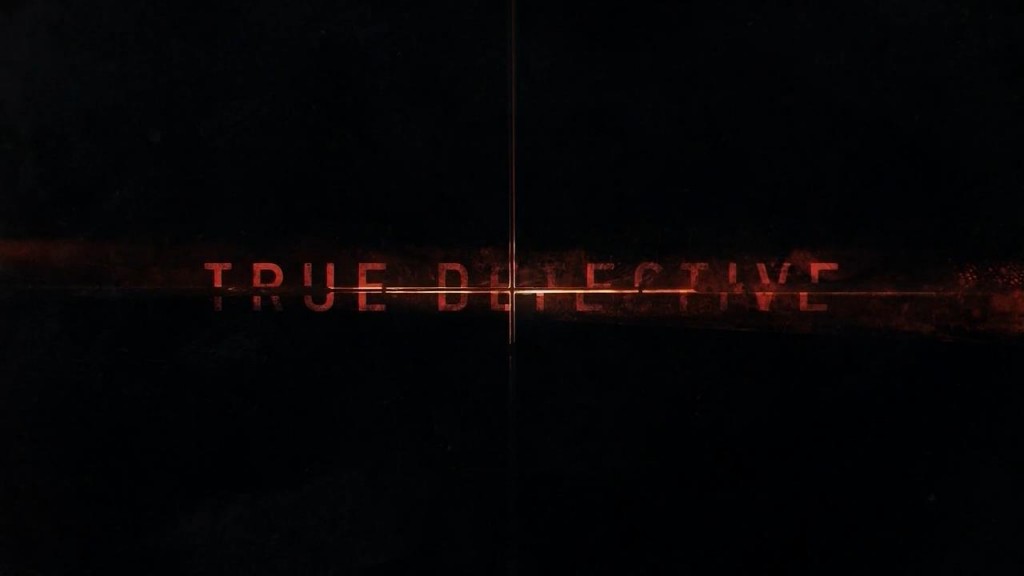
![TD s01 (8).mkv_snapshot_02.29_[2014.04.29_18.48.32]](http://www.unnecessaryg.com/blog/wp-content/uploads/2014/05/TD-s01-8.mkv_snapshot_02.29_2014.04.29_18.48.32-1024x576.jpg)







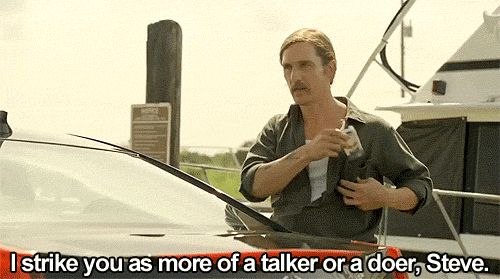
Wow! Your essay is truly amazing!
People might think pieces of things appears in TD in a symbolic way but onl in fragments.
Your analysis is very comprehensive and accurate!
I just can’t agree more on many of your points but I lack the ability to express them.
Thanks for your great work and effort! That’d make more people fall in love with the fantastic show! ^^
BTW, may I have your permission to translate it into Chinese?
I may post the translation version on AO3. You can see my AO3 user site above.
I’ll fully credit it back to u and link it back. Is that ok?
You really want to translate this into Chinese? That would be so cool! I would love that.
There was a small bit of the essay left over that I haven’t edited into the main essay yet, it’s right here:
http://www.unnecessaryg.com/blog/?p=2023
It would probably fit in pretty well just before the “Opening Credits” section.
This sounds really cool, please let me know when you’ve got it done.
Great essay. Some things worth mentioning about symbolism: the yellow Kings crown is everywhere in the show most notably on the label of Lone Star beer, Marty’s house (especially his kitchen) gets painted at some point and is changed from blue floral to yellow, the yellow sign appears on a paper plate in Marty’s kitchen, dark stars appear throughout in numerous places and on numerous people, green and blue seem to symbolize life, order and calm, while yellow symbolizes madness and chaos and black symbolizes death, the Camels that Rust smokes are important on two levels – 1) camels are symbolic of journey and travel 2) the camel logo is notorious for the hidden man waving his junk and led to the camel itself becoming a phalic symbol which fits well into the buddy cop theme, the fact that Rust is often seen around crosses sets him up as the sacrifice expected at the end of the story (the Jesus shot reinforces this), the owl, lynx, and man with a torch carrying skins are all found and are symbolizing the fact that our world is dying, fish everywhere are both phallic as well as a sign we are killing the planet either directly through industry or more symbolically by raising Cthulhu, the vortexes and spirals are symbolic of of wormholes which allow for jumps through time, and many others, most of which you picked up on in your excellent essay!
You say there are two stories but I think there are three to coincide with the three timelines. The first is the buddy cop drama you described very well from Martys perspective. It tells the story from start to finish.
The second story involves the other characters. They create and focus a narrative that touches on the impact of industry, the futile nature of religion and life in general, the impact of social progress on men (losing power) and women (not sure how to exert power), the roles women are expected to fill and/or not fill, the roles men cling to and fail, race, the eroding family structure, the pain and suffering associated with life in a post industrial world, the corruption of those in power, poverty, the power (or lack of power) of perception, and many many other themes of both greater and lesser importance.
The third story is the horror story which few people seem to acknowledge in any way other than as a means of adding interest in the background. For the sake of simplification, I think this is a story about life and death, or rather a battle against encroaching death. The environment itself is split between water and land, yellow and green, dark and light. The people encountered are fractured and sick. Rust is the stranger. He makes it clear when he claims he knows who he is and there is a victory in that. He wears no mask. The stranger is the nemesis of the King in Yellow in later horror fiction. The King in Yellow is not a king but a universal force of nature. Man will attempt to put a face on it, but that doesn’t change it. The idea here is that the powers that be (religion and politics) are working against us to hasten the end of the world. They are doing this by polluting the psychosphere with Haster cult like killings as well as polluting the planet with industry. To make a long story short, Rust uncovered something in France (which is linked to Carcosa if you read up on it) opening his mind to the yellow king and inviting madness and suffering into his life. Or he purposely uncovered it searching for the King in Yellow. It is not clear. Nevertheless, in order to complete the objective of the powers that be and ruin life as we know it, Rust is set up to be sacrificed as he is all that stands in the way of the King in Yellow. Since time is a flat circle, he ponders the nature of this sacrifice before encountering it. He is a priest of this strange religion, understanding suffering and shame in a way that allows him to get ‘confessions’, but also gives him the ability to identify with the symbols and mindsets of those in the cult. They are waiting for him in a grand finale that will end the battle between light and dark, life and death, and time repeating itself. Instead of becoming Carcosa like, the land will become Carcosa itself. All that is needed is for Rust to do what he himself always assumes he would do when given the chance; just let go. Only he doesn’t and inadvertently saves everyone from an unimaginable horror. Is Rust the lone Star (he is from Texas)? Is he the star that is needed to align all of the stars for the return of Cthulhu (endless references to this and endless shots of the water creeping up onto the land and taking it back)? Did the writers combine elements of Chambers and Lovecraft here? Interesting that when Rust was presumably dying we see a flare appear in the hole in the roof where the vortex appeared. Is that the lone “star” that he refuses to become?
Anyway I loved your writeup. You picked up on a lot of things I missed, particularly the use of green and red as stop and go. Thanks so much and I look forward to revisiting your page.
WOW. That is a FEAST of excellent observations! I wish we had spoken before I wrote the article. Would you mind if, at some interminable point in the future, I incorporate some of these?
I think you’re stretching a few times, or maybe you’re making points that you hadn’t had time to write out yet (what’s this about Rust’s trip to France?), but nearly everything you’re saying resonates. My favorite is the thing about the Camels — with the famous subliminal on the cover, of course that’s what Rust smokes!
I like the stuff about Cthulhu. That sounds like the kind of thing they’d wedge into there. Next time I watch it I’ll definitely be looking. “Keep your eye on the crab traps, I guess.”
Have you read this:
http://www.reddit.com/r/TrueDetective/comments/2who02/true_detective_a_reintepretation_of_the_final/
Seems to fit with what you’re saying about Jesus.
Thank you very much for writing!
I know you will probably read my response and say “hmmm, out to lunch” but take a second to ponder the crab as a symbol. It appears in the show in numerous places but most importantly in Rust’s storage shed on the left wall. A picture of a big red crab. The Kraken is a mythological beast associated with many things, but the important connection here is that the Kraken is also called the ‘crab fish’. A cursory glance at any Kraken picture will instantly bring to mind Chtulhu. Are men mindlessly fishing in the show or are the mindlessly raising the Kraken? Anyway, thanks again!
Incorporate all you like. I have pondered creating a blog to explain what I saw in this show being a horror fan, but I resigned myself to the fact that I don’t have the time or the patience. However I stumbled across your excellent essay while looking for artwork associated with the fiction using Carcosa. I am glad I did because you are “mainlining” a great deal of the secret truth of the show.
Yes, my response was made in haste. Some of the connections may seem like stretching, and perhaps they are, yet I don’t believe the writers of this show put anything in place without reason. Is there a cohesive storyline being told behind the other more obvious two stories? Or is it a rabbit hole that leads to nothing other than shout-outs to a genre the writer appreciates? I believe Rust himself is telling the third story, albeit as an unreliable narrator just like the narrator found in Chambers short story.
As far as France goes, he tells Maggie’s friend he spent time in Paris while dancing. I don’t think Paris fits with the rebel survivalist loner nonsnooty beer drinking persona set up for Rust in any way other than to reinforce the connection to the source material.
Rust doesn’t sleep he only dreams. The narrator in Pierce’s Carcosa story is also trying to determine if he is dreaming or awake. Rust isn’t sure if he is mad or if he really seeing these things. The narrator in Pierce’s Carcosa story describes this same experience. Rust ponders his experience and the nature of his perceptions while staring at the “roots” (cleverly shaped into the yellow sign) of the tree in the show, just as the narrator does in Pierce’s story.
The whole opening sequence of the show is taken directly from Pierce as the half naked man with hair unkempt walks through the tall grass carrying a torch and ‘skins” and sets up the murder scene while ignoring us, the audience, just as he ignored the narrator in Pierce’s story. We, like the narrator in the story, are witnessing Carcosa. The line between our world and it is clear as day we see the cops, some working for us, some working for the Yellow King, walk between two fields of tall grass towards the murder scene. One side is alive and green, the other dead and yellow…
As far as the Lovecraft connection, the most obvious is the fear of water. Water is everywhere in this show, and it is never ever blue but always black. It is always taking territory and encroaching on the ‘green’.
Certain stories that seem to have links are the “Dunwich Horror” (hideous outsider from a prominent family Wilbur Whately trying to decipher the necromonicon to bring about the return of the old ones sure sounds similar to the character of Childress),”The SHadow over Innsmouth” and the themes of degeneration, tainted ancestry, forbidden mysteries, and a reality which human understanding finds both incomprehensible and intolerable all can be found throughout True Detective. There are countless other Lovecraft themes and symbols found in the show, but I don’t want to litter your page with my thoughts. Since you are able to capture certain scenes, look for the Monster at the end of the story that RUst describes to the detectives. When the episode ends it freezes on Ledeaux in a gas mask, with a machete, in front of trees. Look closely at where it freezes and you will see the outline of Dragon wings in the trees. There is no way that was an accident. That sure look like a Cthulhu reference (as does the drawn picture of the Spaghetti monster).
If you ever want to discuss this more feel free to contact me. I am a big horror/fantasy fan and know some of the source material referenced pretty well and I obviously enjoy discussing it. I just wish I had found your page earlier because everyone I try to mention these things to thinks I am crazy lol. They don’t follow the genre. They see the first story and that is all.
Thanks again for the response and I look forward to revisiting your page soon.
Actually, if YOU have any revisions you’d like to suggest, or if you’d like to write something for me to host here or work into the essay, I think that would be great. I’d have no problem expanding this essay to include (even more) outside passages. I’ll help you with the pictures if you need any help with that.
I think you’re on to something with Paris — didn’t he say he spent the whole time drinking in front of Notre Dame? Interesting that he was attracted to one of the most sacred places in the world. Curiously, last time I was in Paris somebody killed themselves at Notre Dame. It’s a heavy location. But much more pleasant that Carcosa, and much much older.
Speaking of which, you make a very strong case for the first couple shots being an illustration of the poem of Carcosa. Actually I’m going to go ahead and put that in the categories of “definitely”, “how did I miss that?”, and “damn I wish I’d thought of that.”
Also excellent point that the dead field is yellow and the living field is green. They set that up on purpose and they continue it.
My god, you are right about the trees behind LeDoux too! They have a really clear and easy to understand system for how they set the trees up behind the characters. That’s fantastic! I’m definitely stealing that.
I’ll watch out for what you’re saying about the water.
Your theory does a better job of tying in the obvious picture of Flying Spaghetti Monster than any I’ve seen elsewhere. That’s also the Green Man from ancient myth. It’s fair to say that they just tied as much Lovecraft in as they could, just to see what would happen. This is a simultaneous uncoiling of multiple myths.
By the way thank you for the link! That is excellent stuff. I disagree with some of it but the writer makes a very compelling case and also seems to be “mainlining” some of the secret truths of the show!!!!
I don’t think you need any revisions other than some minor additions in parts. I think your essay is excellent which is what led me to comment on it in the first place.
The Paris connection is there for anyone who reads Chambers. It isn’t entirely easy to discern, but it is there.
You are correct about it being Notre Dame. Why is this significant? Well for starters it is well known for its Gothic architecture and the Naturalism of its sculptures and stained glass. Naturalism in the arts is the attempt to represent subject matter truthfully, without artificiality and avoiding artistic conventions, implausible, exotic and supernatural elements. Realist works of art may emphasize the ugly or sordid, and deals with the accurate depiction of lifeforms, perspective, and the details of light and color. This is contrasted and a reaction to Romanticism which emphasized intense emotion as an authentic source of aesthetic experience, placing new emphasis on such emotions as apprehension, horror and terror, and awe. Romanticism revived elements of art and narrative perceived to be authentically medieval in an attempt to escape population growth, urban sprawl, and industrialism.
So what you are probably asking. Well, Rust and Marty fit this descriptive contrast. Marty and Rust, Hart and Cohle, or “Heart and Soul”. Marty is all emotion and sentimental. Rust is his opposite introspective and introverted. The way each makes sense of the world have obvious parallels to naturalism and romanticism. And the reason neither could find the clue that was right under their noses was because Rust excluded the supernatural at first and Marty tried to escape the progress of of not only his own life, but all life as represented by the growth of industry, population and urban sprawl. If he doesn’t look down, he can see 40…
The cathedral treasury is notable for its reliquary which houses some of Catholicism’s most important first-class relics including the purported Crown of Thorns, a fragment of the True Cross, and one of the Holy Nails. The connection here to Rust is obvious. He was the sacrifice. He pondered the nature of accepting that by placing a cross above his bed even though he himself didn’t believe in the supernatural explanation for it. Time is a flat circle, so there is reason to believe Rust was pondering this before we ever see him in the show. Symbolically speaking, a relic is something that has survived the passage of time.
The suicide you mention may have a possible connection as well. The suicide note contained messages concerning the destruction of a way of life, the problems of decadence, and the dissolution of the nuclear family. These themes have an obvious connection to many in True Detective. Perhaps RUst went to the church to kill himself and found he “lacked the constitution for suicide” as he tells Marty.
The North Transept ROse is beautiful stained glass. It also looks remarkably similar to the vortex seen in the finale.
Here is where it gets interesting. The position of titular organist (“head” or “chief” organist) at Notre-Dame is considered one of the most prestigious organist posts in France and the world over. Chambers
wrote of an organ player, or something far more sinister disguised as an organ player. Chambers short story “In the Court of the Dragon” involves a narrator who seeks refuge in a church in France called St Barnabus. Overcome by an unknown fear, he is offended and angered by the Organist’s playing, which nobody else seems to notice. He mistakes the exit of the organ player and assumes this was a mistake in the way he measured the passage of time. He interprets the organ players look as one of hatred, and notices that others in the church are looking at him the same way. He leaves, making his escape back home but realizes he is being followed by the organ player. He decides struggling is pointless and awakens back in the church, deciding it was a dream. He realizes he knew the organ player all along as death or a messenger or deliver of death and realizes he is disguised to everyone else eyes but his own. The church disappears and he finds himself on the shore of the lake of Hali (which runs up into Carcosa in other stories and is mentioned in Lovecraft’s Cthulhu mythos). The story ends with the character dying, and it reads, “Then death seemingly comes, “And now I heard his voice, rising, swelling, thundering through the flaring light, and as I fell, the radiance increasing, increasing, poured over me in waves of flame. Then I sank into the depths, and I heard the King in Yellow whispering to my soul: “It is a fearful thing to fall into the hands of the living God!”.
So what can we make of this? Here we see, **poured over me in waves of flame**, like we see Rust in the introduction to the show each week. The **flaring light** also reminded me of the shot you linked of Marty on the phone when he calls his mistress. The story ends with “It is a fearful thing to fall into the hands of the living God”. How does one fall into those hands? Suffering, sin, punishing oneself ( ever the control freak, Rust struggled with blaming himself for his daughter’s death), eroding defenses by drug and alcohol abuse? All of the above? I think the important thing is that at some point during Rust’s visit to France, he attracted the attention of the Yellow KIng (or his followers or more symbolically, death and madness), just like the main character in this story. The yellow King (or his followers or more symbolically death and madness) has been following him since. An interesting relation and perhaps a less obvious resource for the writers of the show, St Barnabus was a church in Carcosa in Neal Wilgus’ story “The Rest of Your Life” where the congregants chanted “have you seen the yellow sign” over and over just like they did in Chamber’s “The Yellow Sign” where the Church Watchmen and unnamed others chanted, “Have you found the yellow sign”?. Interestingly, in that story which also takes place in France, a man walks alone in the night and finds the streets abandoned, except for a figure on a church’s steps. When he sees the figure he is overcome with anger and confusion, and is compelled to hatred and violence, the same way the protagonist was in “The COurt of the Dragon” when hearing the organists music. And just like the protagonist in that story, this one is also pursued by death who is in the service of the Yellow King. Worth noting is the fact that both antagonists were uncovered in churchs. It would seem that the Yellow King and his servants evidently hide behind the cloak of religion…
I could make other connections but for now, that is the best I have to offer. I do have some questions though and would like to pick your mind! First, what are your thoughts on the mask? Childress says” Take off your mask”. I can make several connections to Chambers, Maupassant, and Poe, among others, but I don’t have a grasp yet on what was being said and why. Second, have you noticed the way sex is shown with the main characters? Marty, a slave to his emotions, is on bottom with both mistresses (and bound by one of them) while Rust, ever vigilant to not lose control as you pointed out in your essay, mounts Maggie from behind? The closest we see to two character making love, we get a quick shot of missionary before the shot fades away. What are your thoughts on this and do you think it is significant? Third, when Rust goes to the payphone to look for clues about who called the prisoner that killed himself after promising to tell of the yellow King, did you notice the lone yellow Lilly? Rust looks right at it. What is your take on this? Lastly, you seem to hint in your essay that you don’t buy into any type of larger conspiracy in the storyline. What are your thought on the elder Tuttle moving from governor (local) to senator(senator)? What was the purpose of the cultlike activities being covered up? Do you have any thoughts on the theoretical idea of a psychosphere? And do you think Rev Tuttle meant something more when he said, “There is a war going on behind the scenes”?
Thanks again for the response. If anything I have written rings true, feel free to call it your own and use it. I look forward to hearing back with your thoughts on the above.
Sorry for the extremely delayed response, I got distracted.
When Childress says that he’s screwed, because Rust wears no mask.
Stranger: Indeed?
Cassilda: Indeed it’s time. We have all laid aside disguise but you.
Stranger: I wear no mask.
Camilla: (Terrified, aside to Cassilda.) No mask? No mask!
Rush “knows who he really is.” He’s the exact opposite of Childress, who is nothing but mask upon mask — he never even talks the same way twice. This makes him the Monster at the End of the Book for Childress.
This is another reason why I think Pizzolatto read House of Leaves — the awareness that, to the minotaur, Theseus is the monster.
And then he “uses his head,” by headbutting Childress.
No, I never noticed it, and yes, it’s definitely significant. I think it’s part of Marty’s essential immaturity that he always wants to be punished — he’s a Bad Boy. It’s deeper than that, though. There’s a lot of stuff about the job of policing and the police department that goes unnoticed, but Rust and Marty are shown to be thoroughly bad rotten no-good cops who abuse their power in every conceivable way. Marty likes to be handcuffed because he knows he deserves it.
What happened between Rust and Maggie barely qualifies as sex. It’s more like some weird ritual.
No, I did not notice that, but it’s a really interesting point as well. Does that happen before or after the scene in the sanitarium? Maybe by that point Rust understands that the flowers mean that he missed something….
I bet he did! There are a few things that he could have meant there. One interesting point for me, and something that I think Pizzolatto was talking about in the series, is that there were a LOT of powerful-people-running-child-pornography rings that were discovered and rolled up in the early 1990s. The most famous are of course Louisiana and Omaha (the Aksarben scandal), but there were also ones in Austin Texas (the Kallisted ring) Seattle Washington (whatever was going on with the orphanages), Belgium, and of course the Catholic Church. I think I remember others as well.
I think that local businessmen running sex rings was a very common byproduct of the Western system until the 1990s, when some essential tipping point was reached and they were all (most? Some?) wrapped up and brought down. I think this is one of the main things TD is about.
That might be what he meant, or he might mean the impulse of good and evil, or he might just be talking about power in general.
As to a conspiracy, obviously the Tuttles are related. What I meant is that no grand manipulator was abusing Marty’s daughters just in case he was some day assigned to a case, and the woman in the Fox and the Hound is not a spy. As a matter of fact, she’s probably a direct outgrowth of a character in NYPD Season 2 episode 21. A whole lot of this show comes from NYPD Blue. For example, lighting the cigarette and being told to put it out in the very first scene with Rust.
But I digress. What I meant is that there are conspiracies but they are not magical or all-powerful, and they are not behind every single thing that happens in the story. I don’t think Papania or Gilbough are in on it, for example. I’m sorta hoping to see them again.
I meant to write senator (national) rather than repeat senator above. Sorry, it is late and it has been a long weekend…